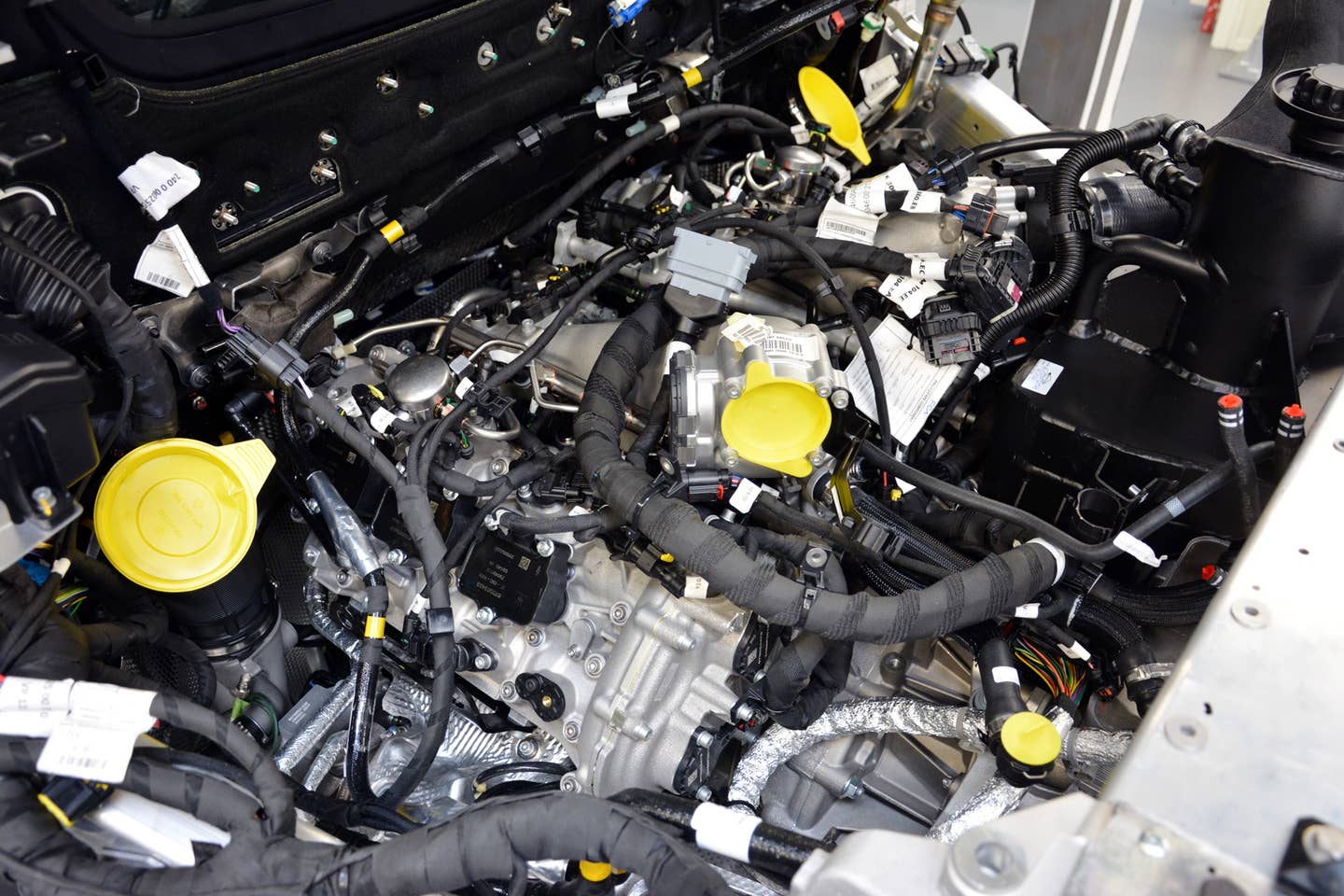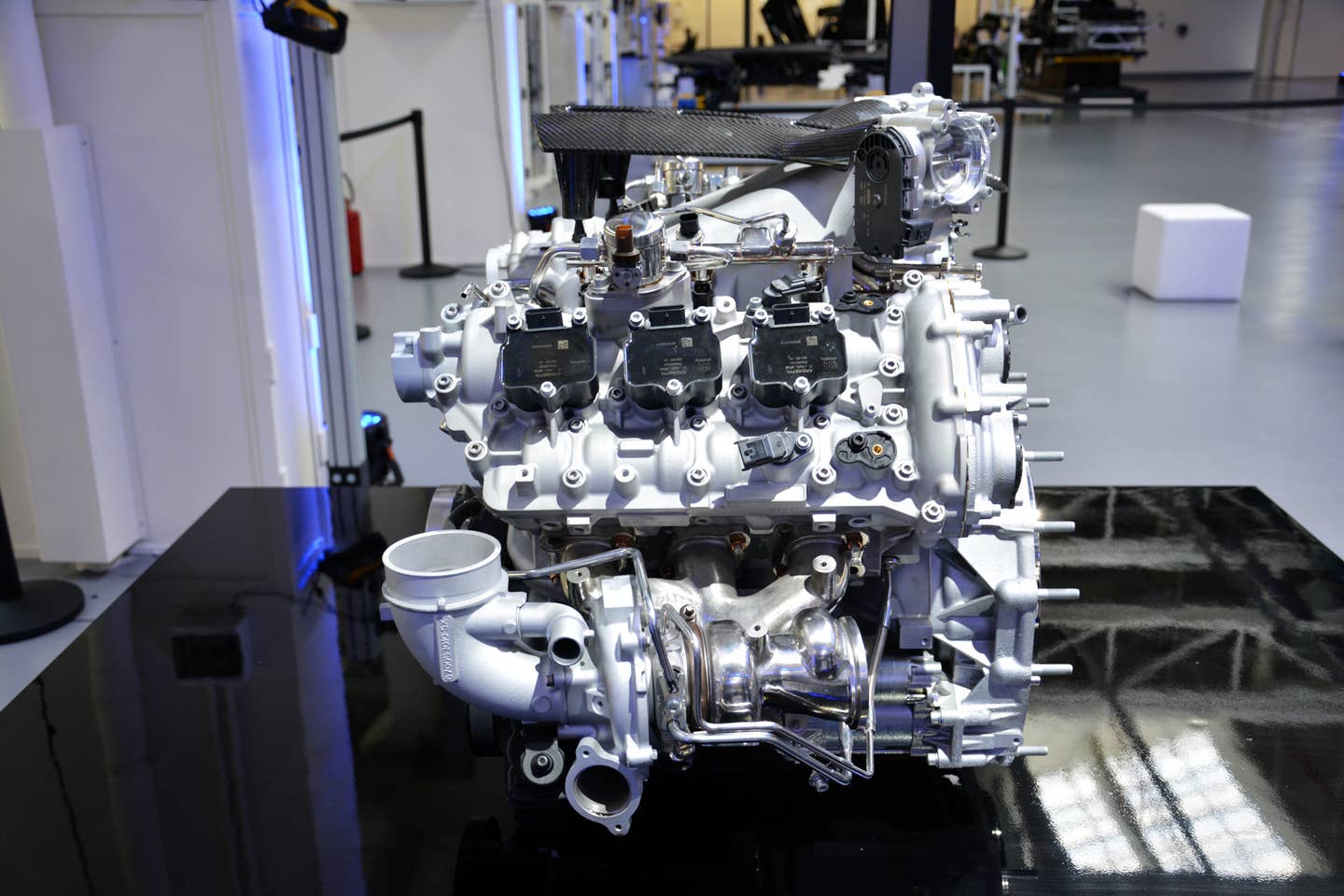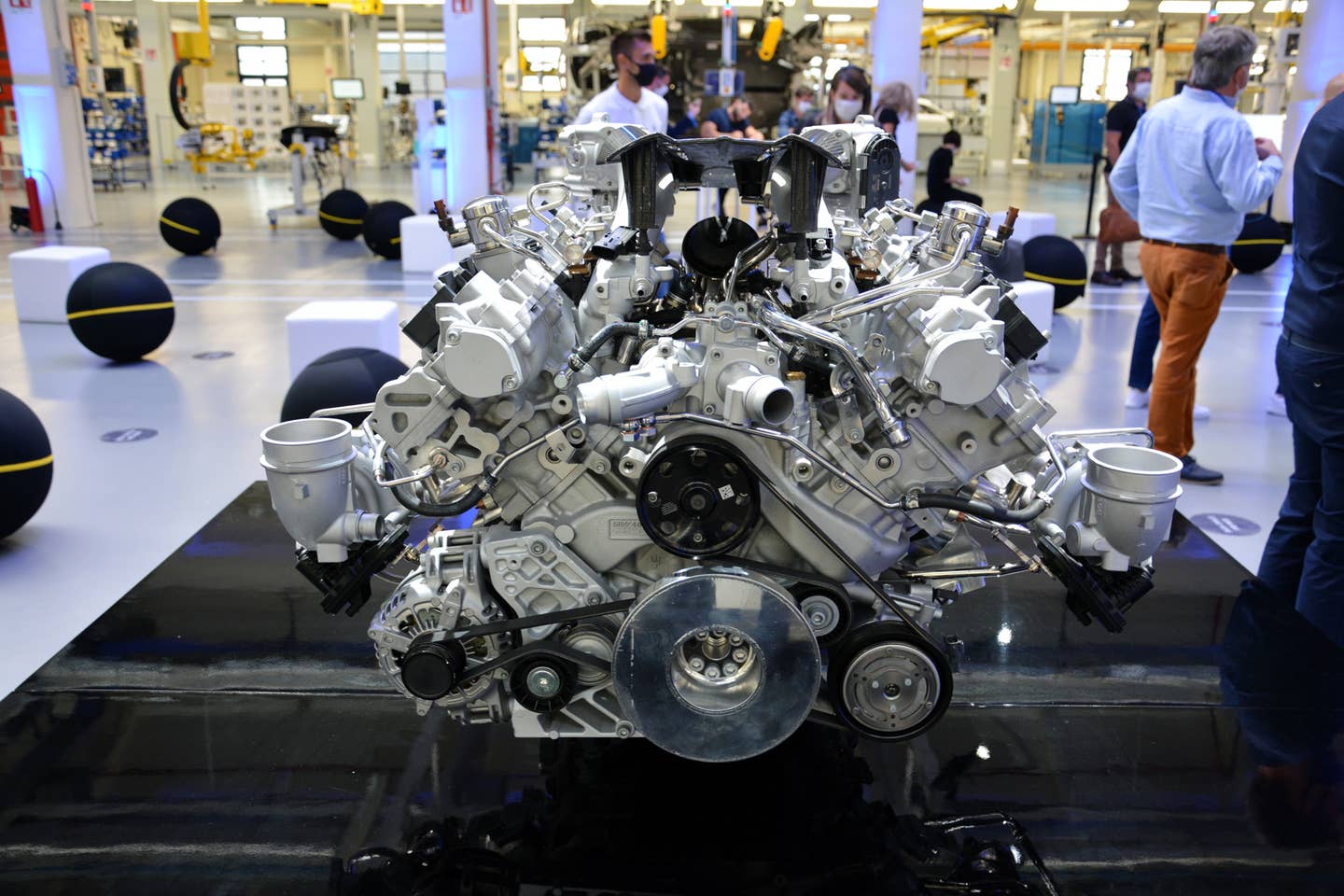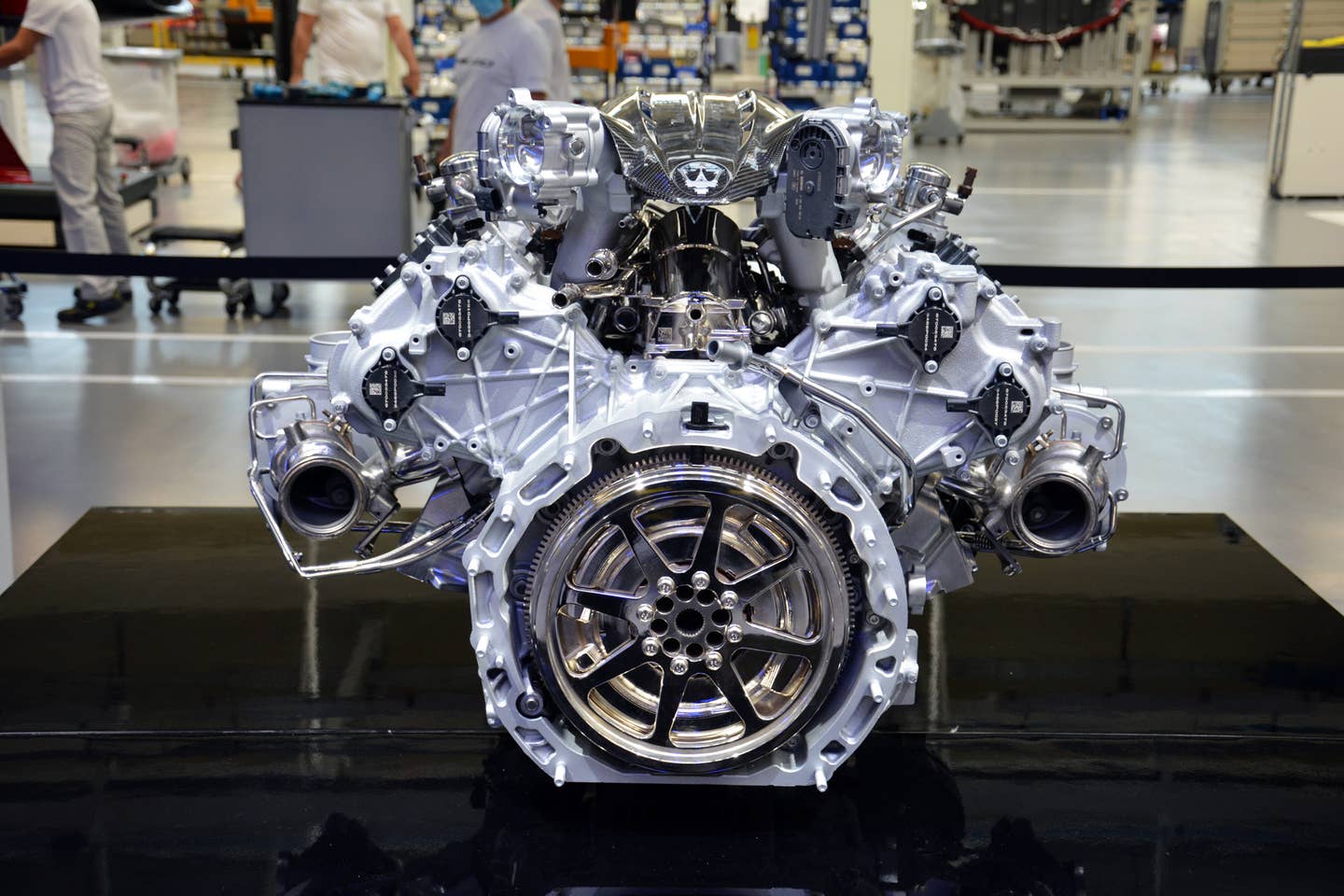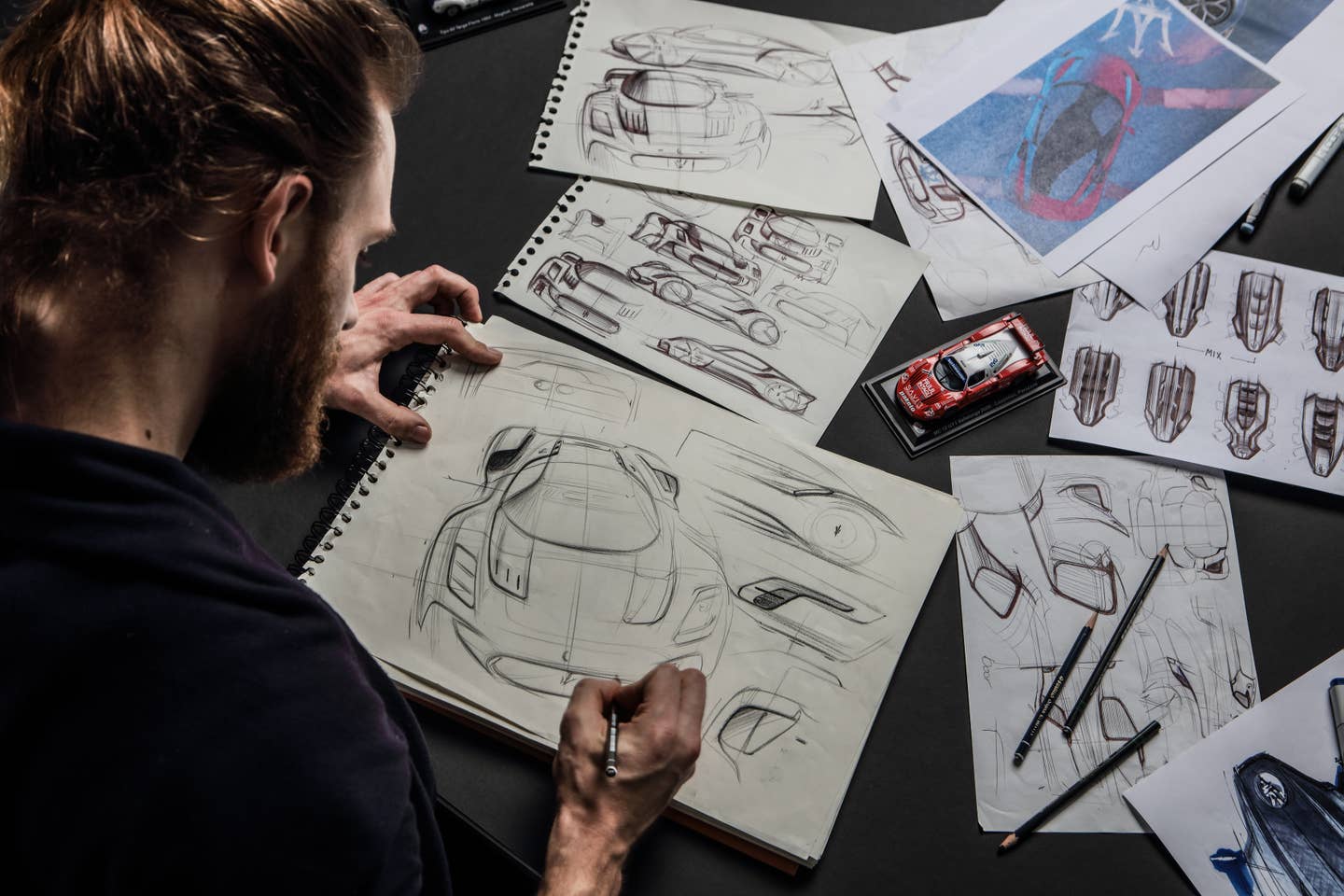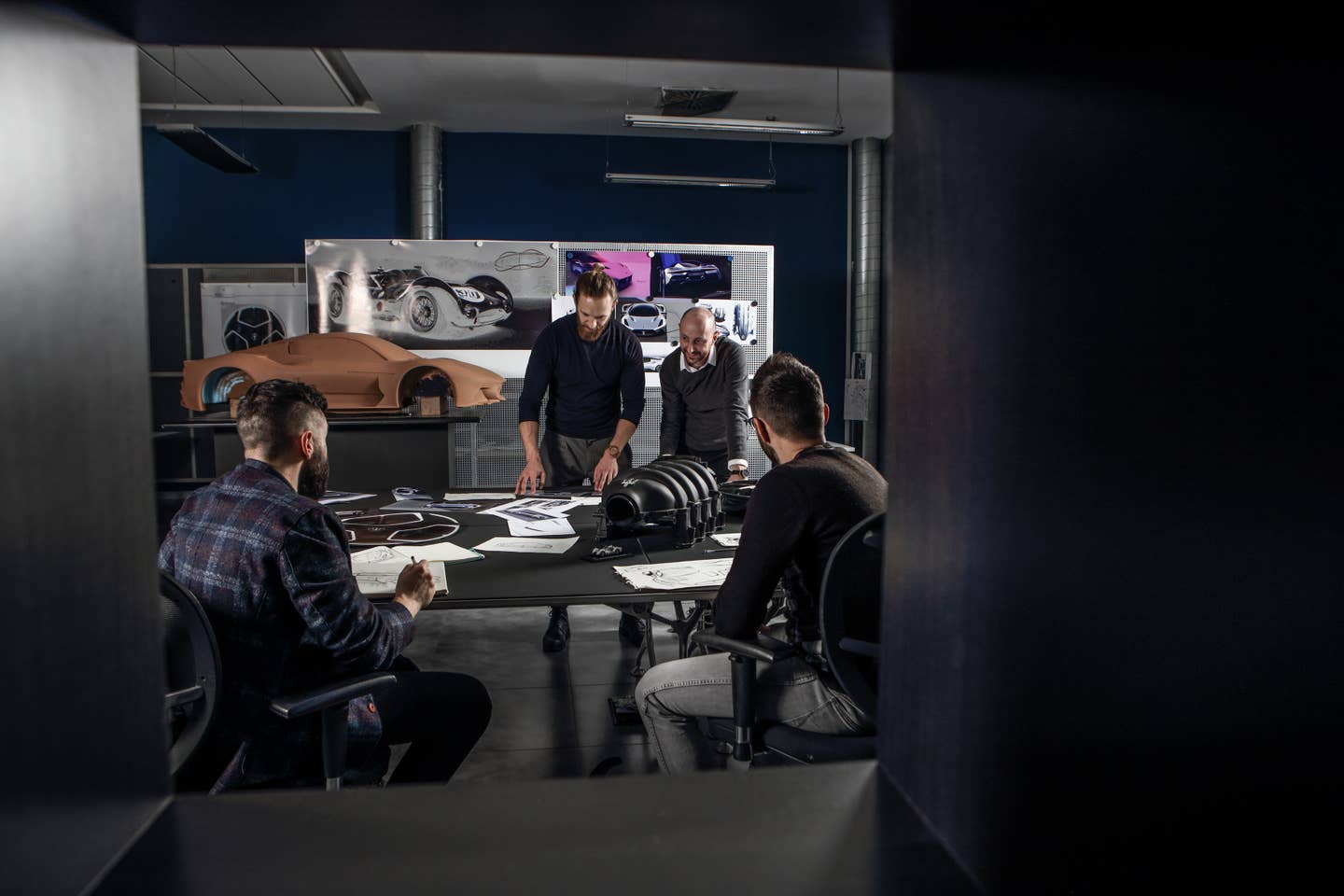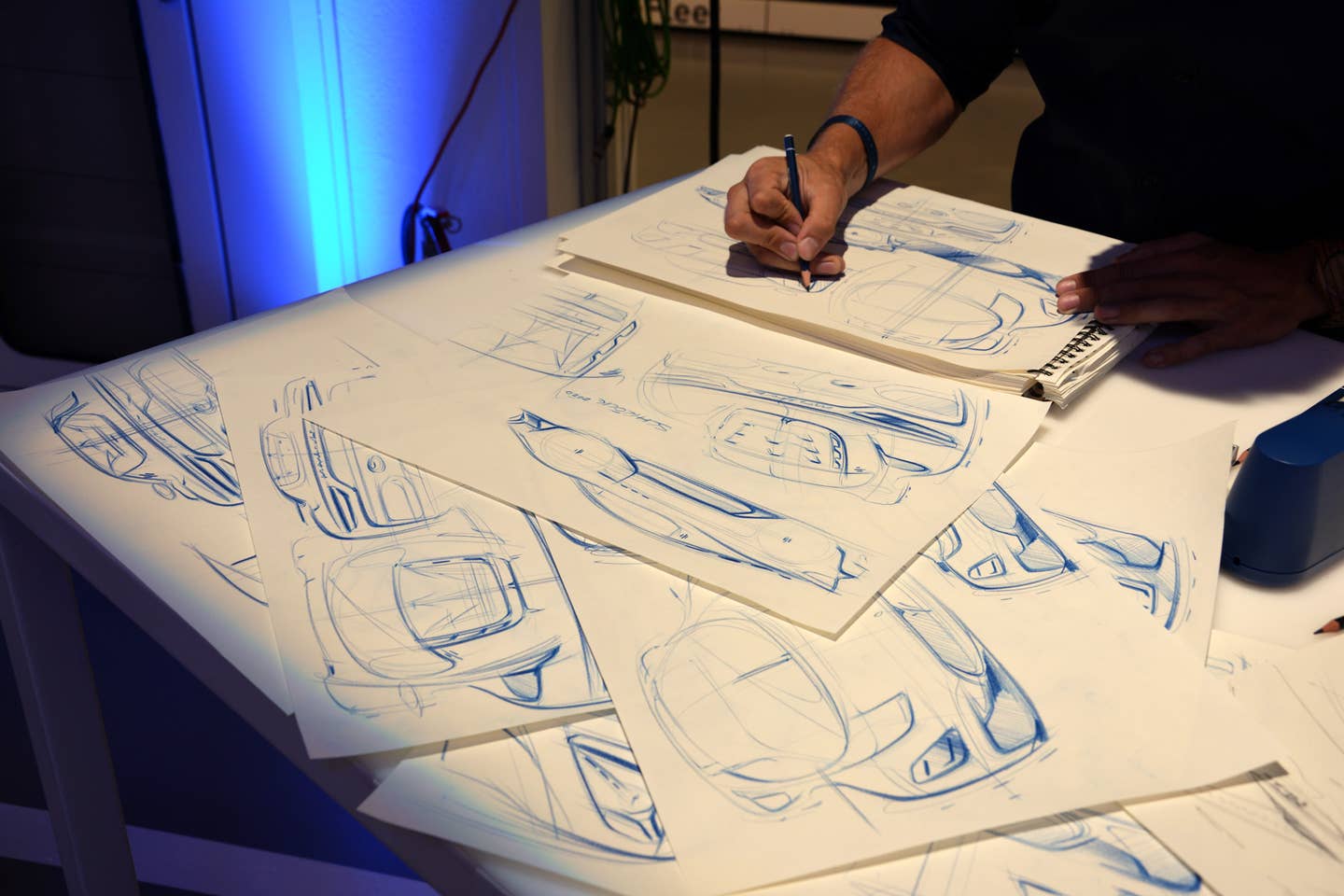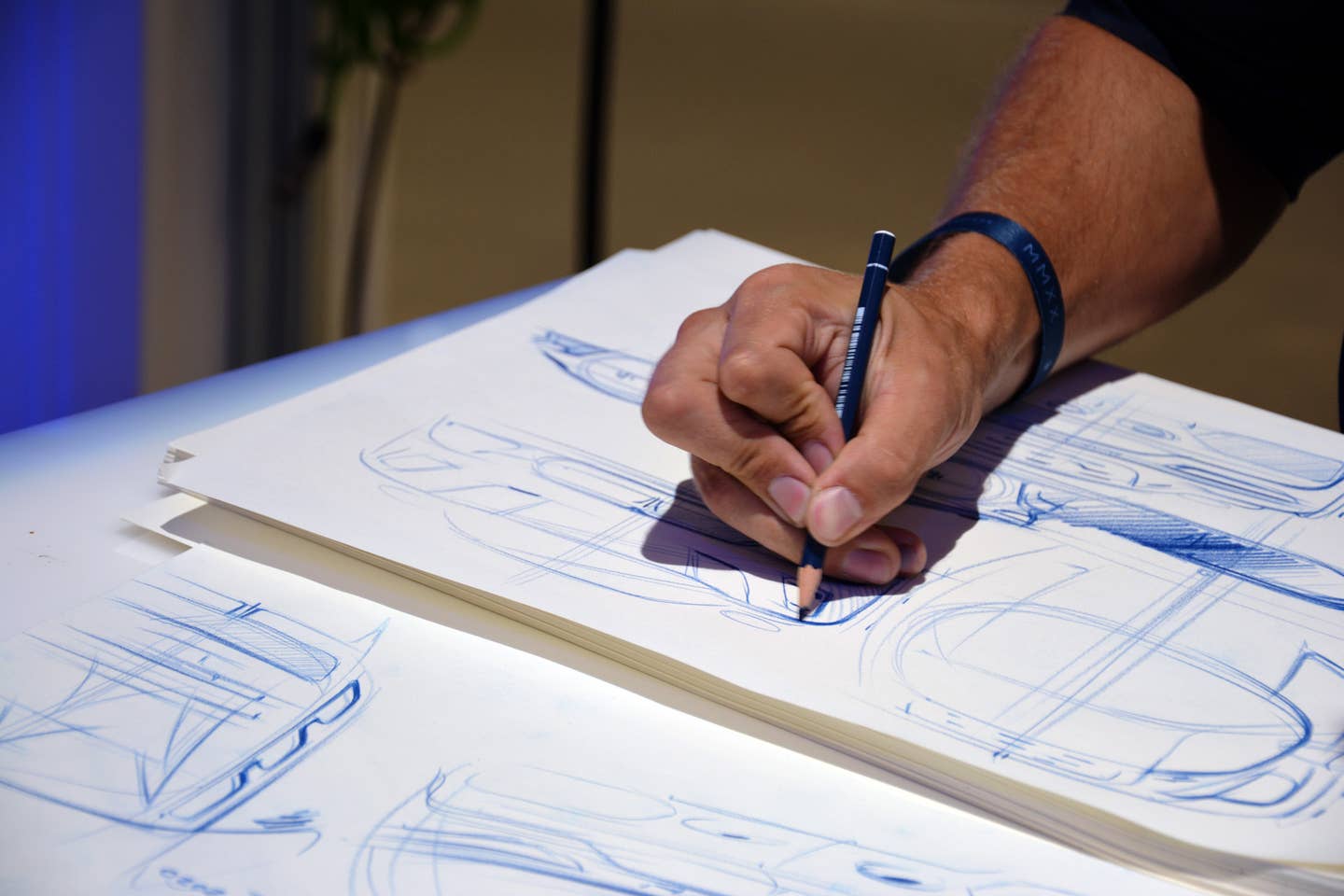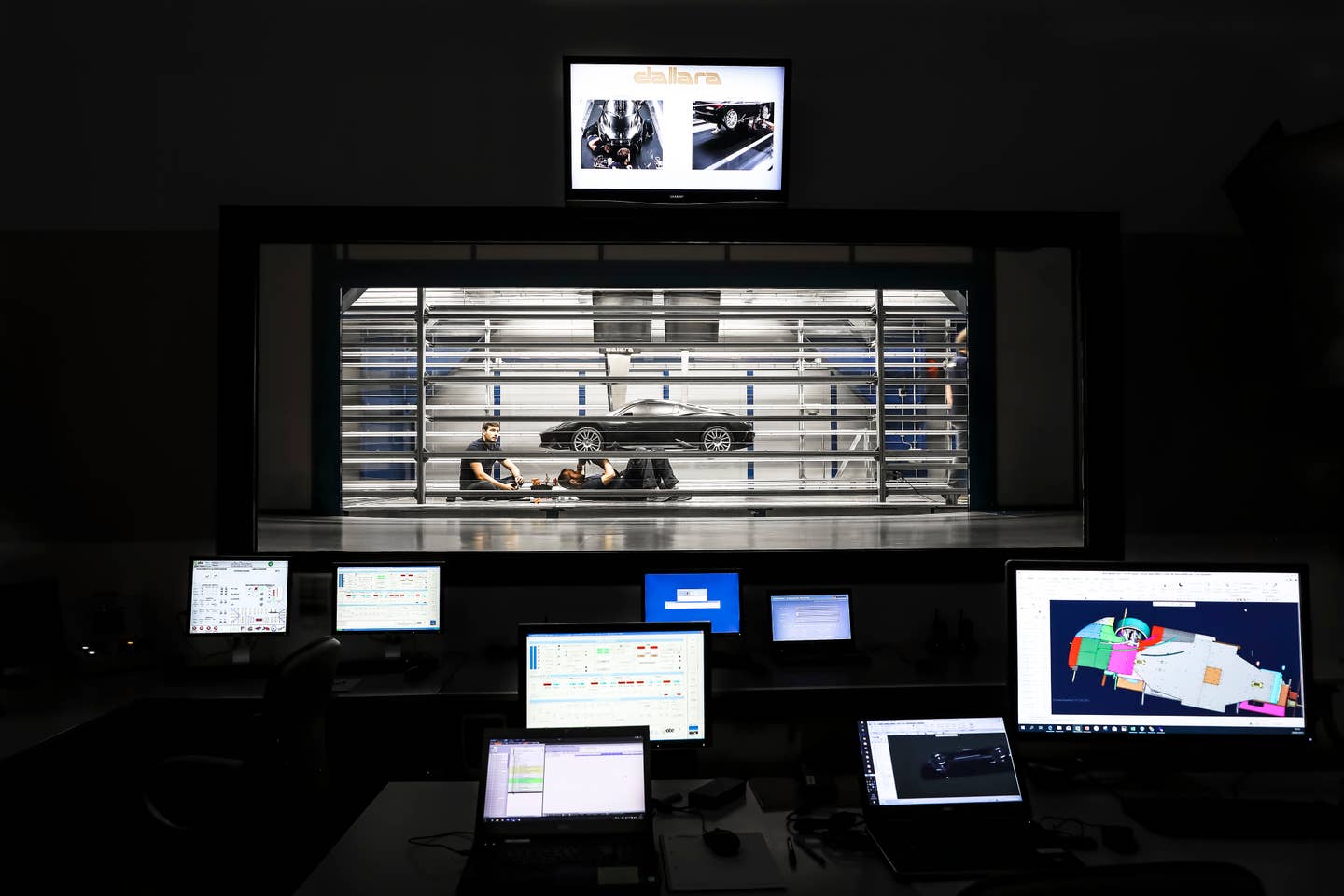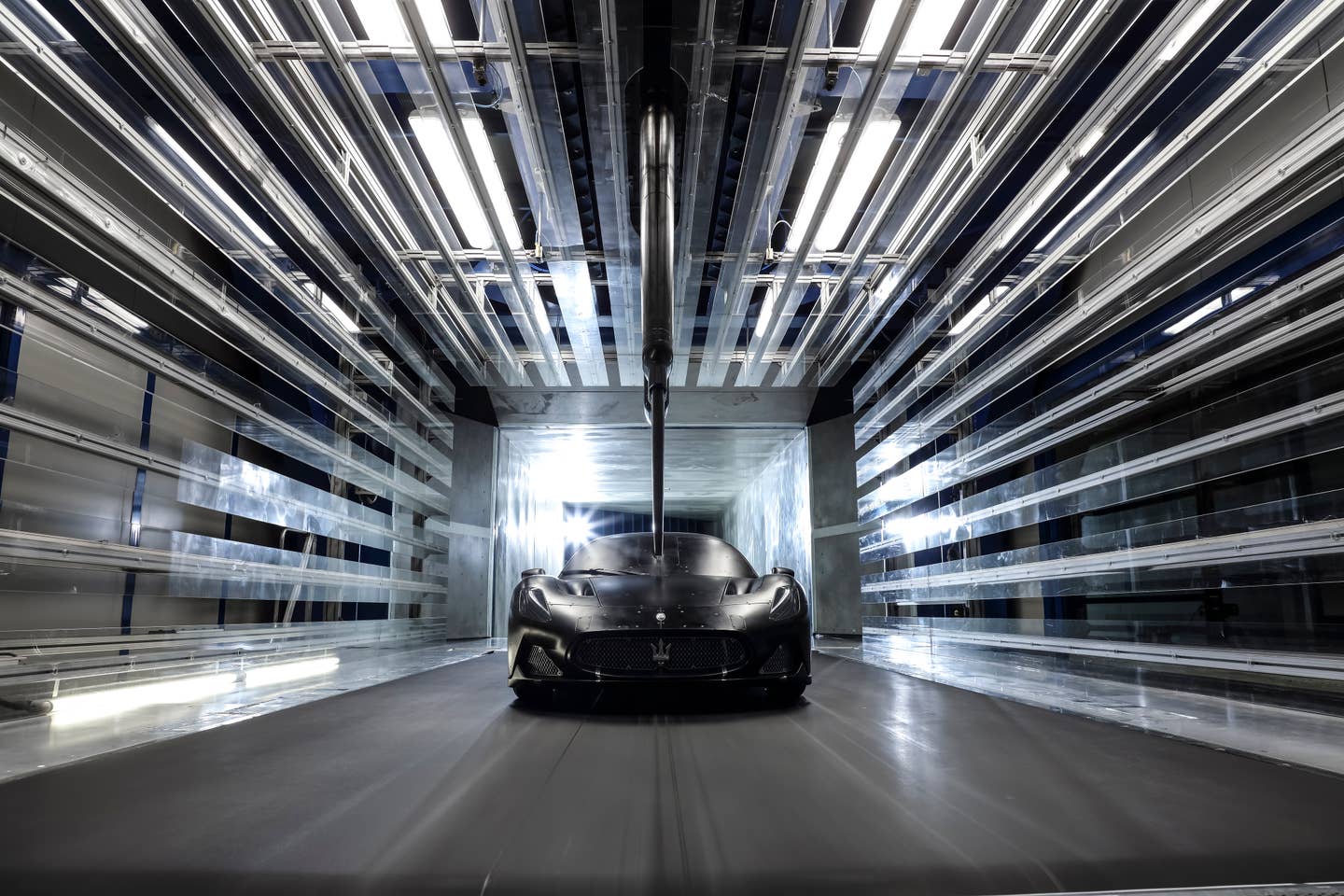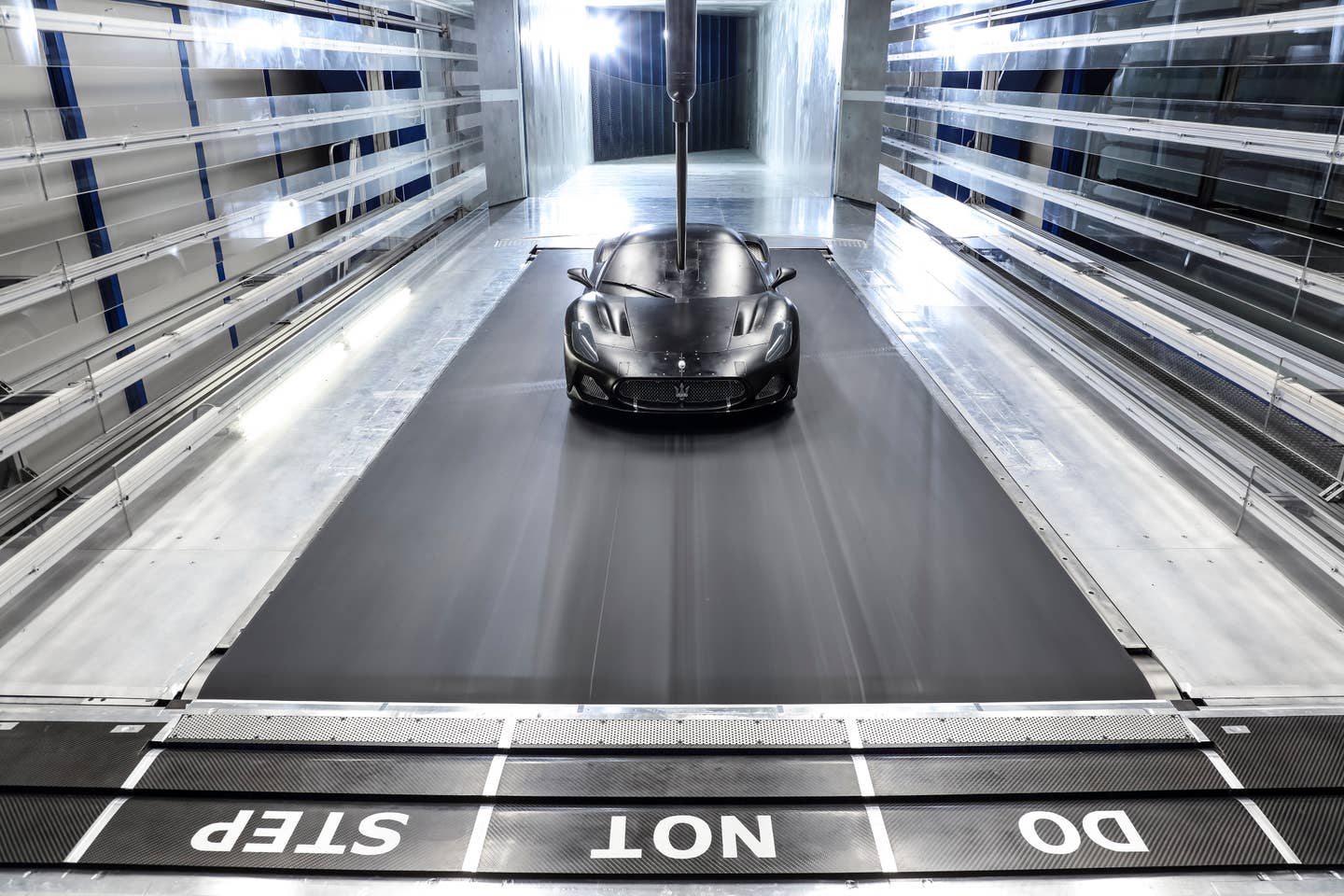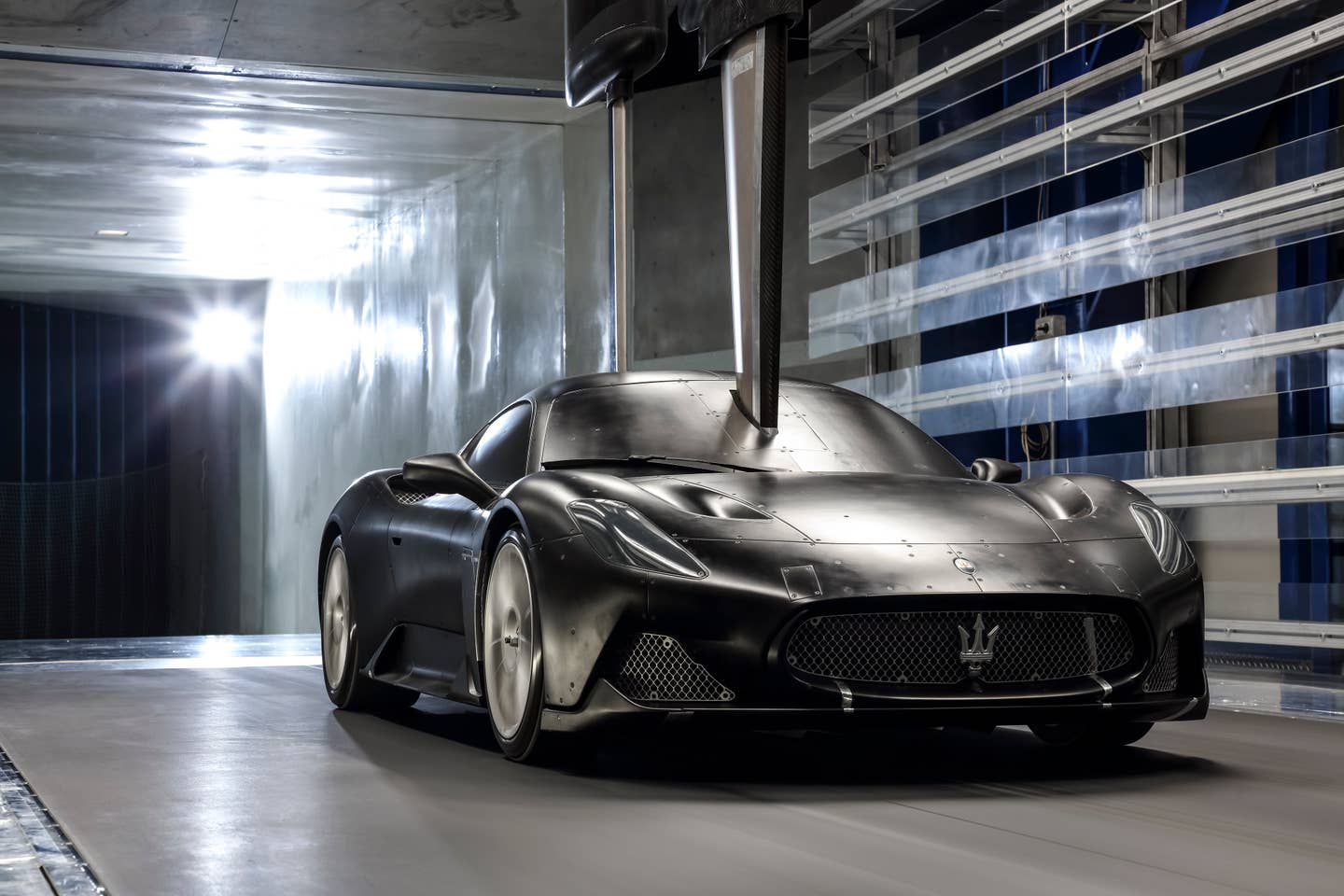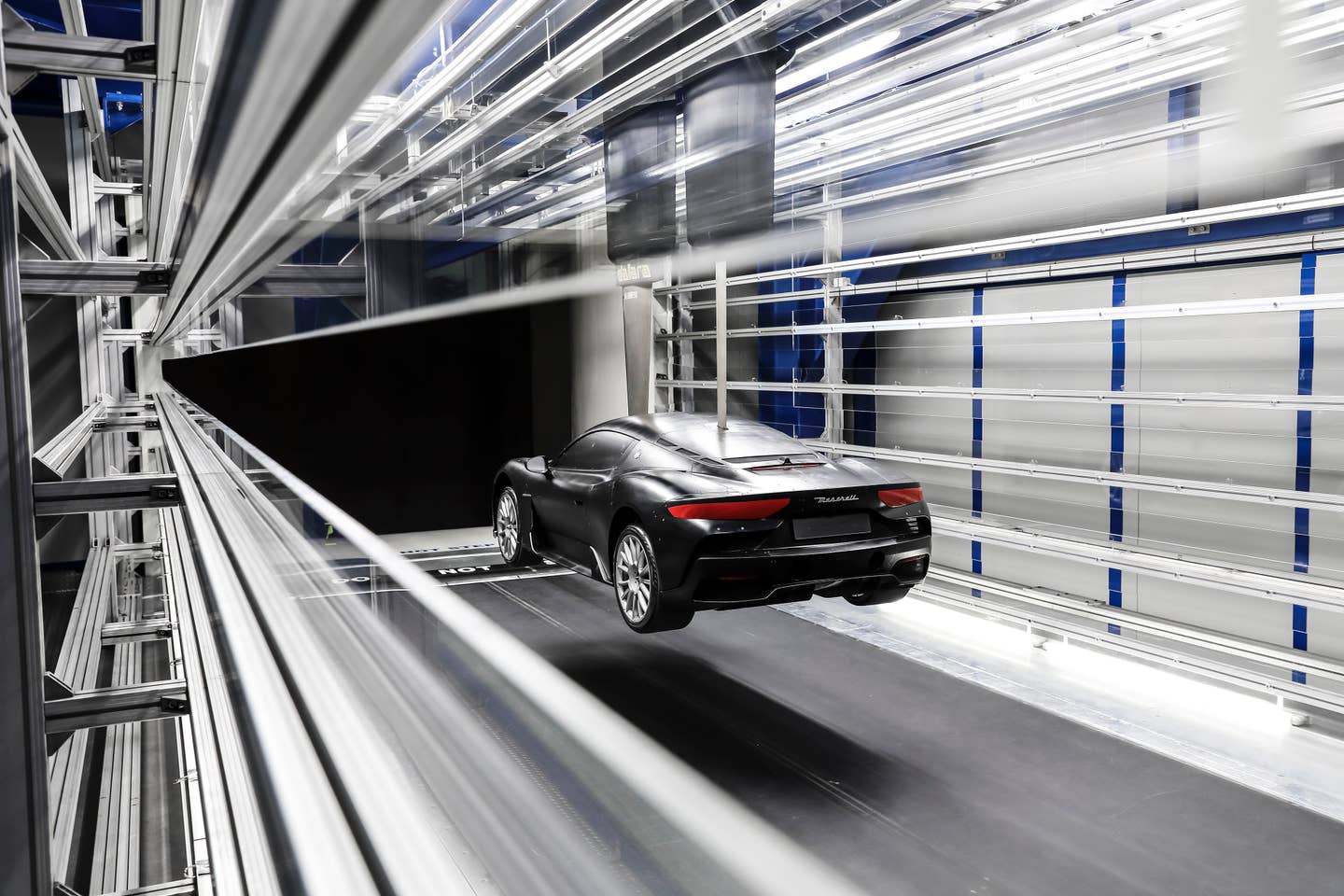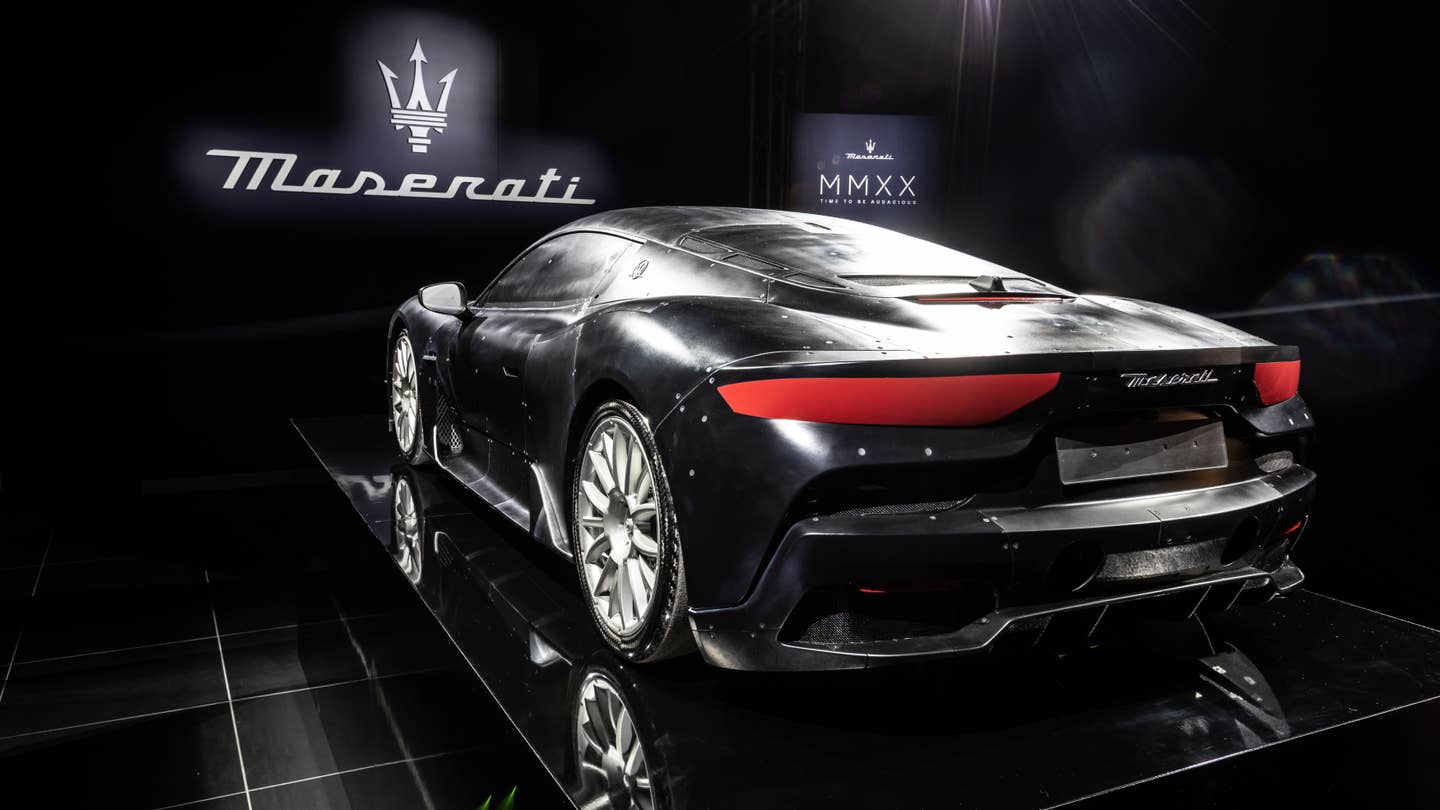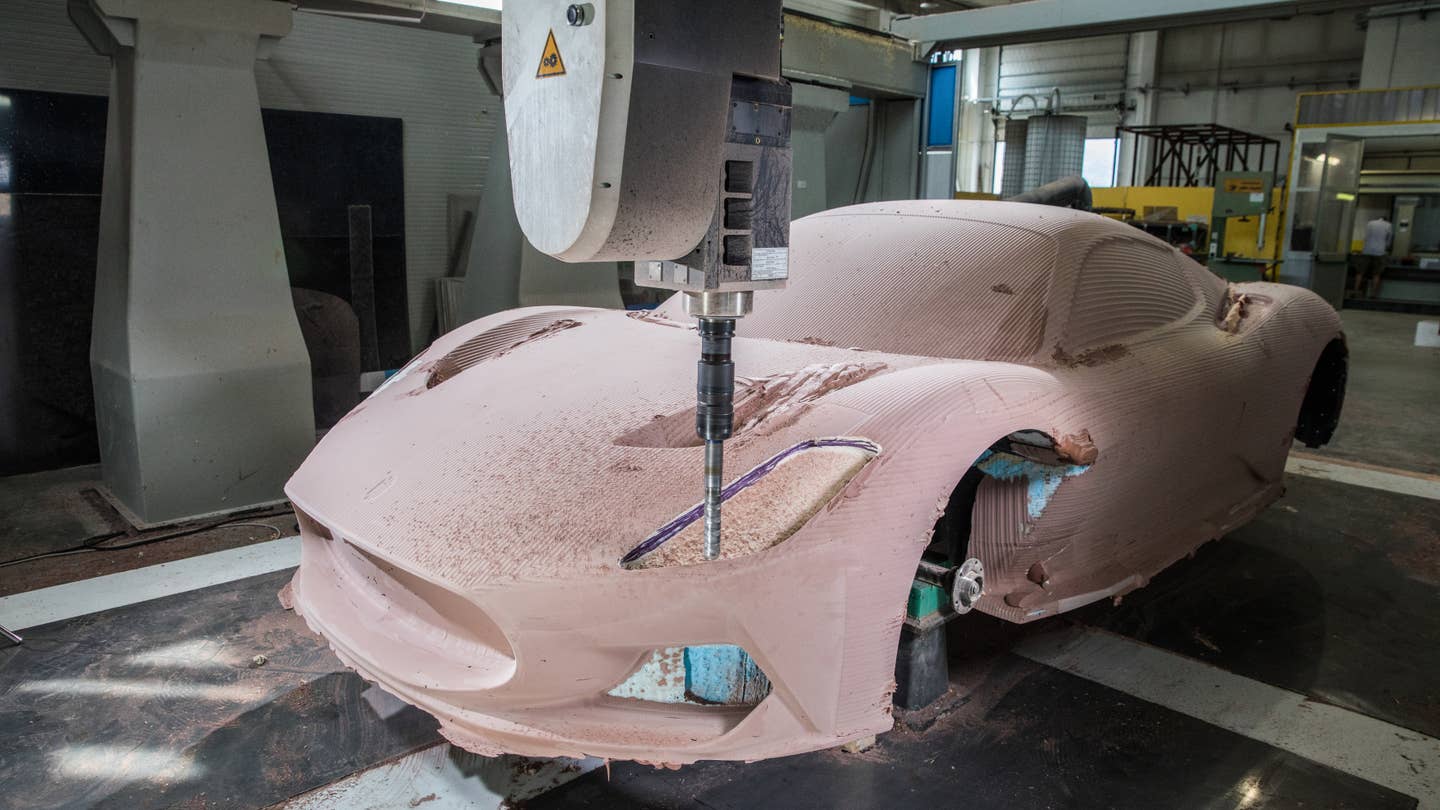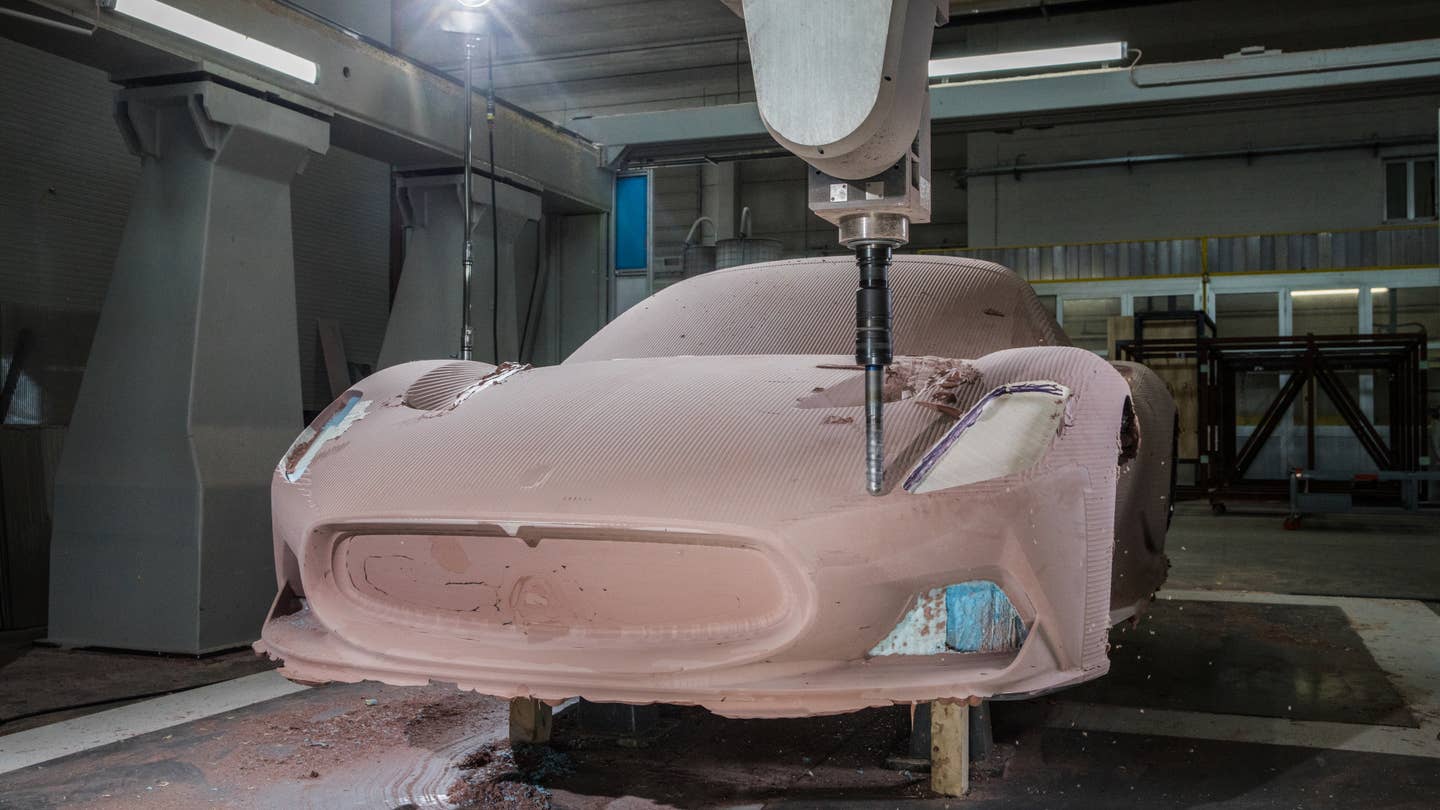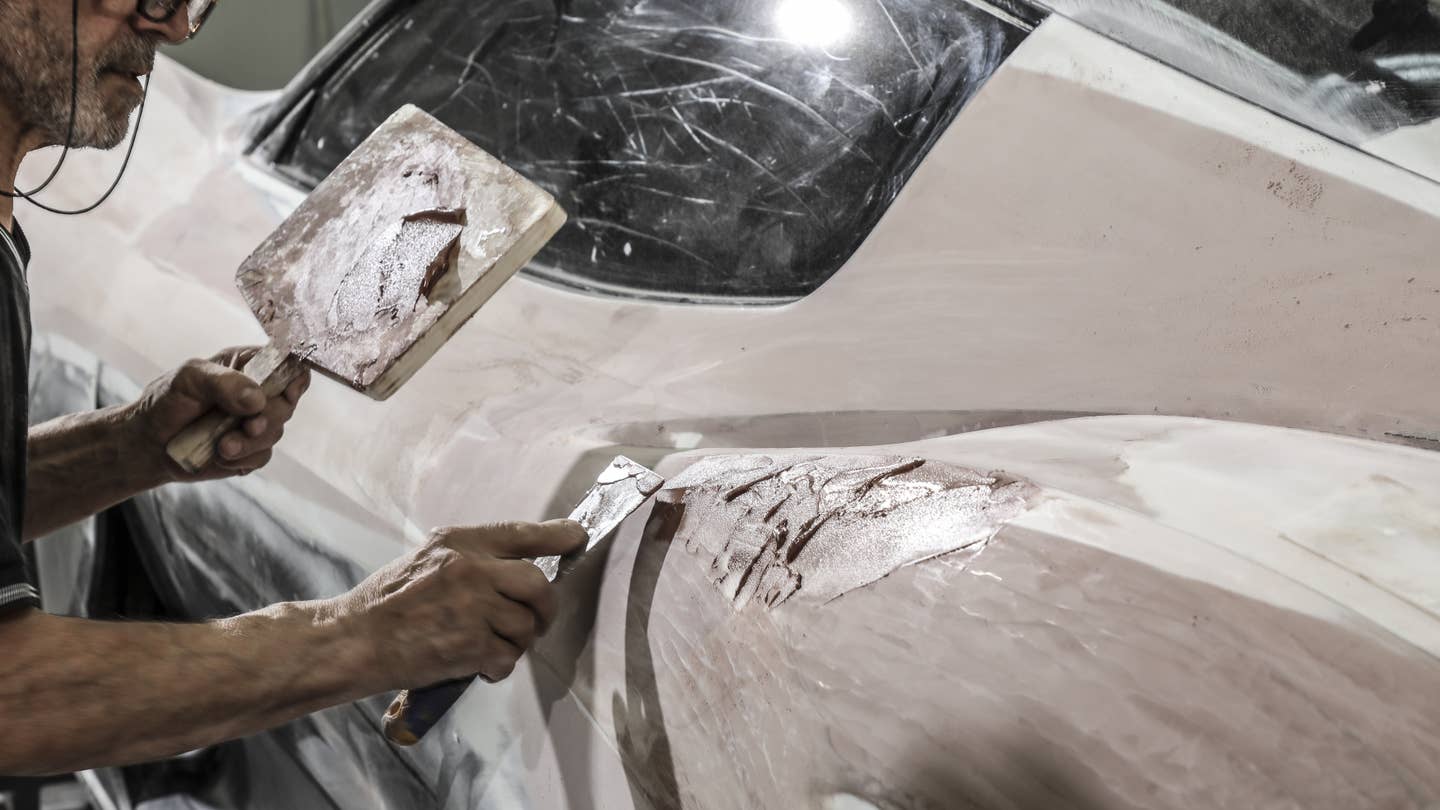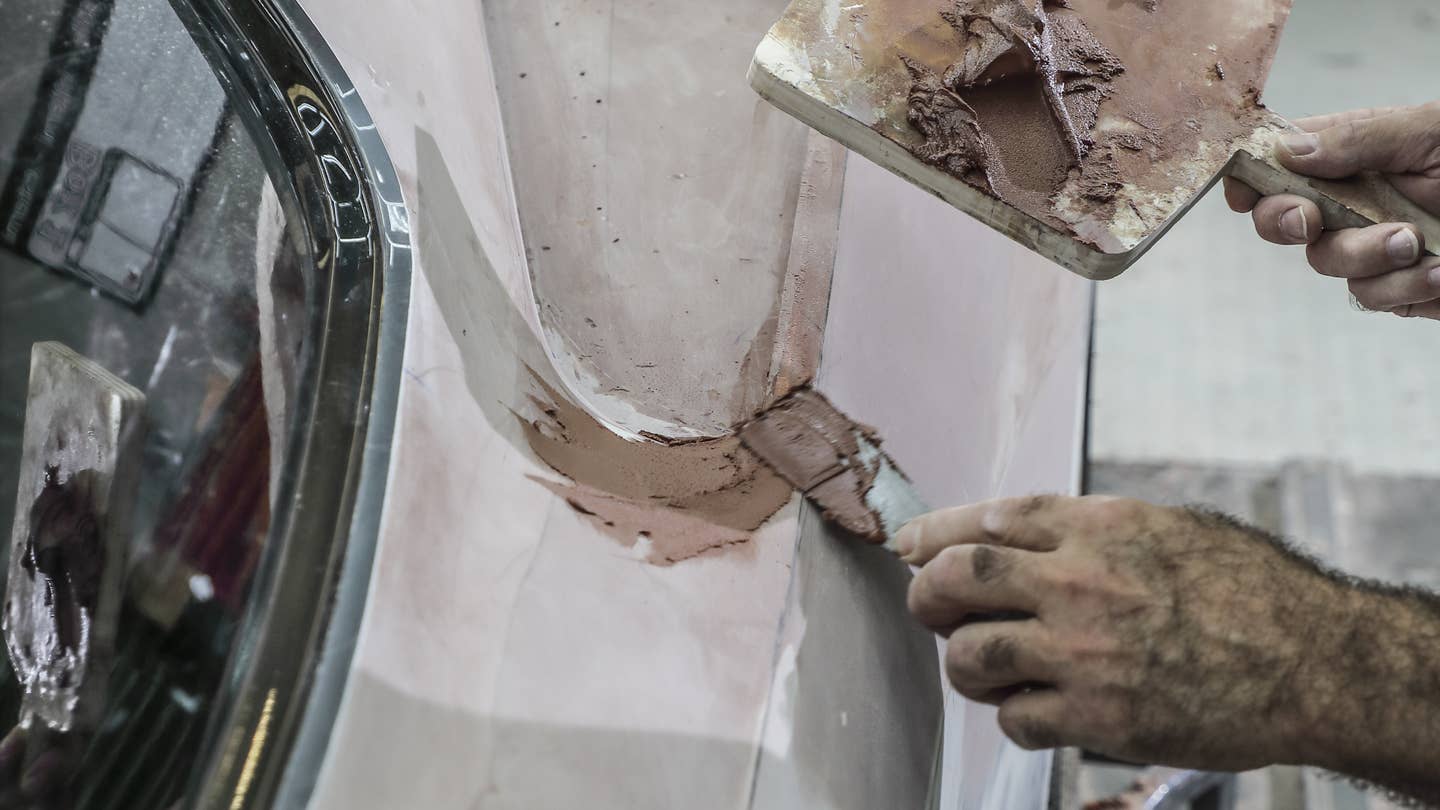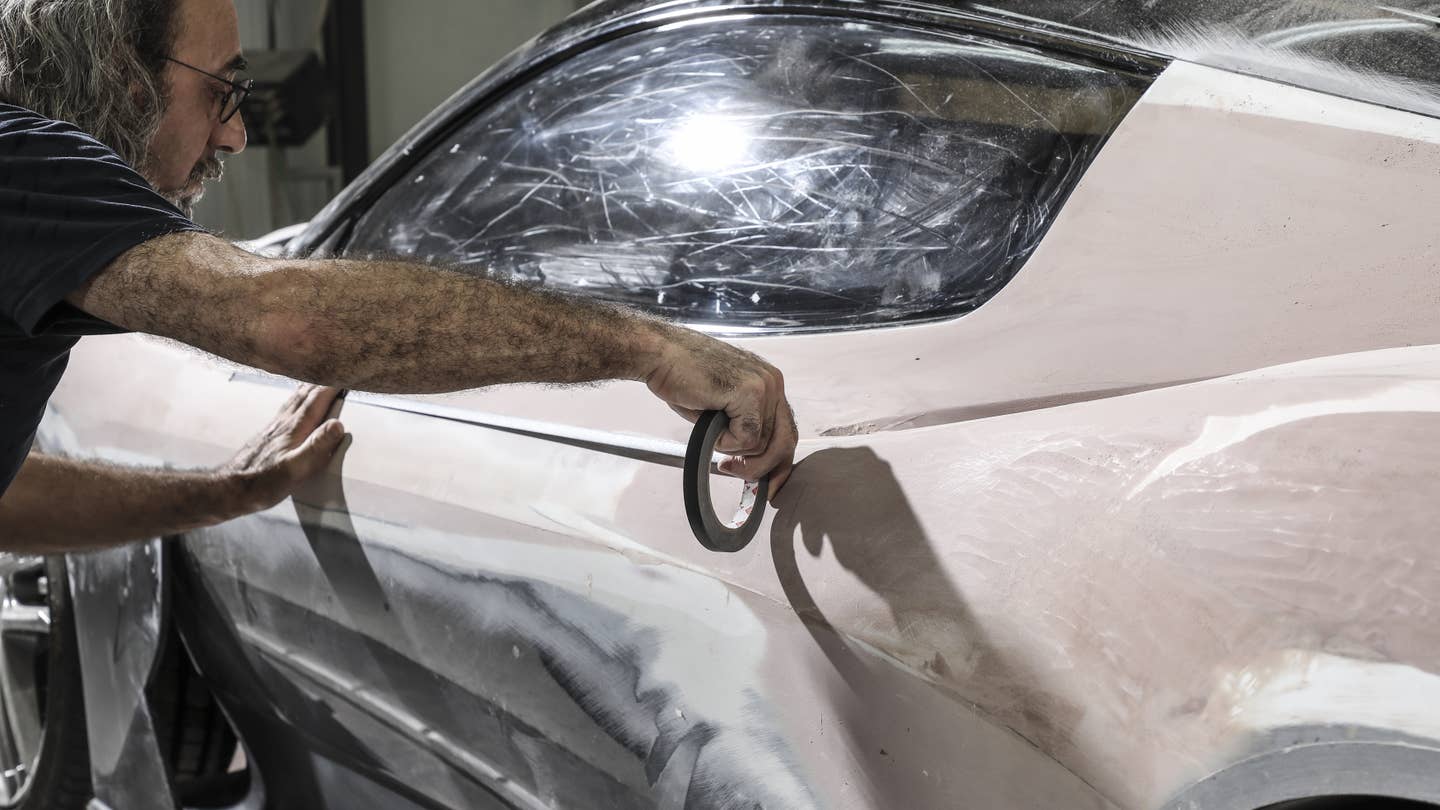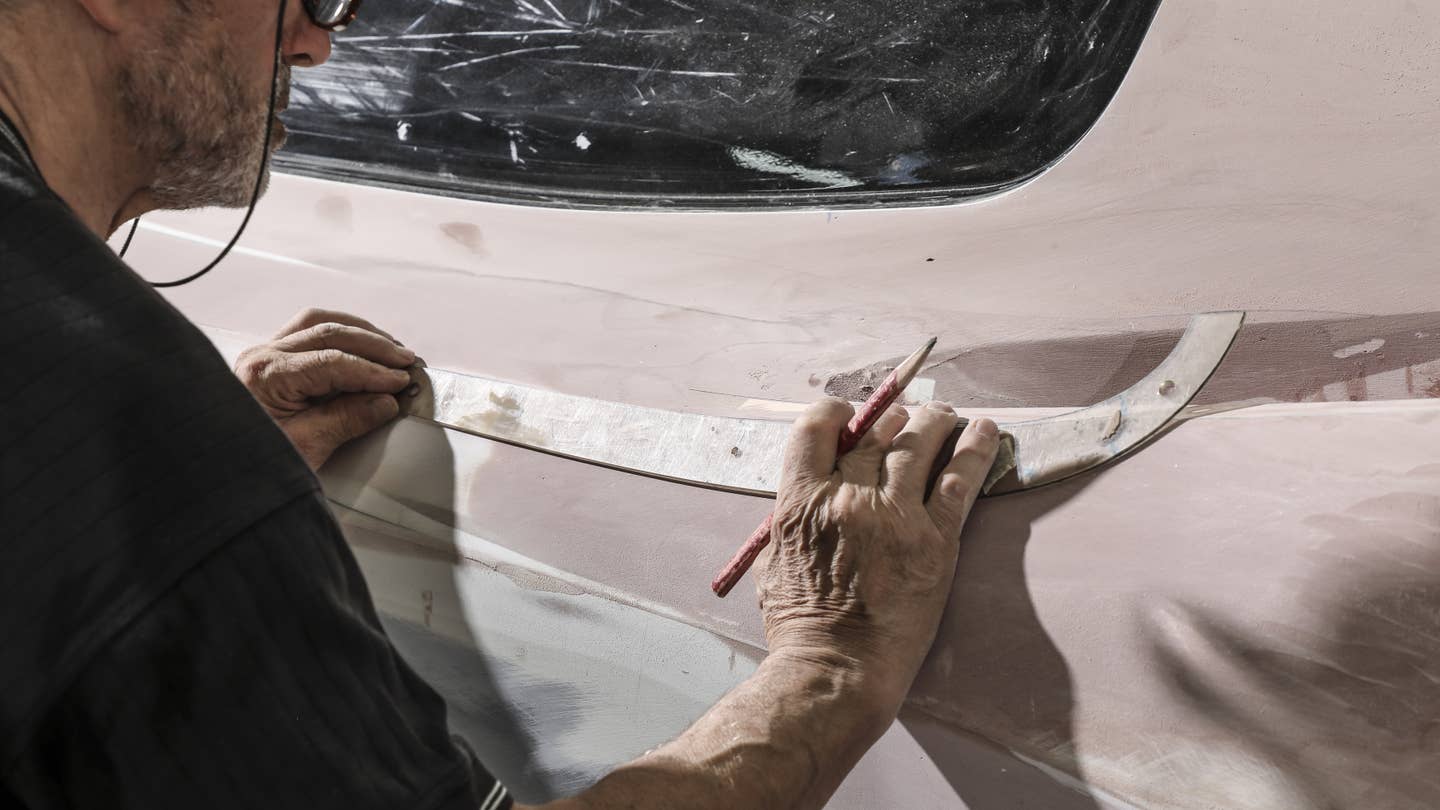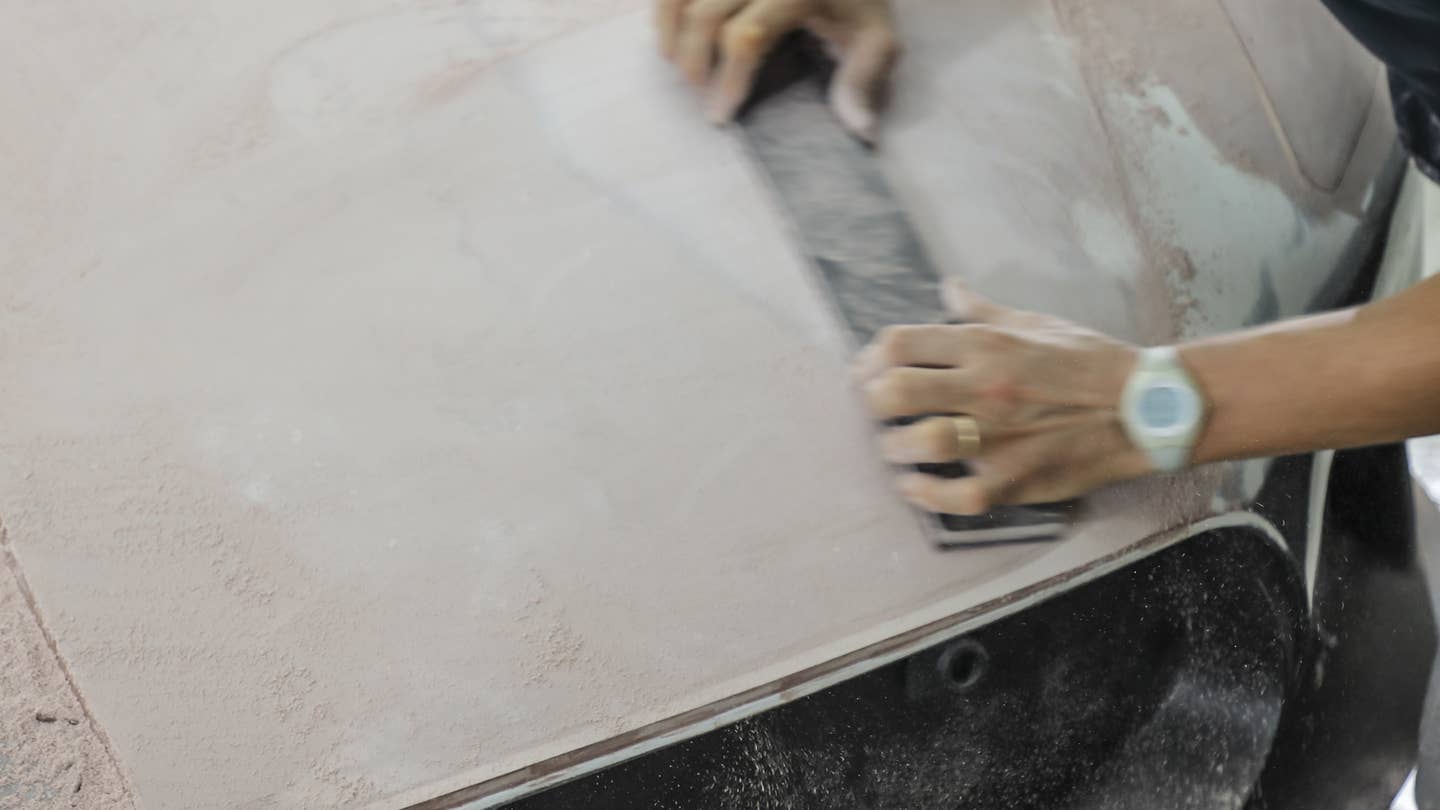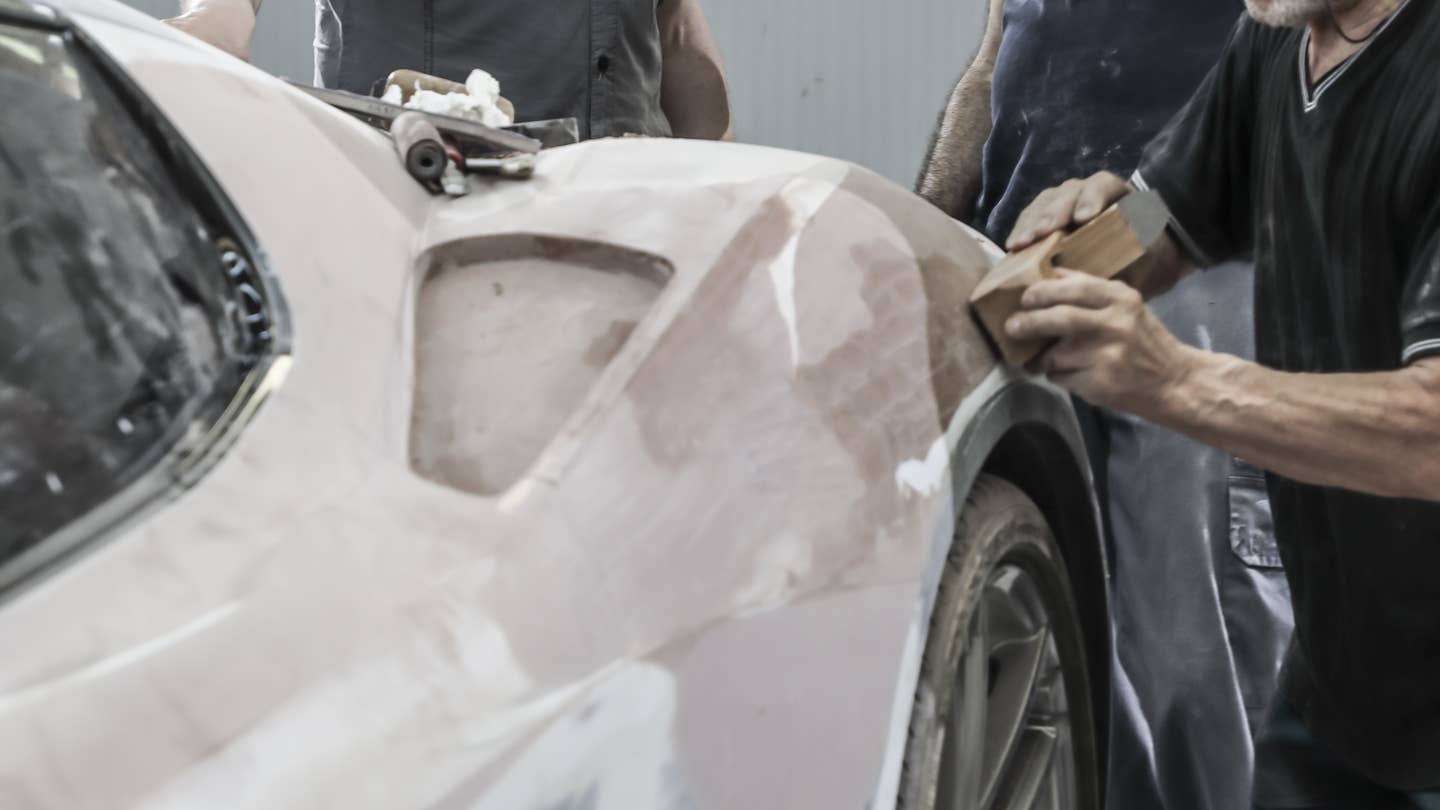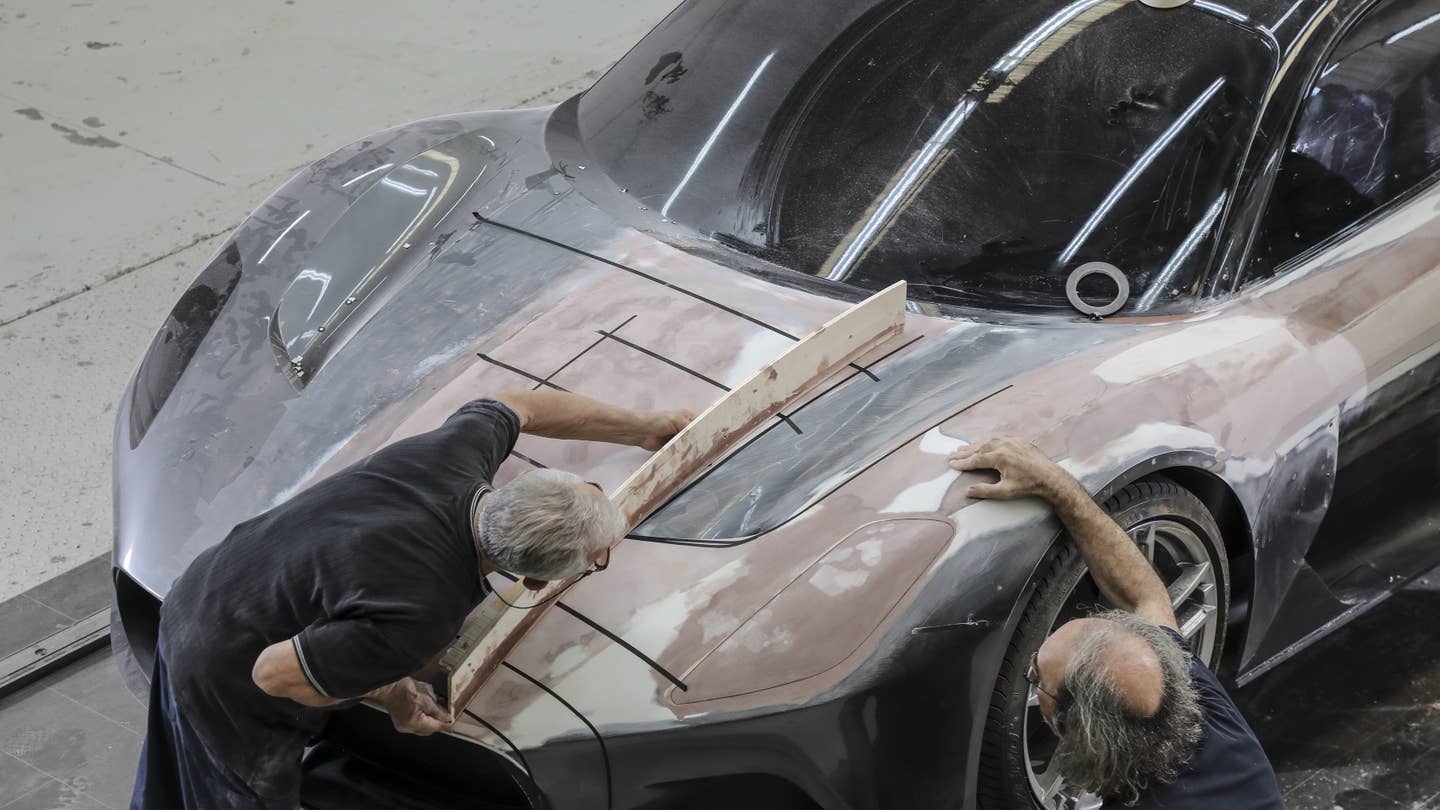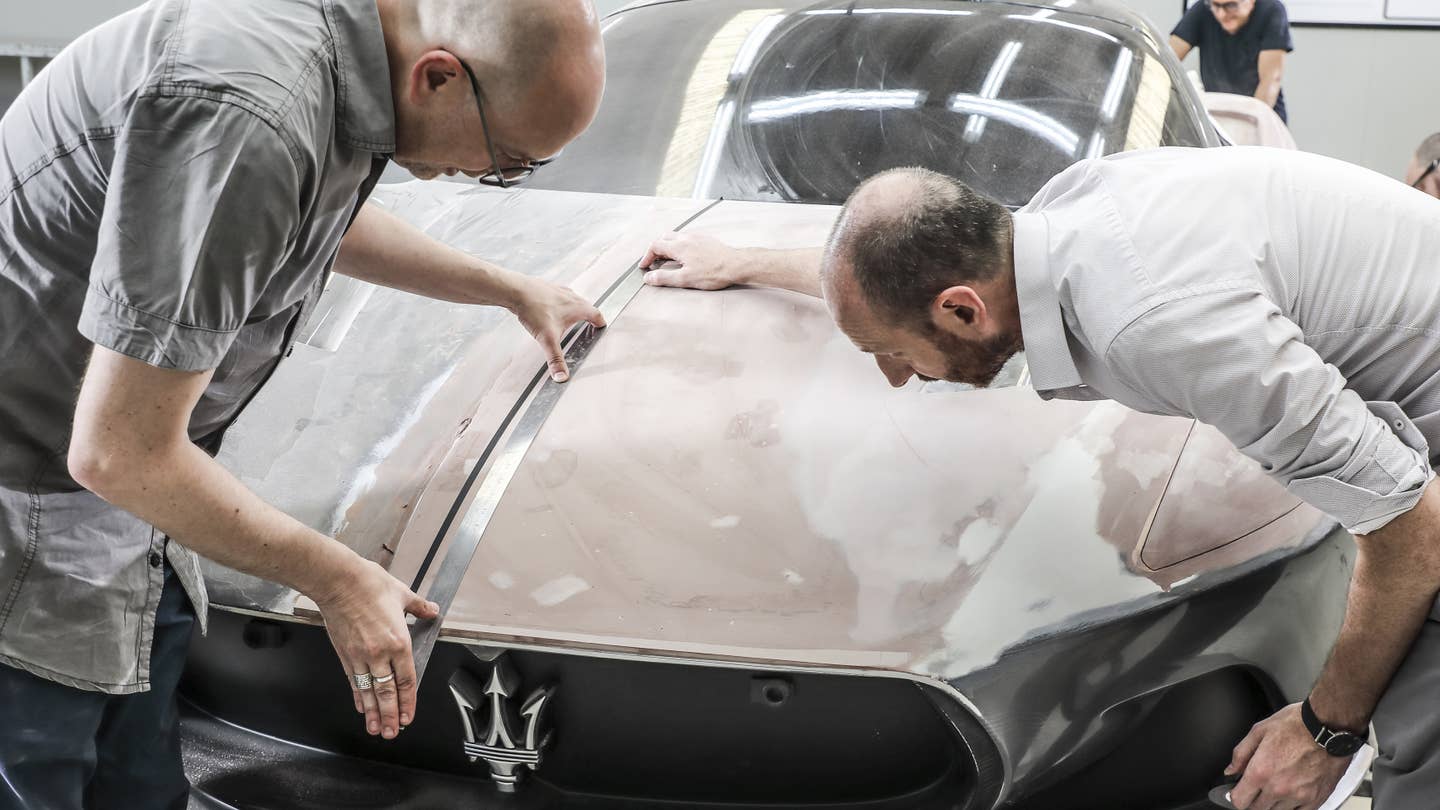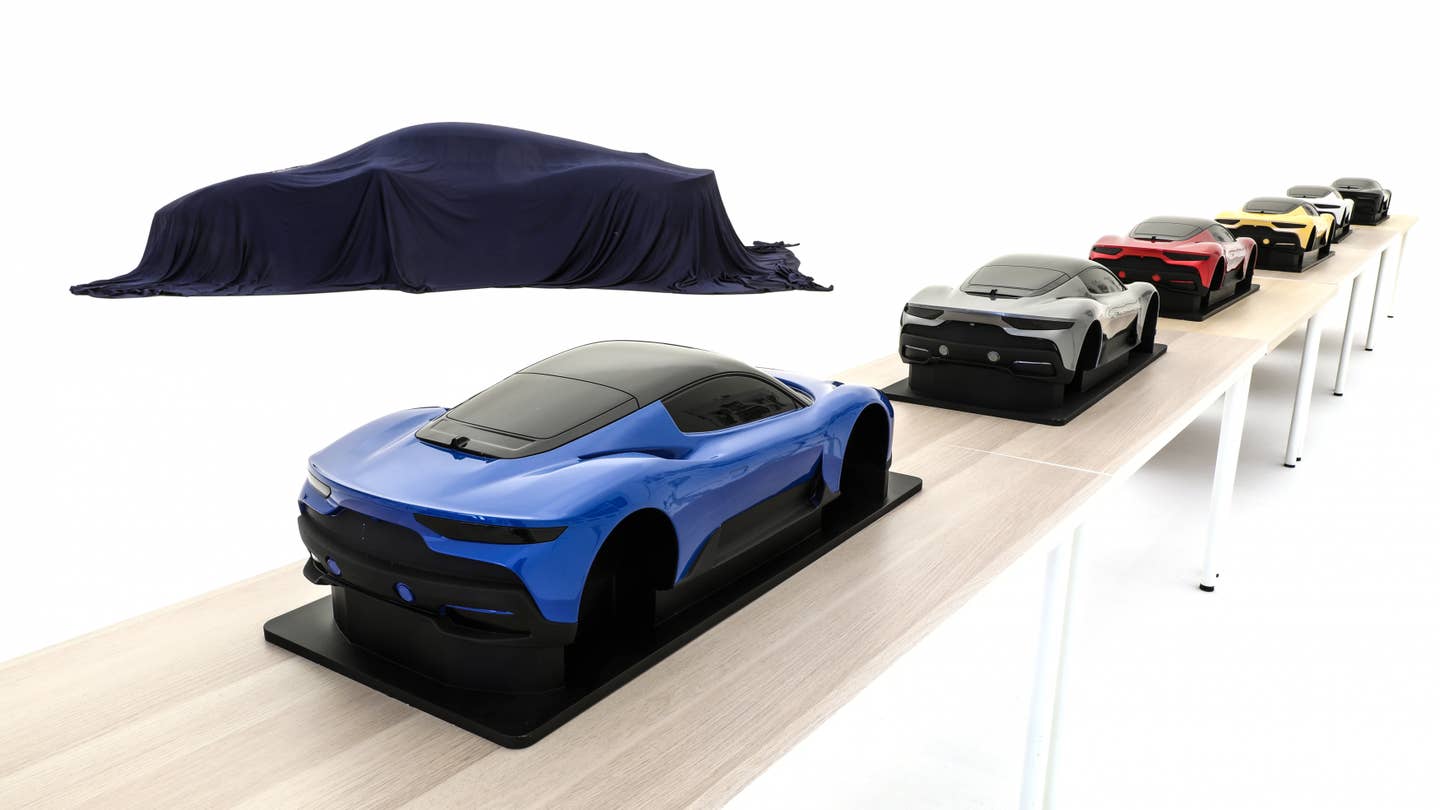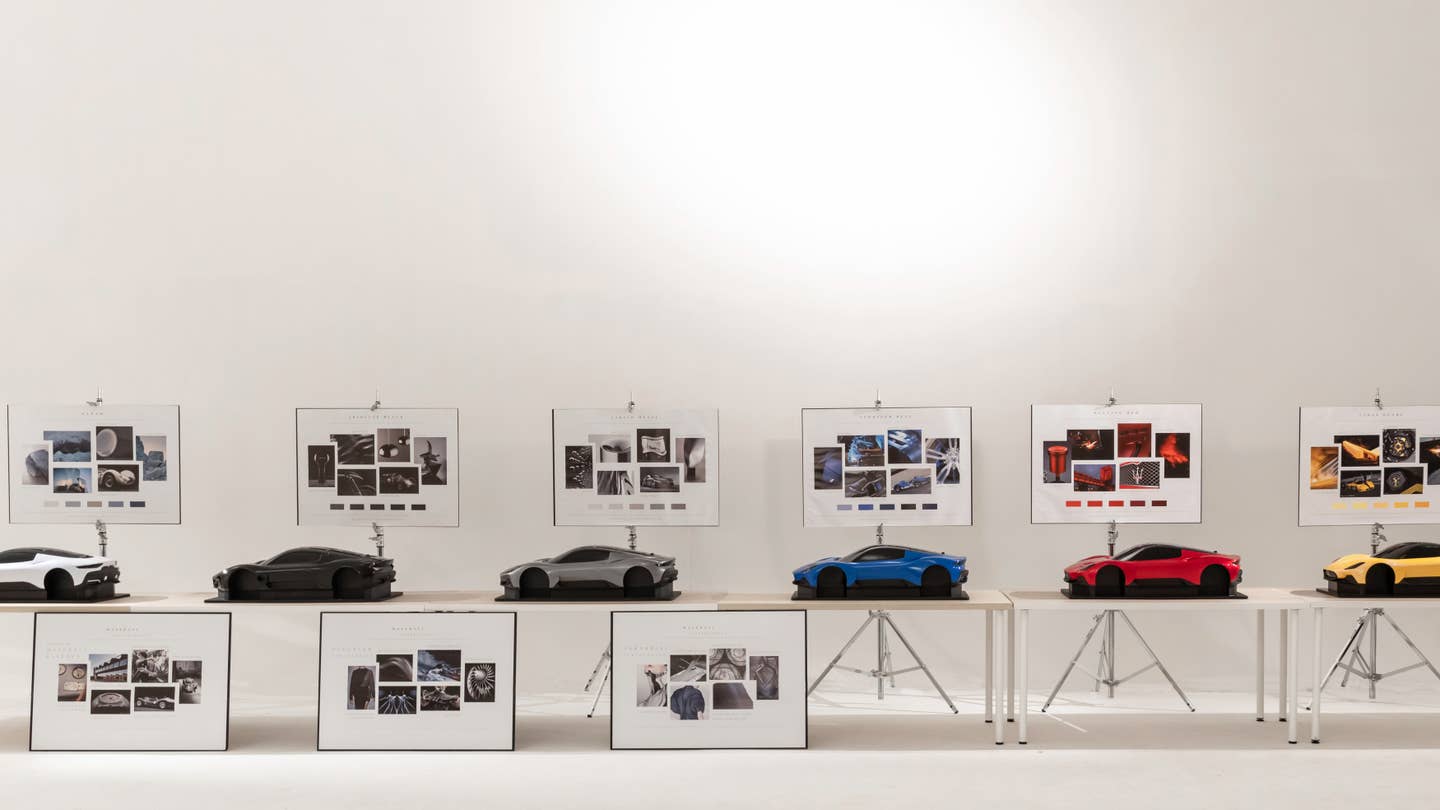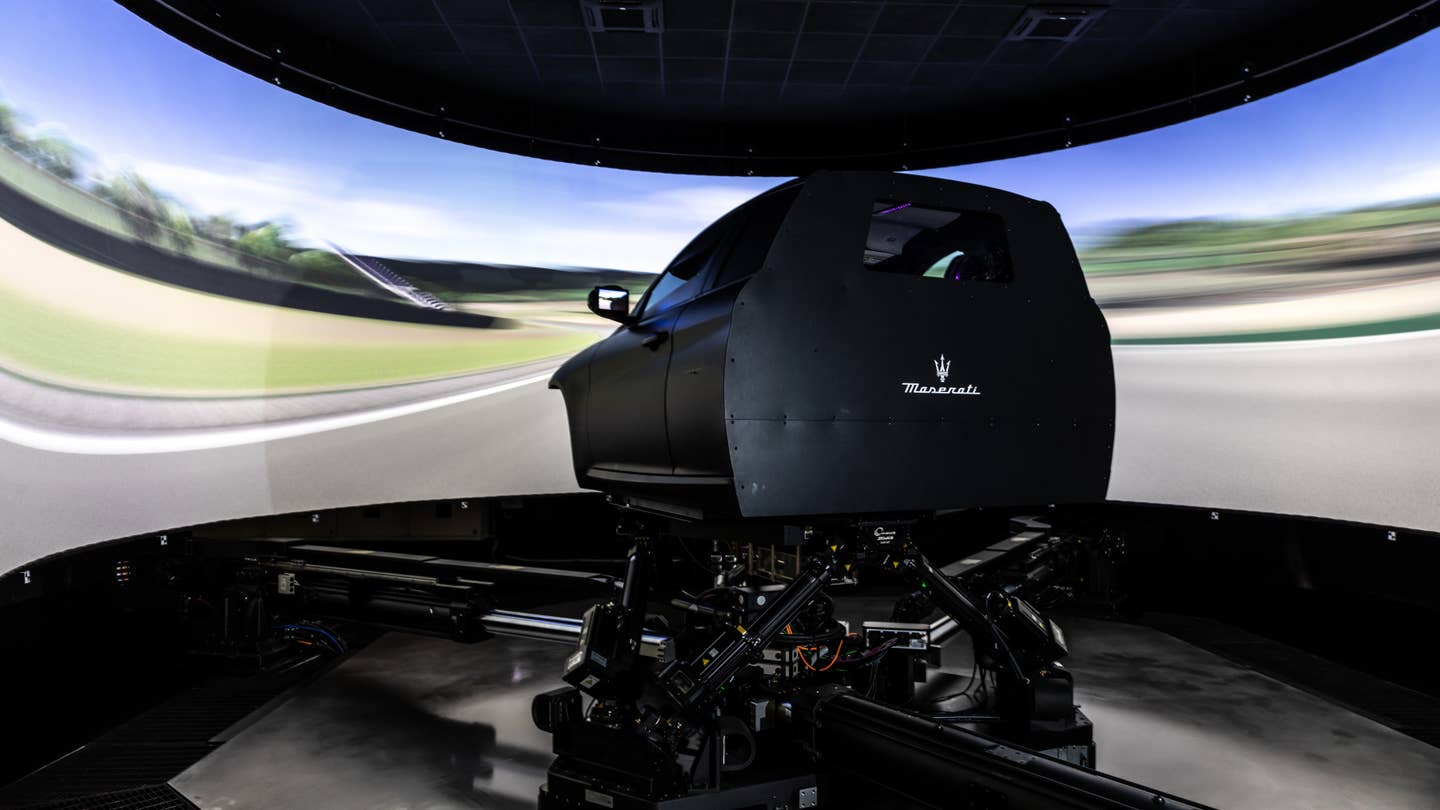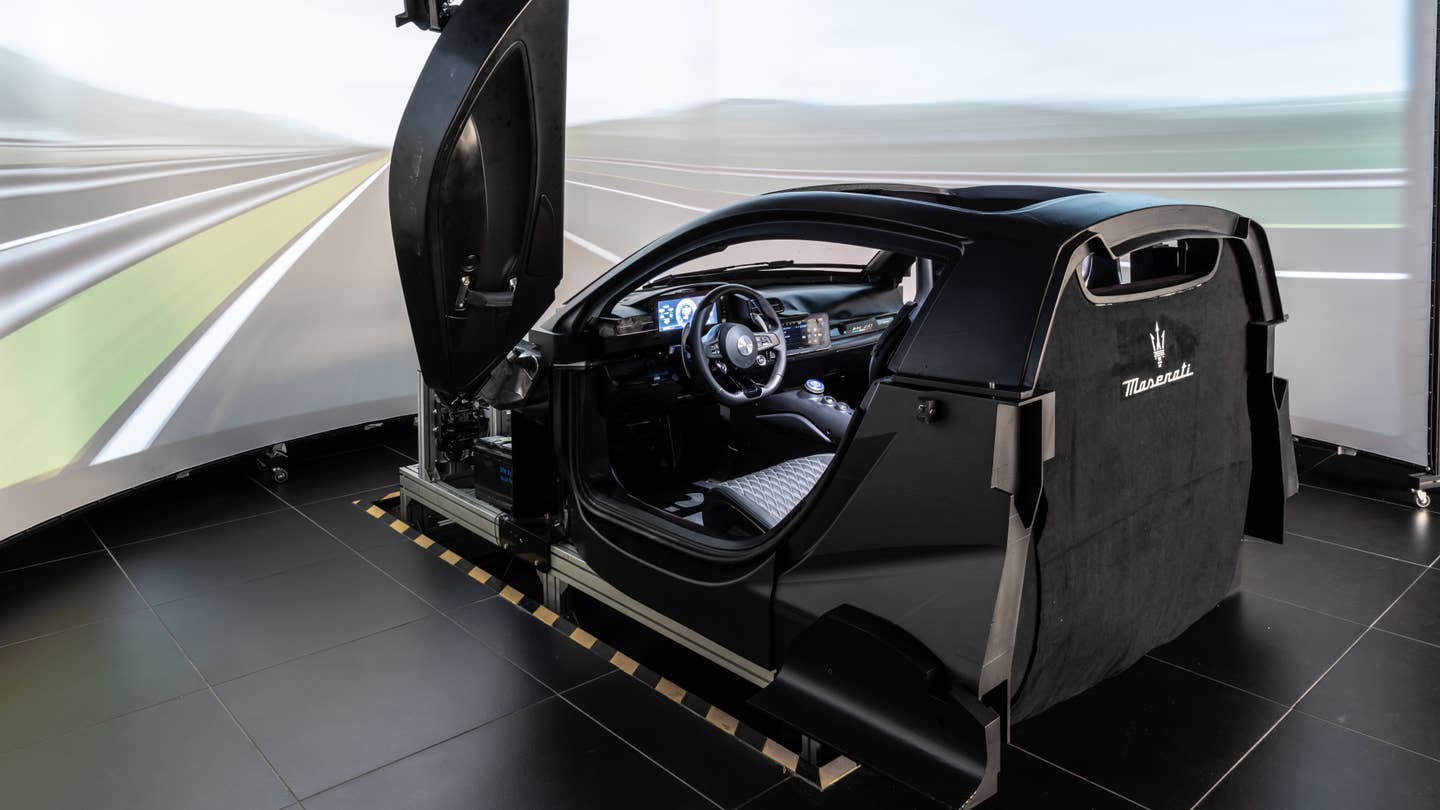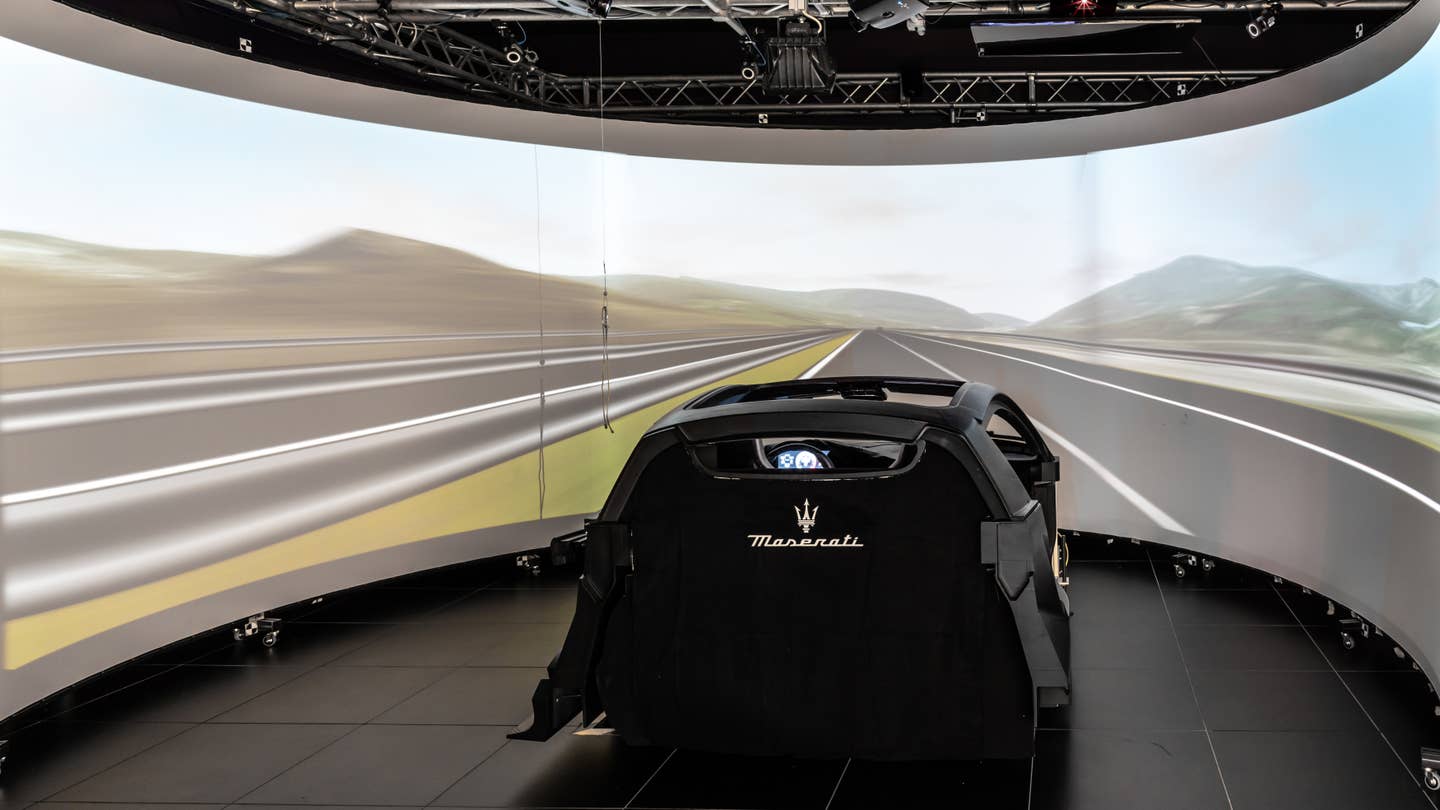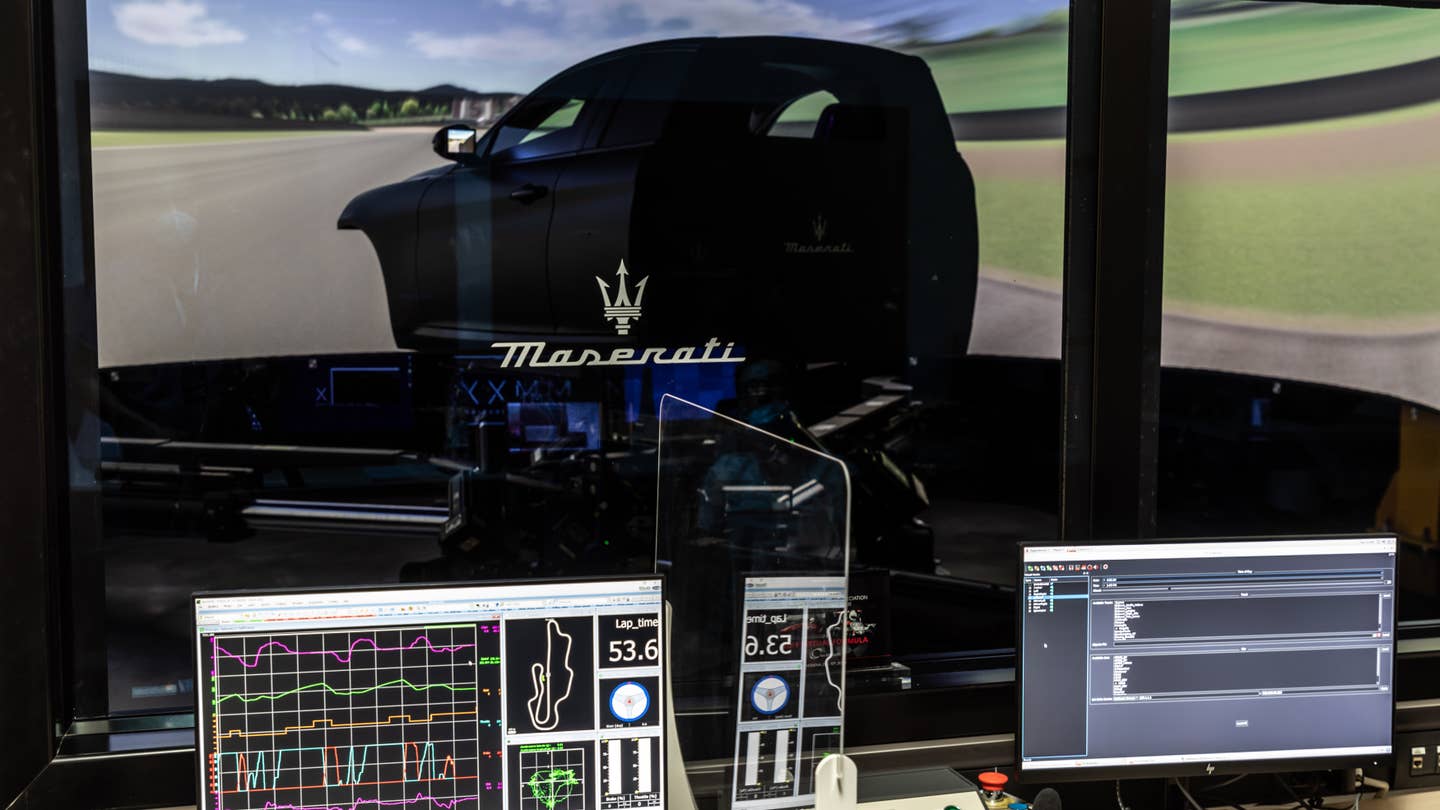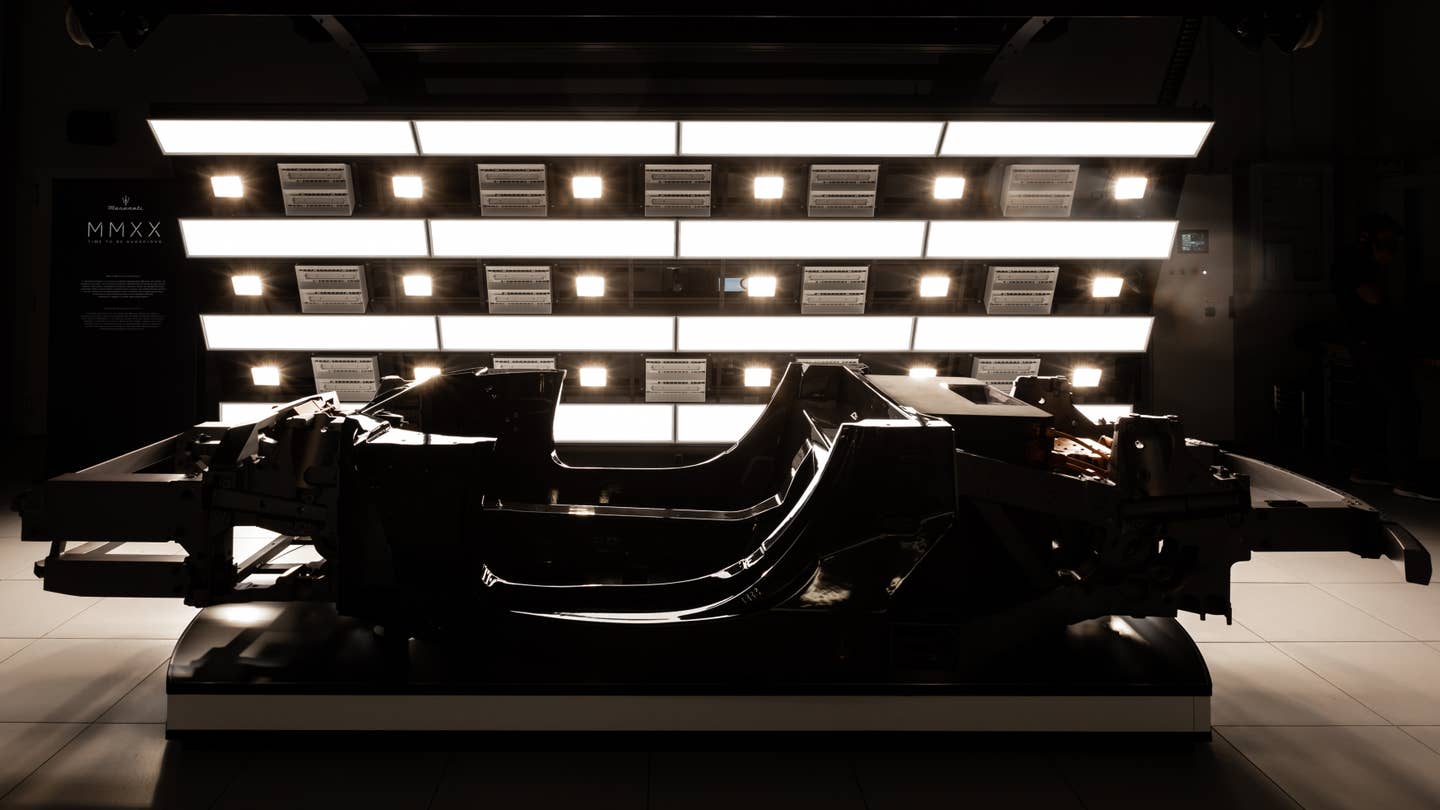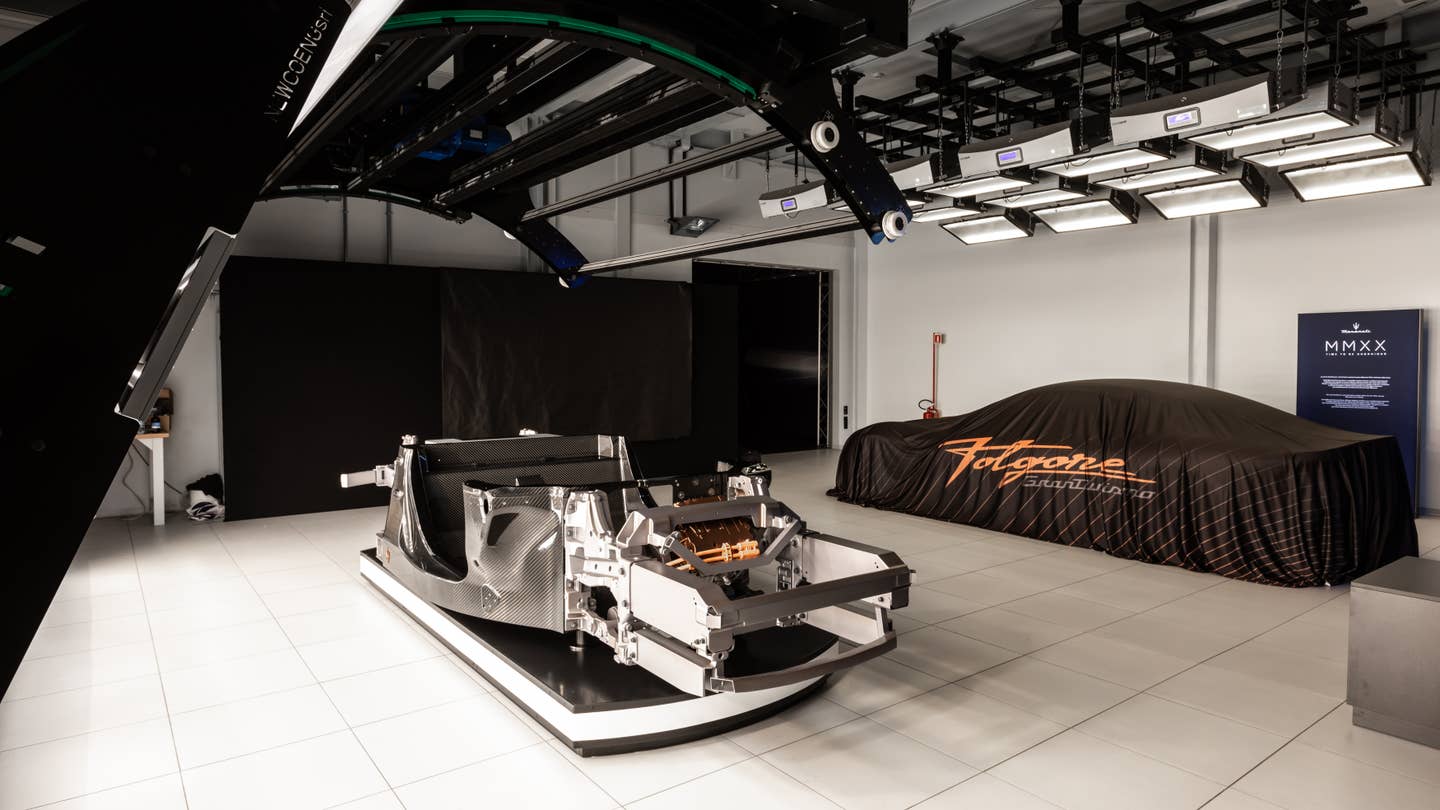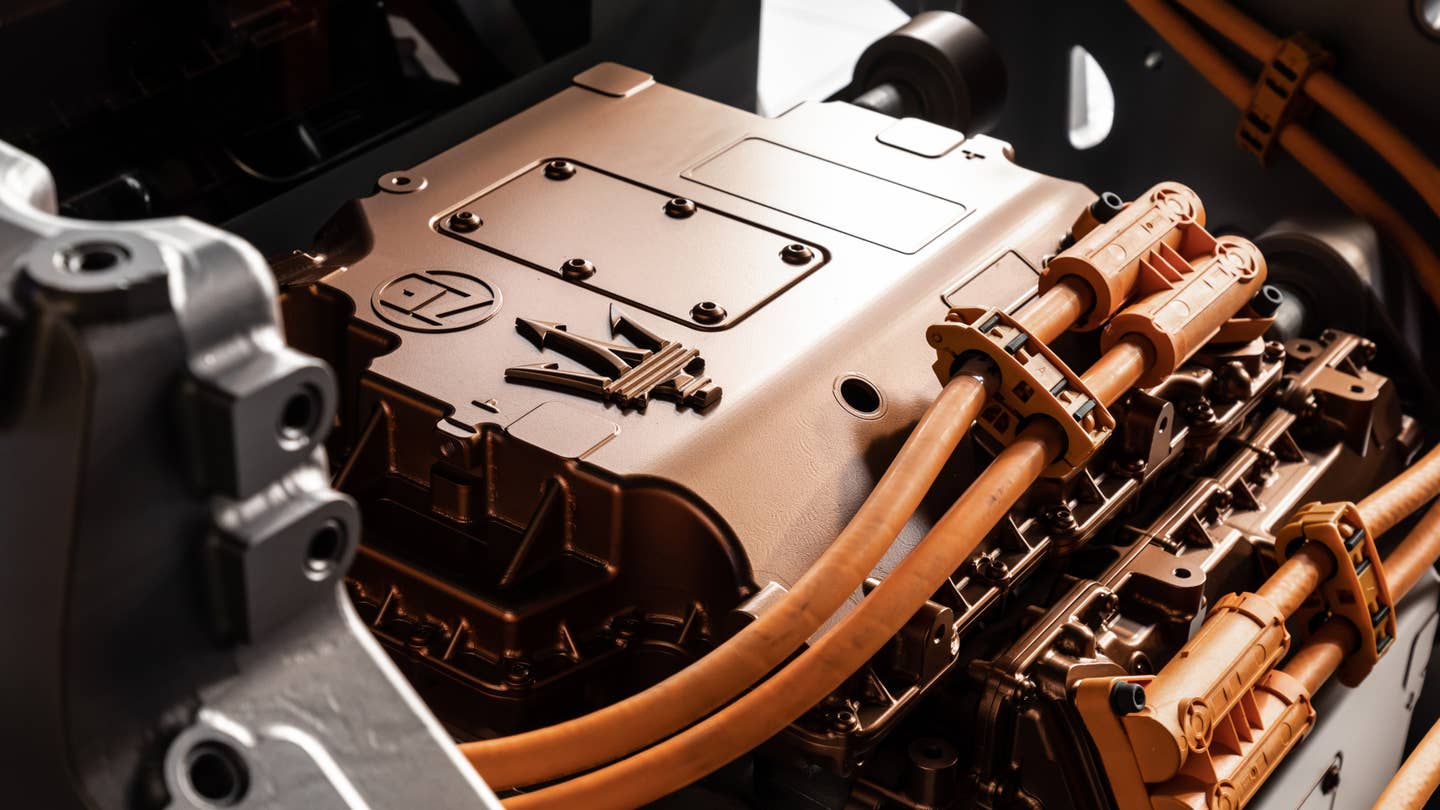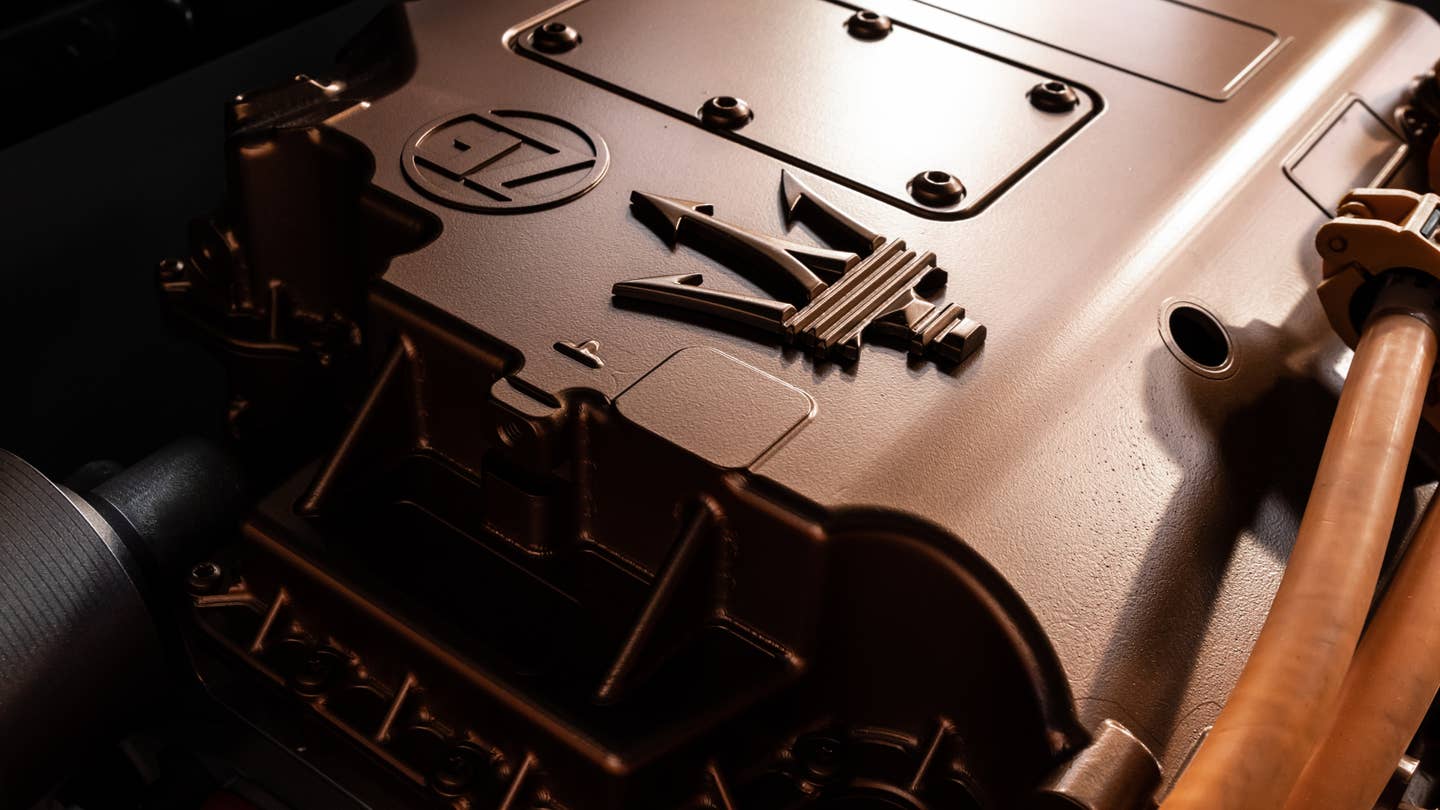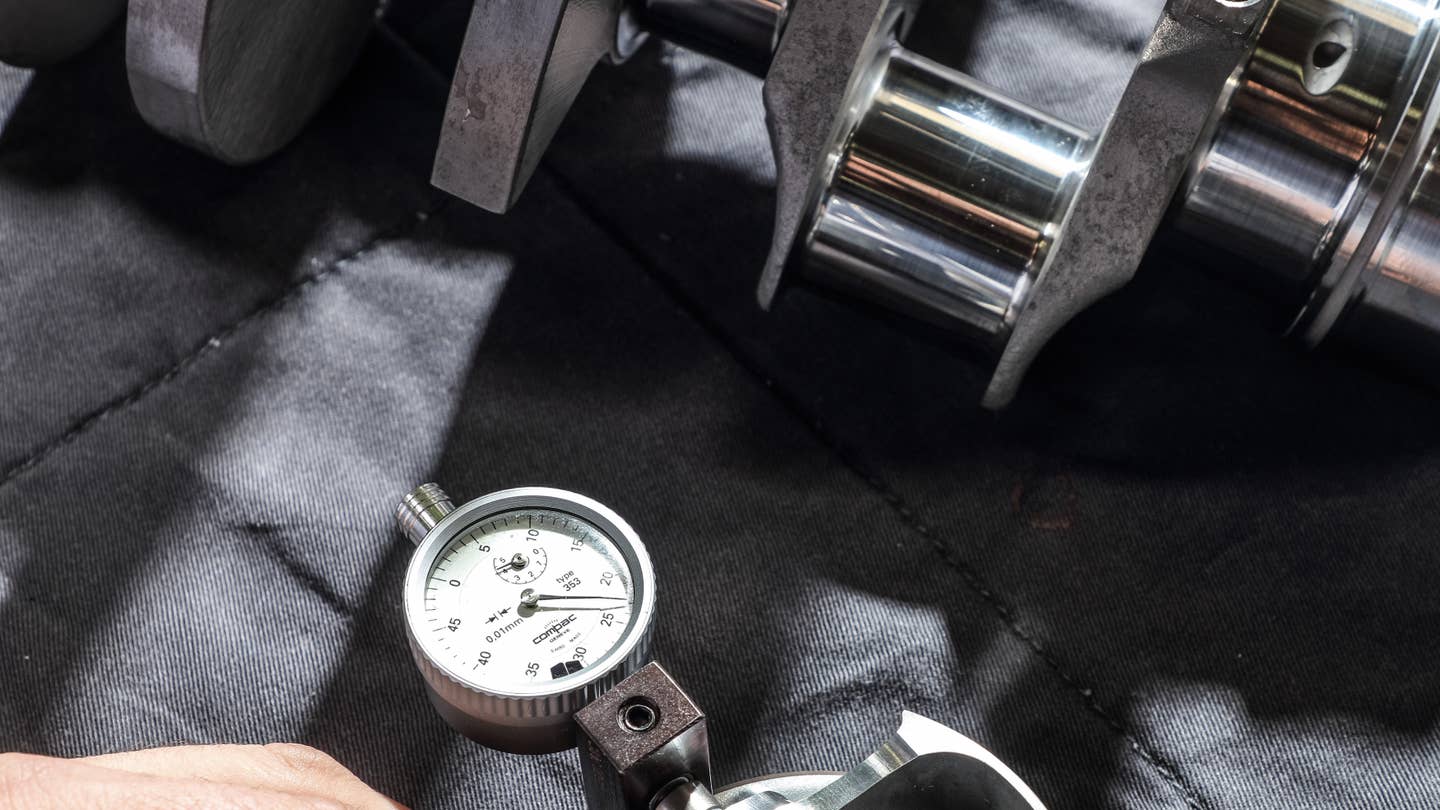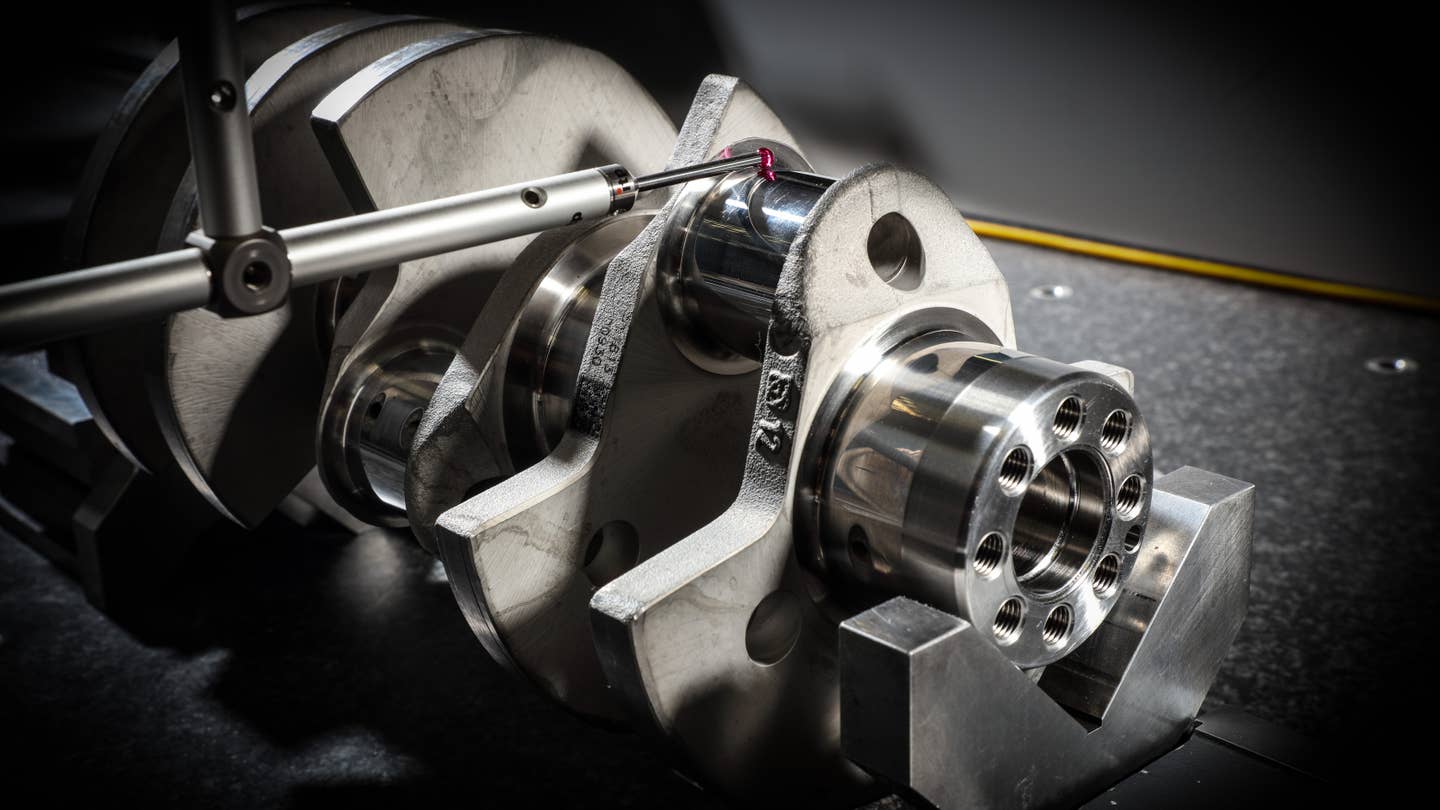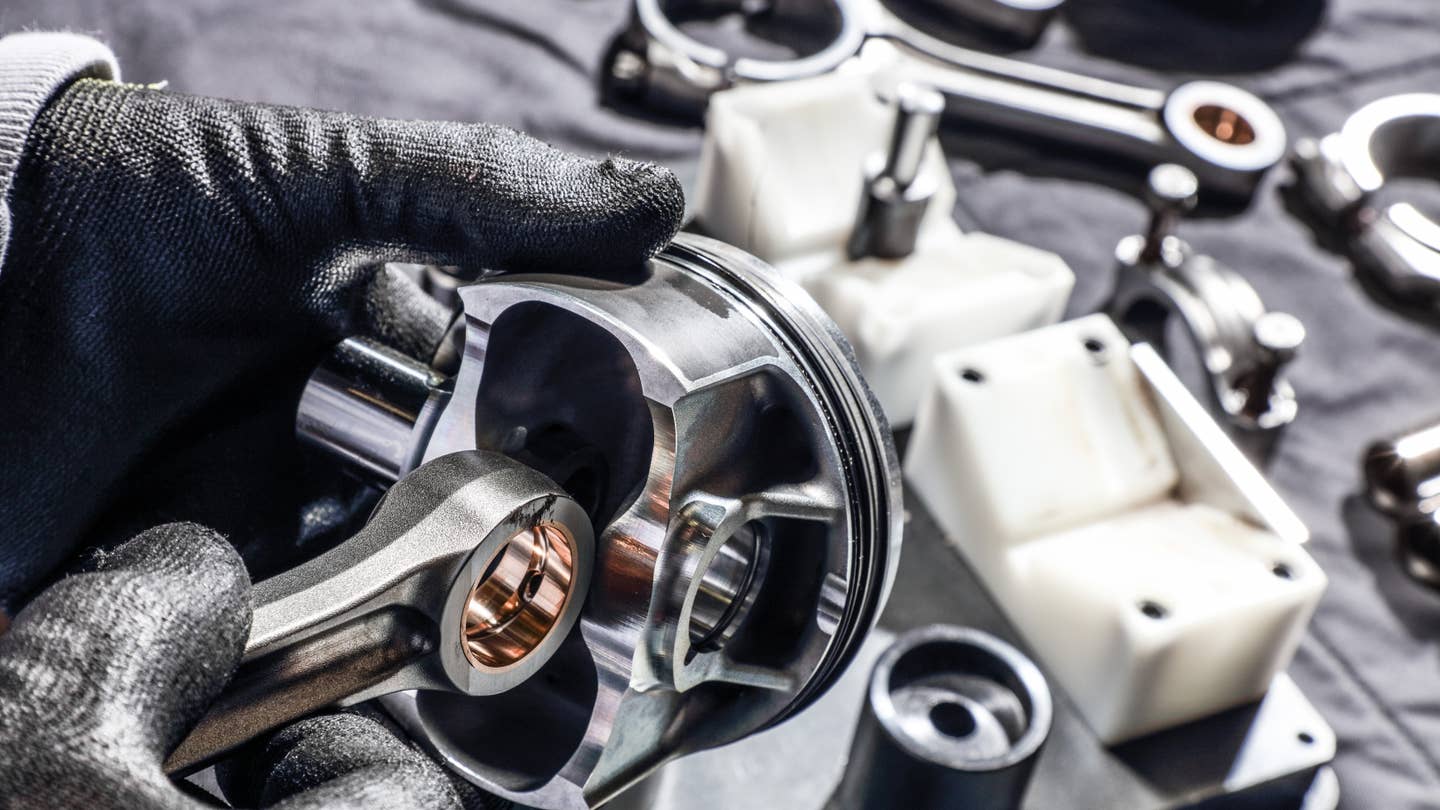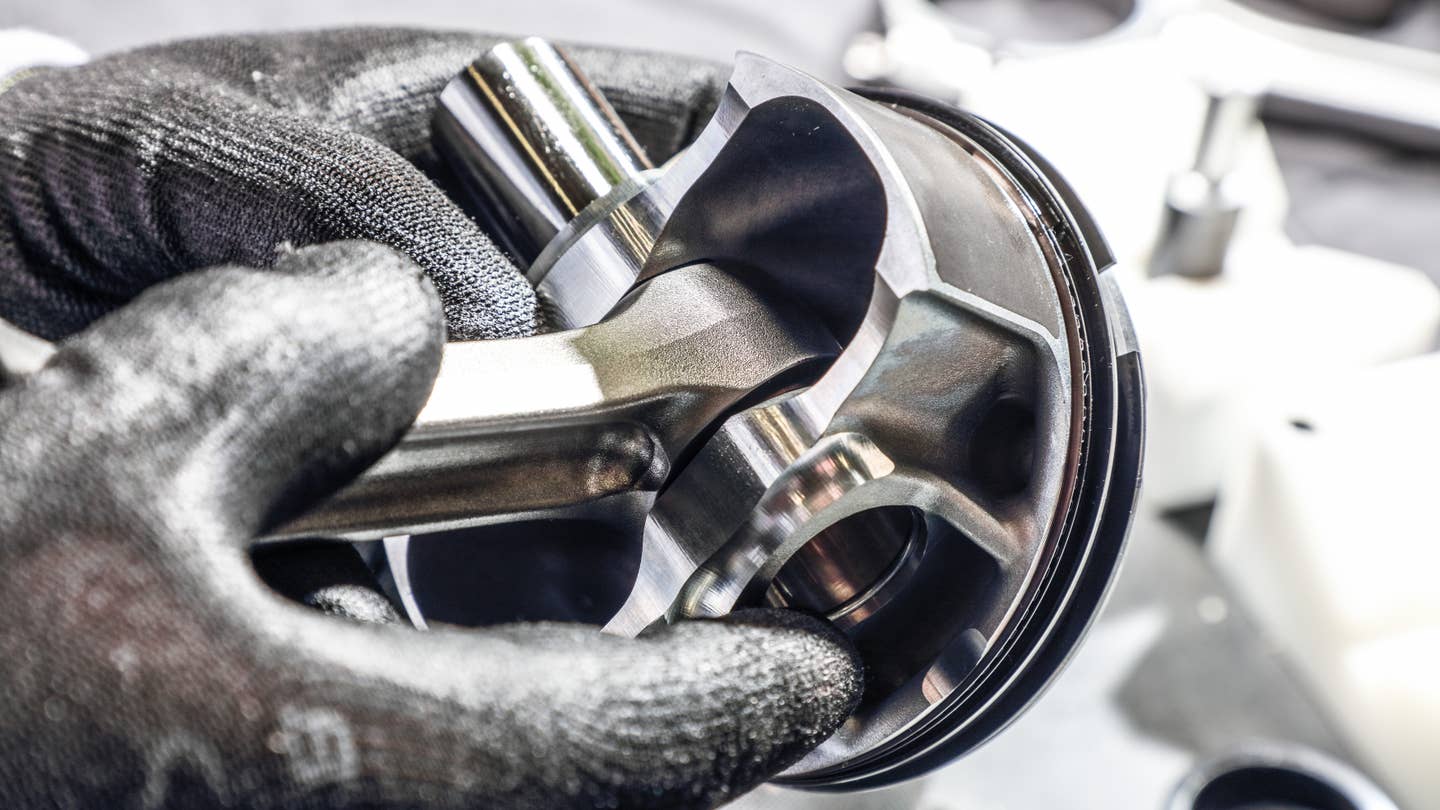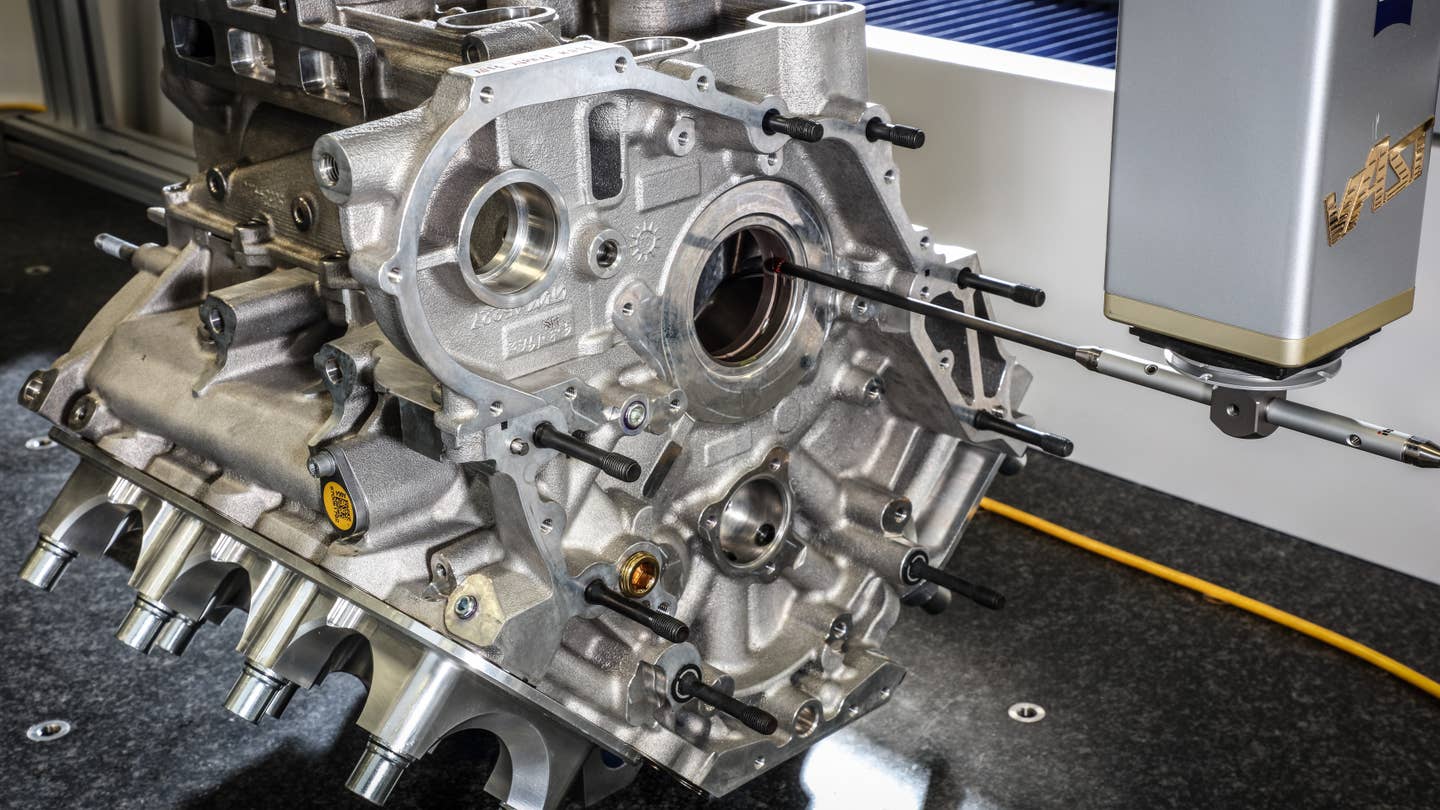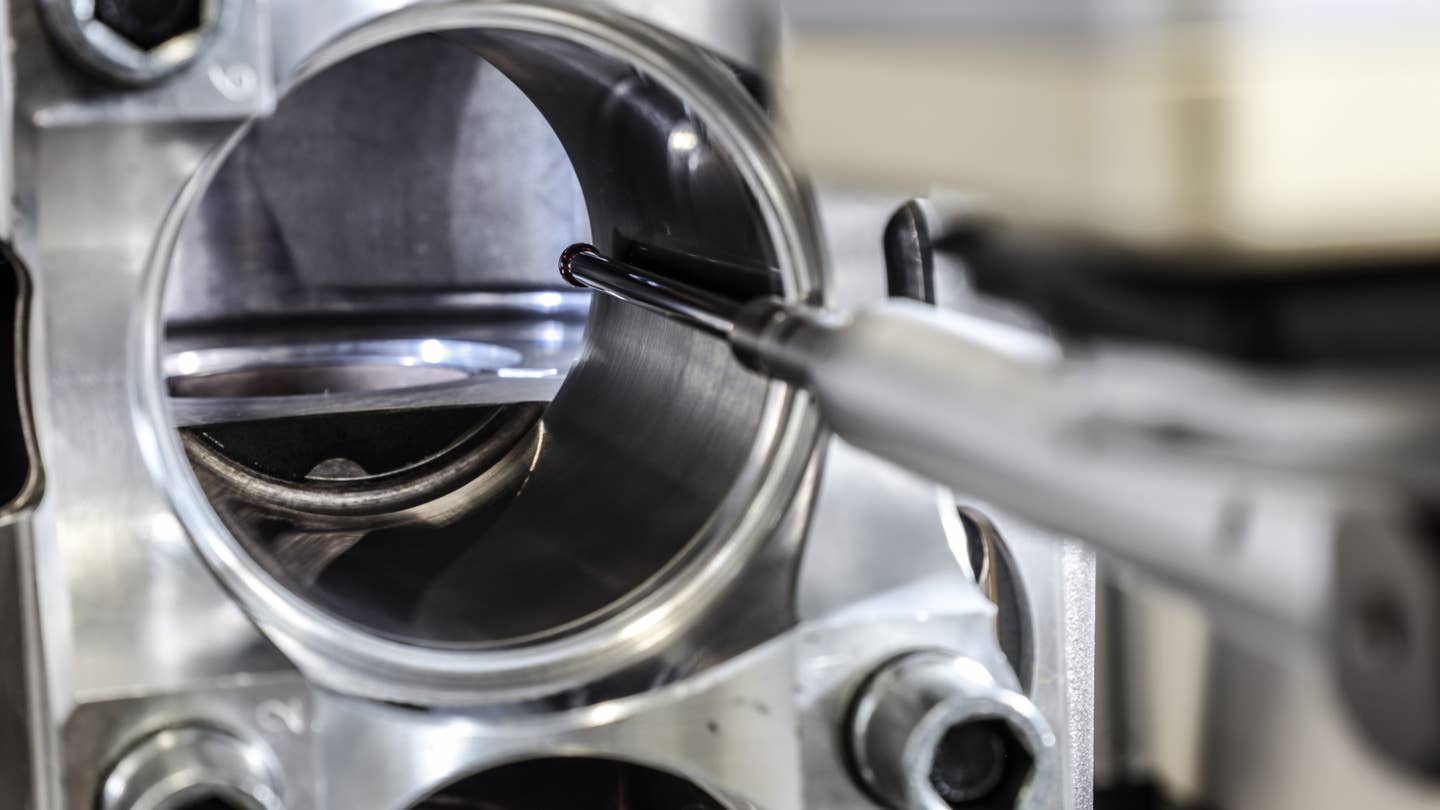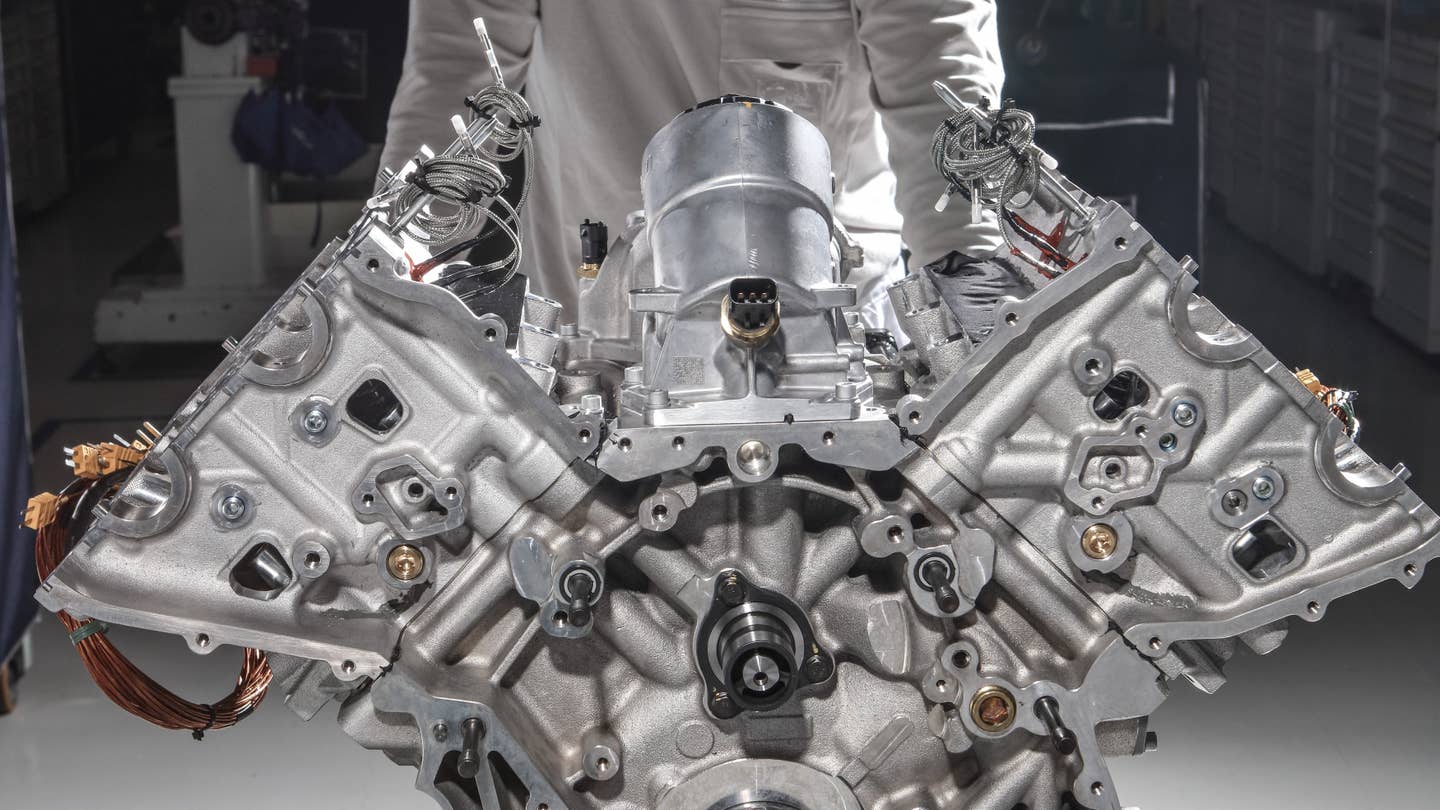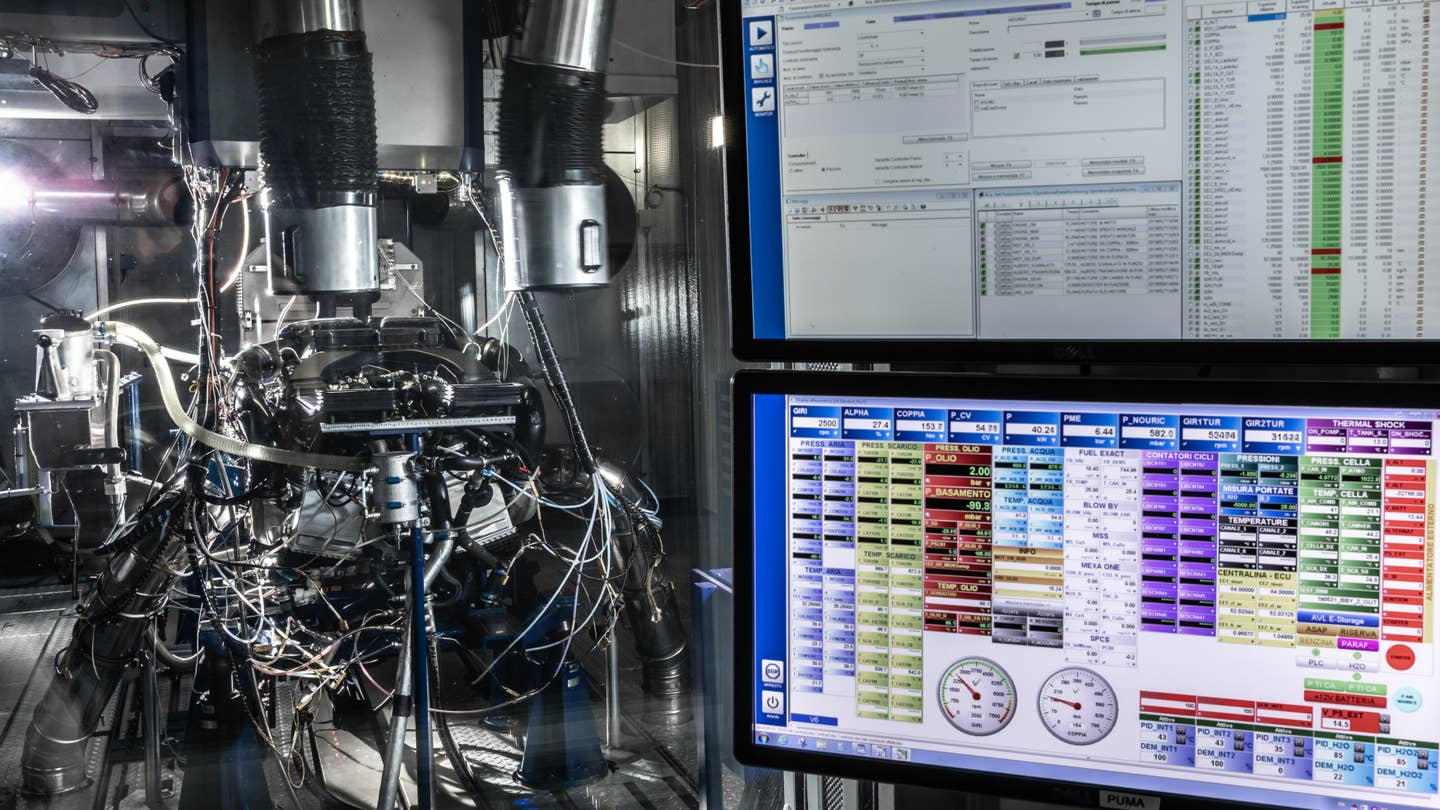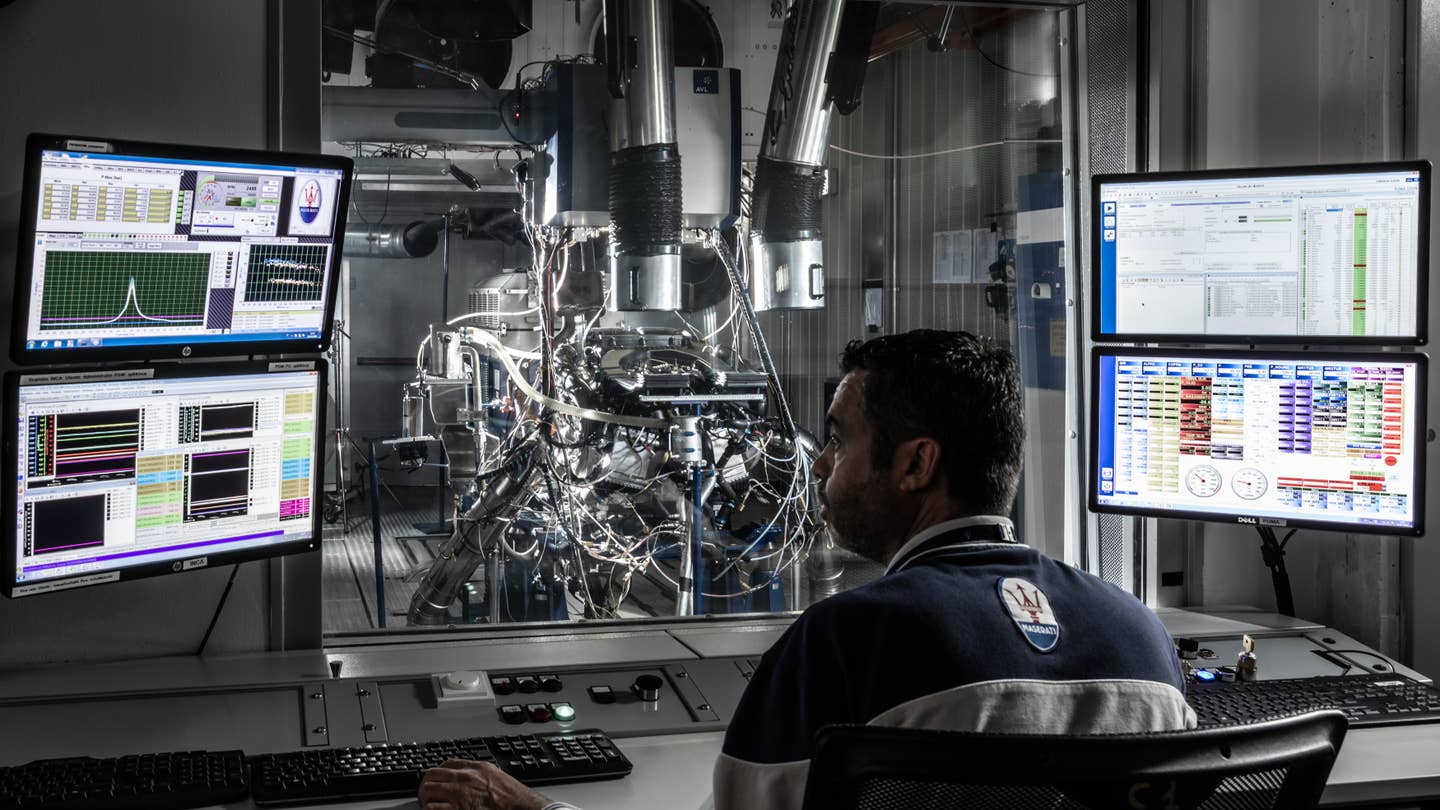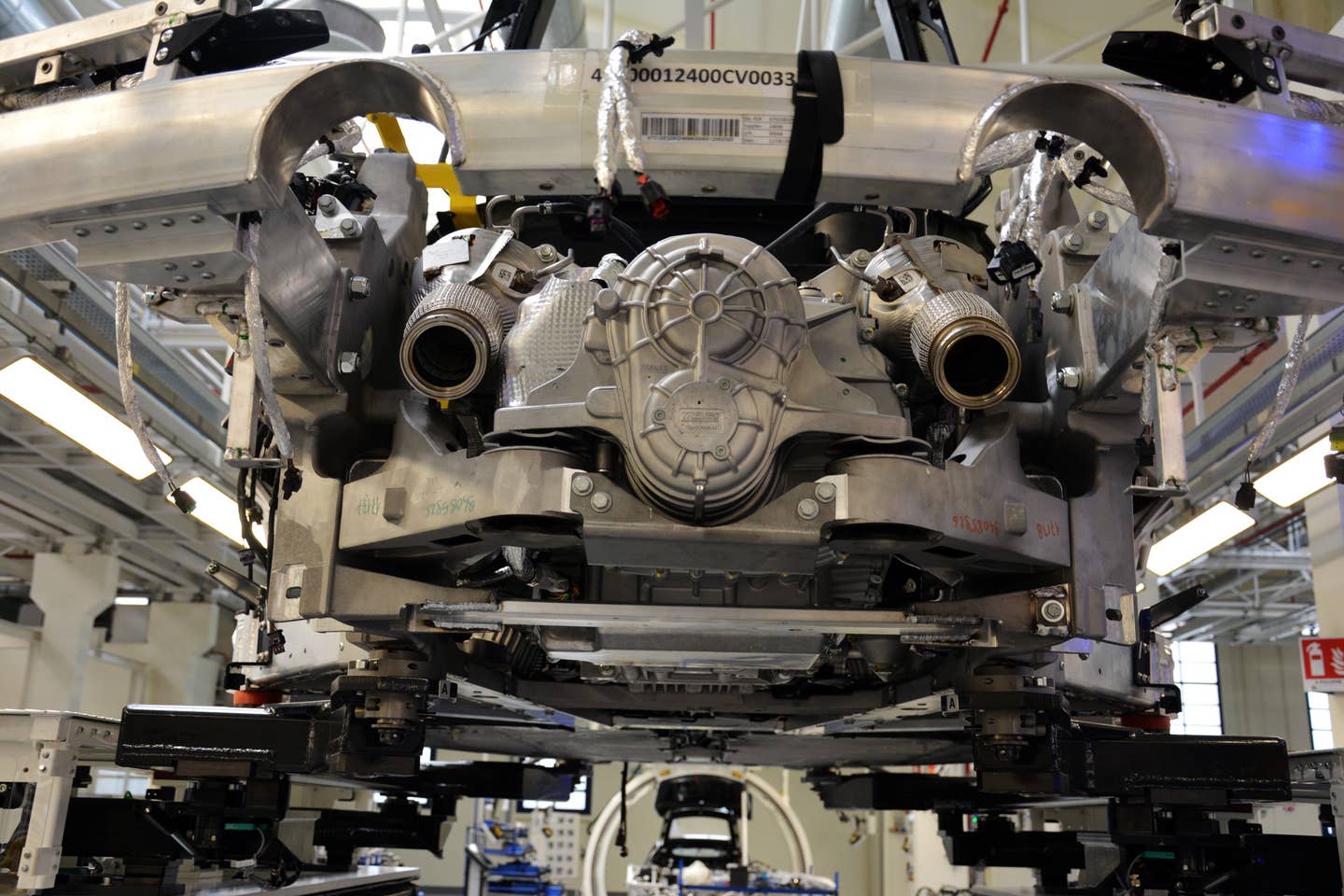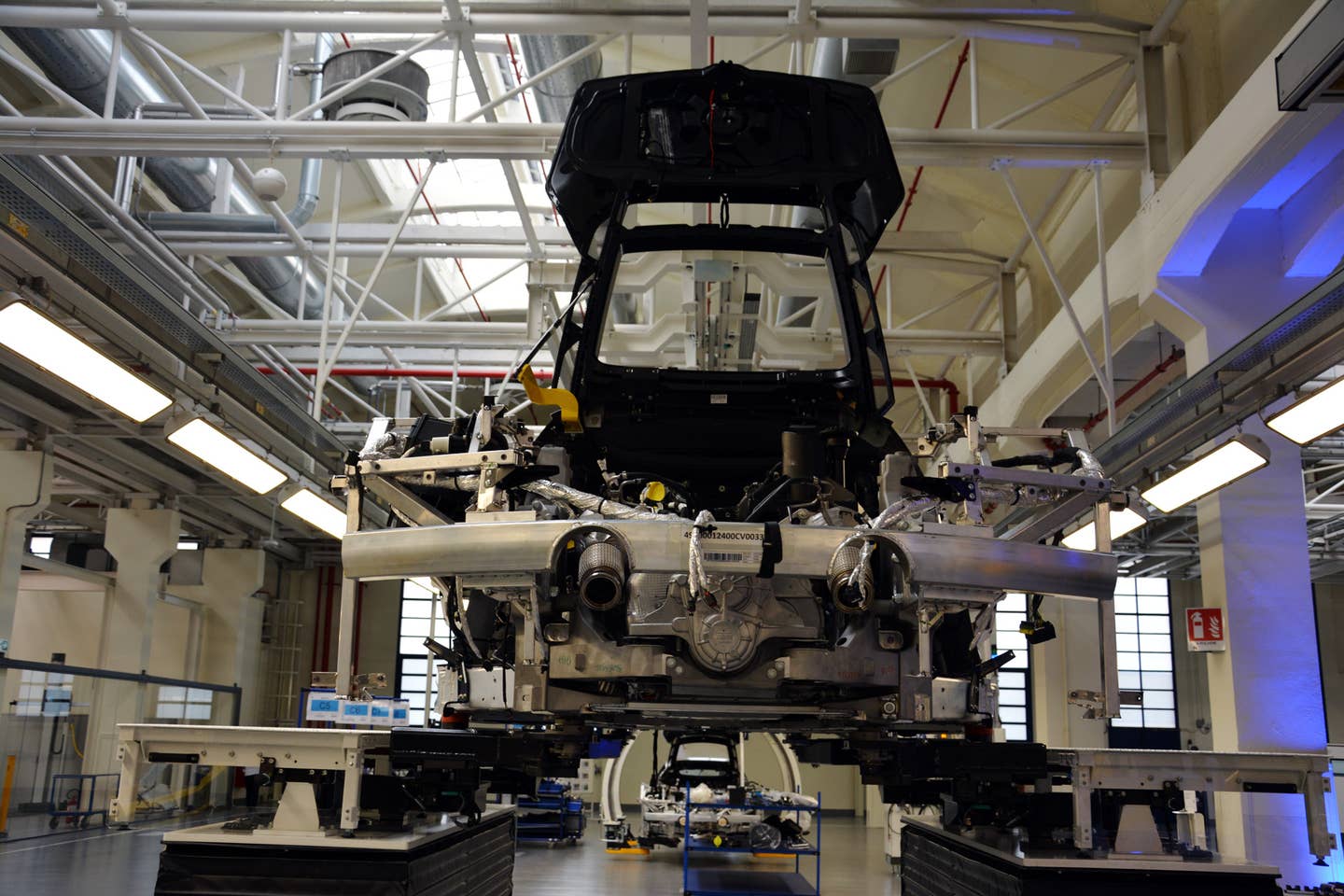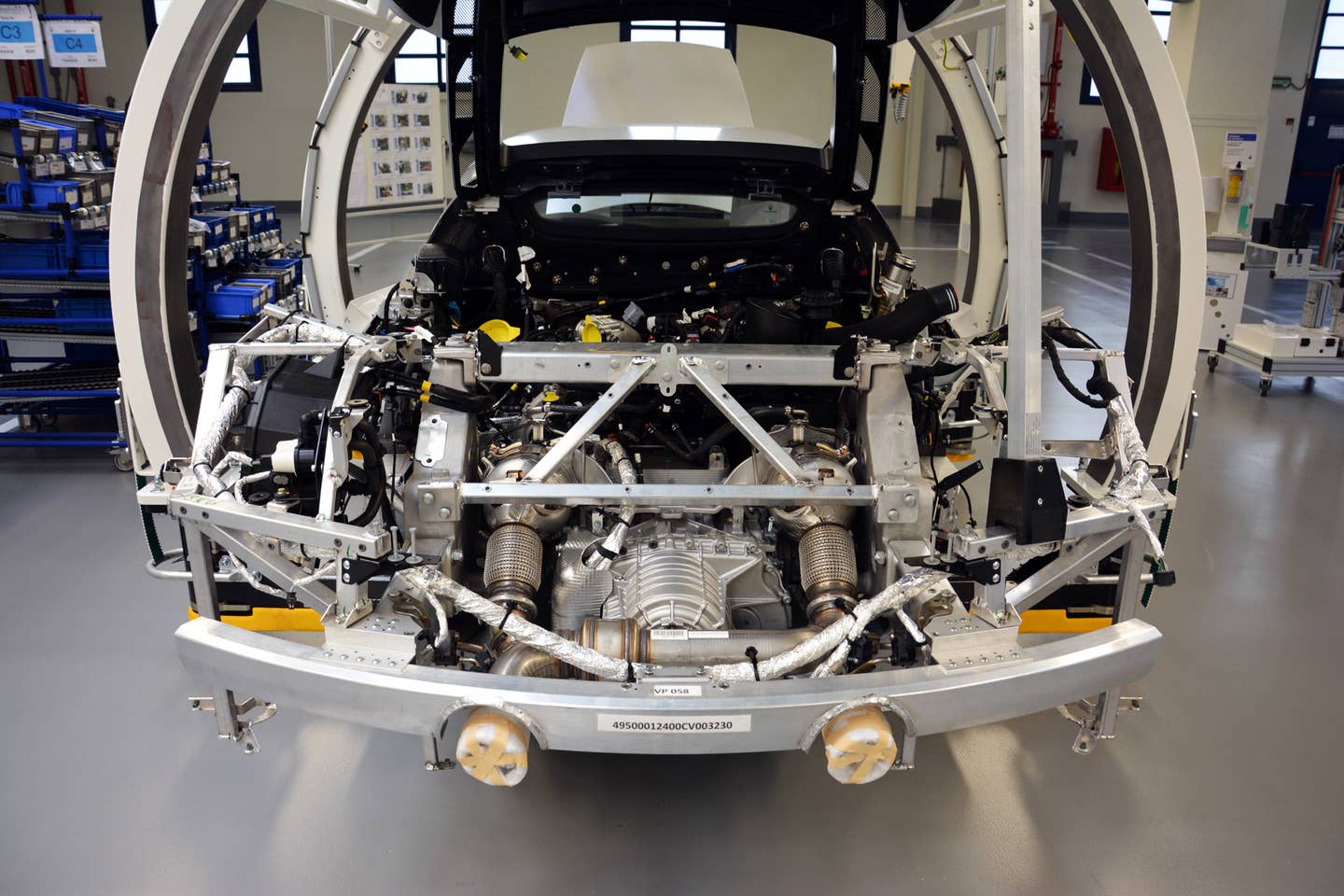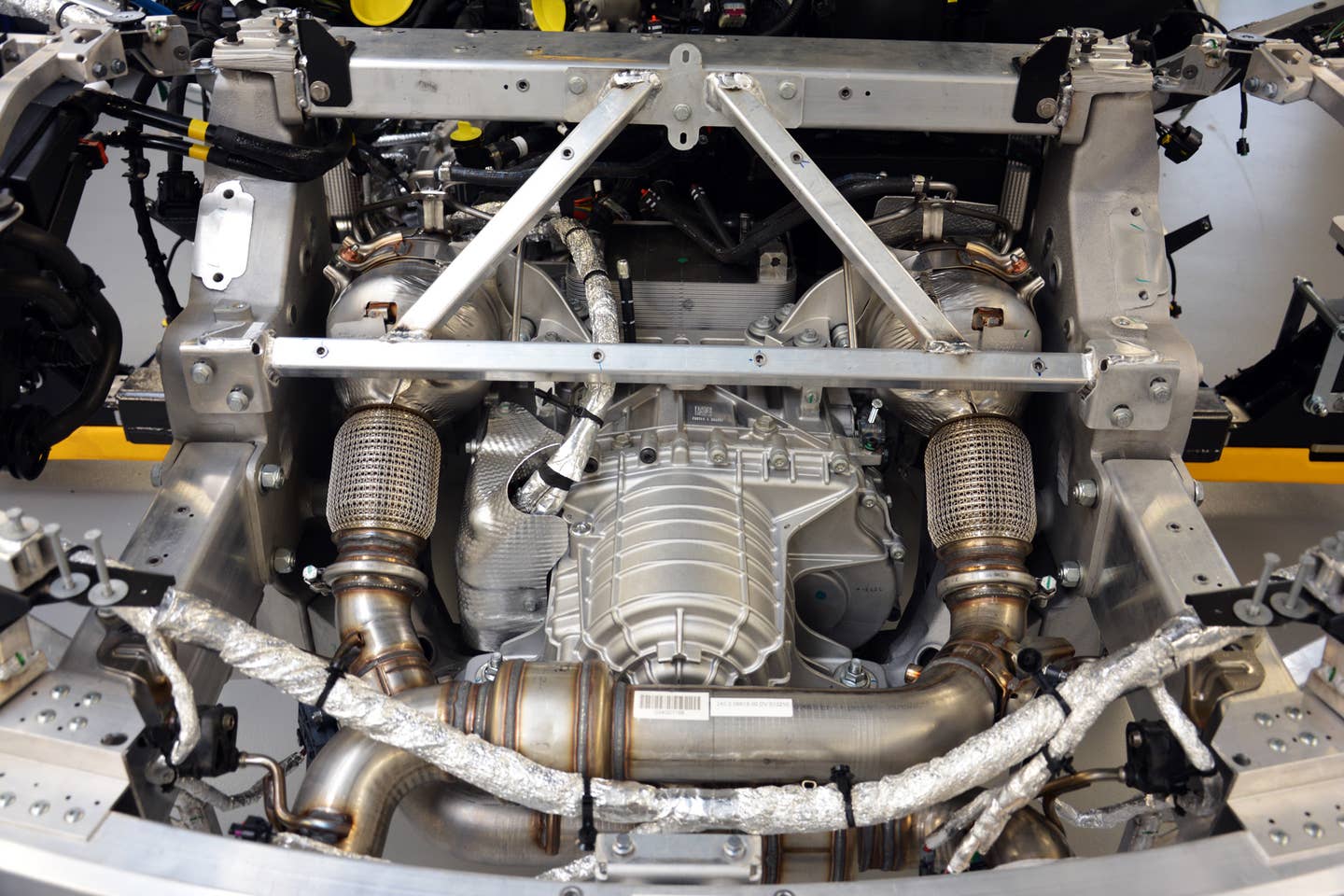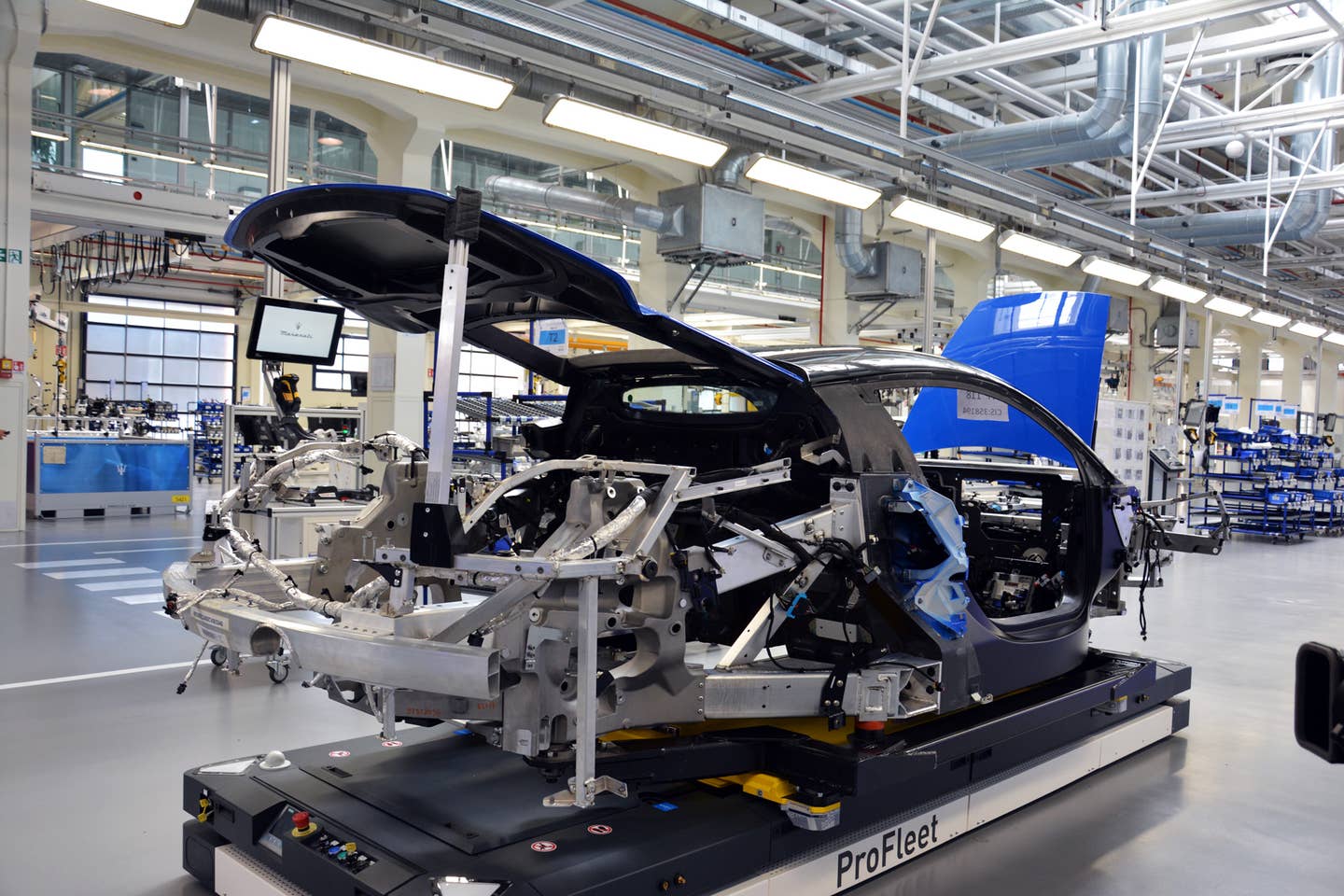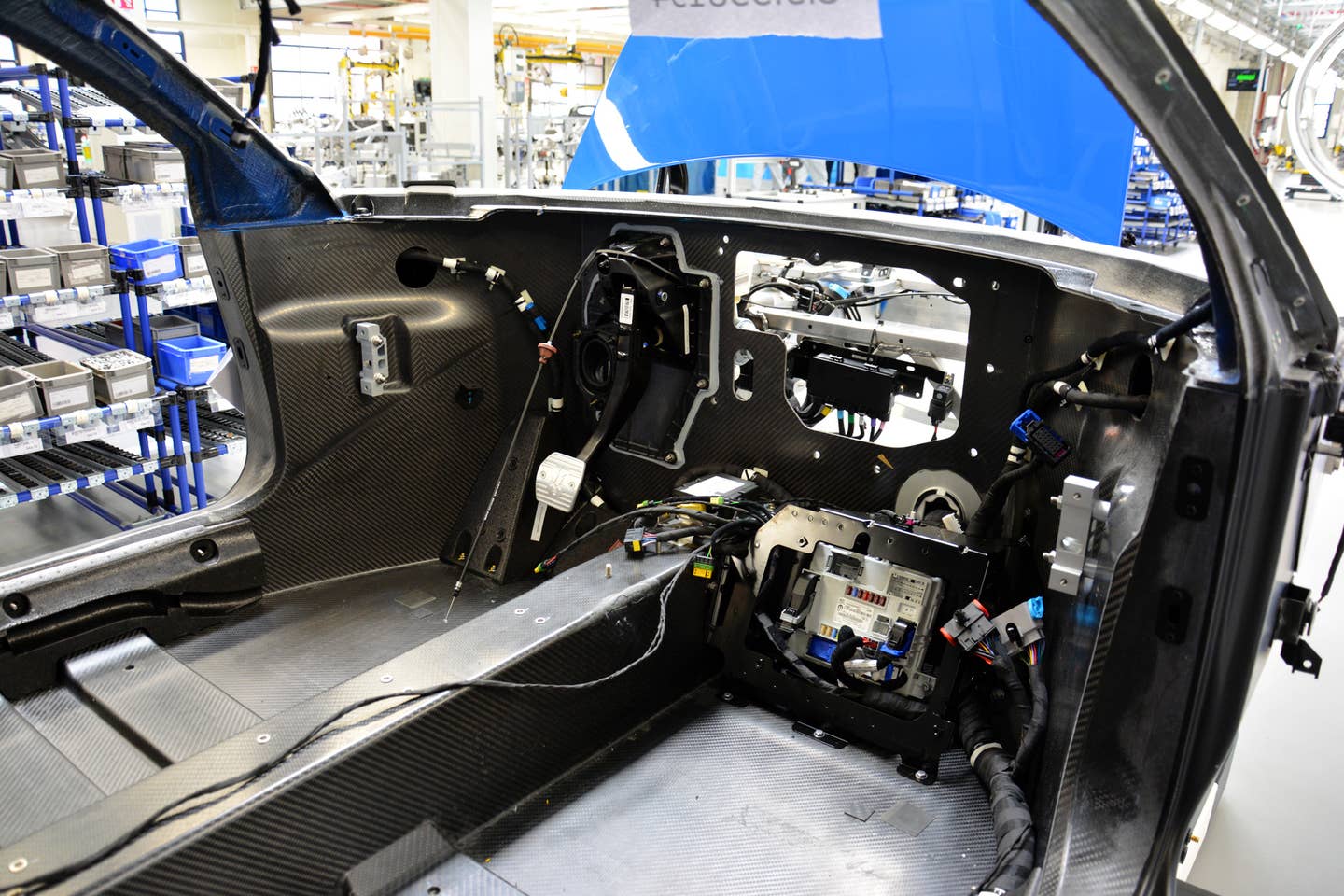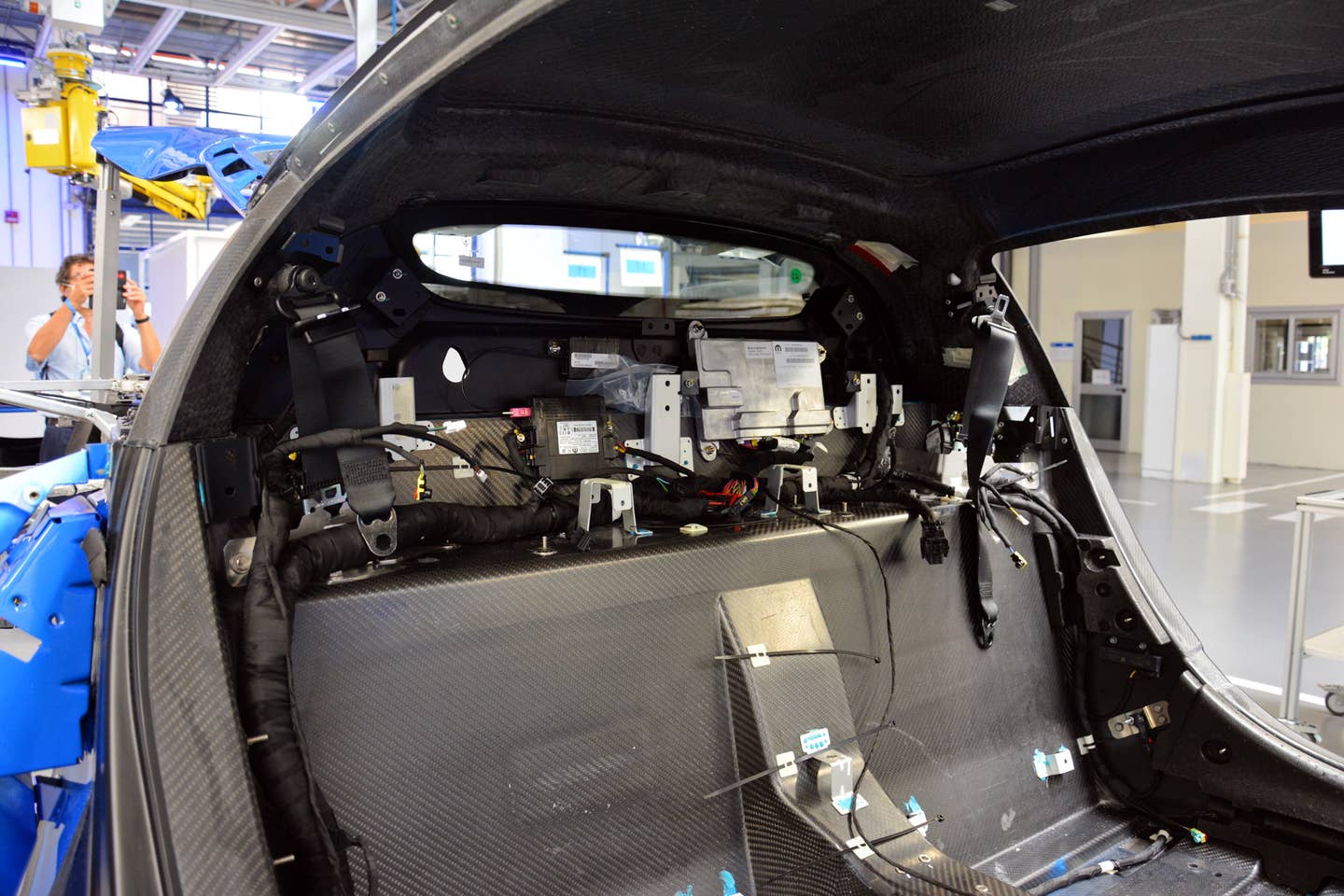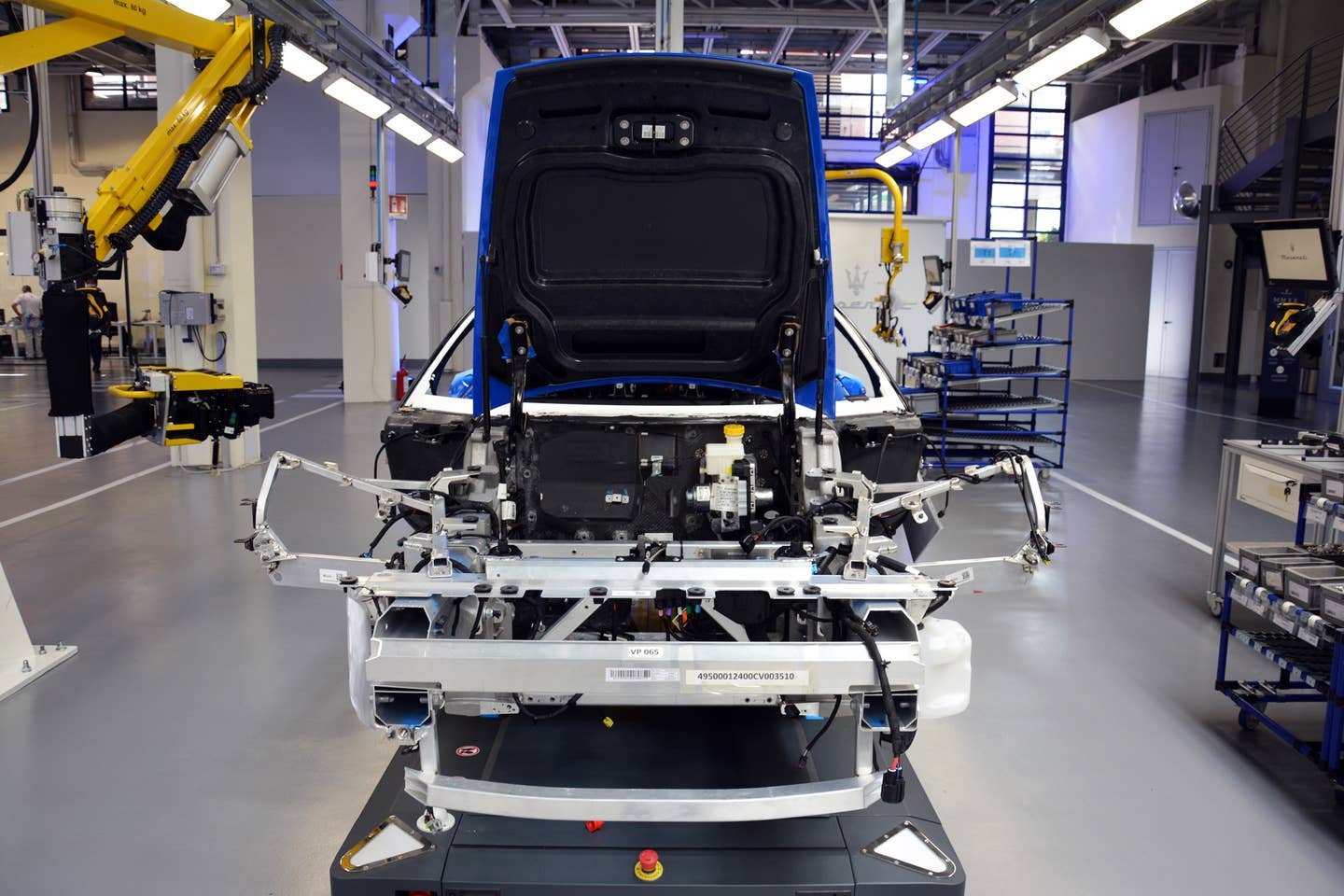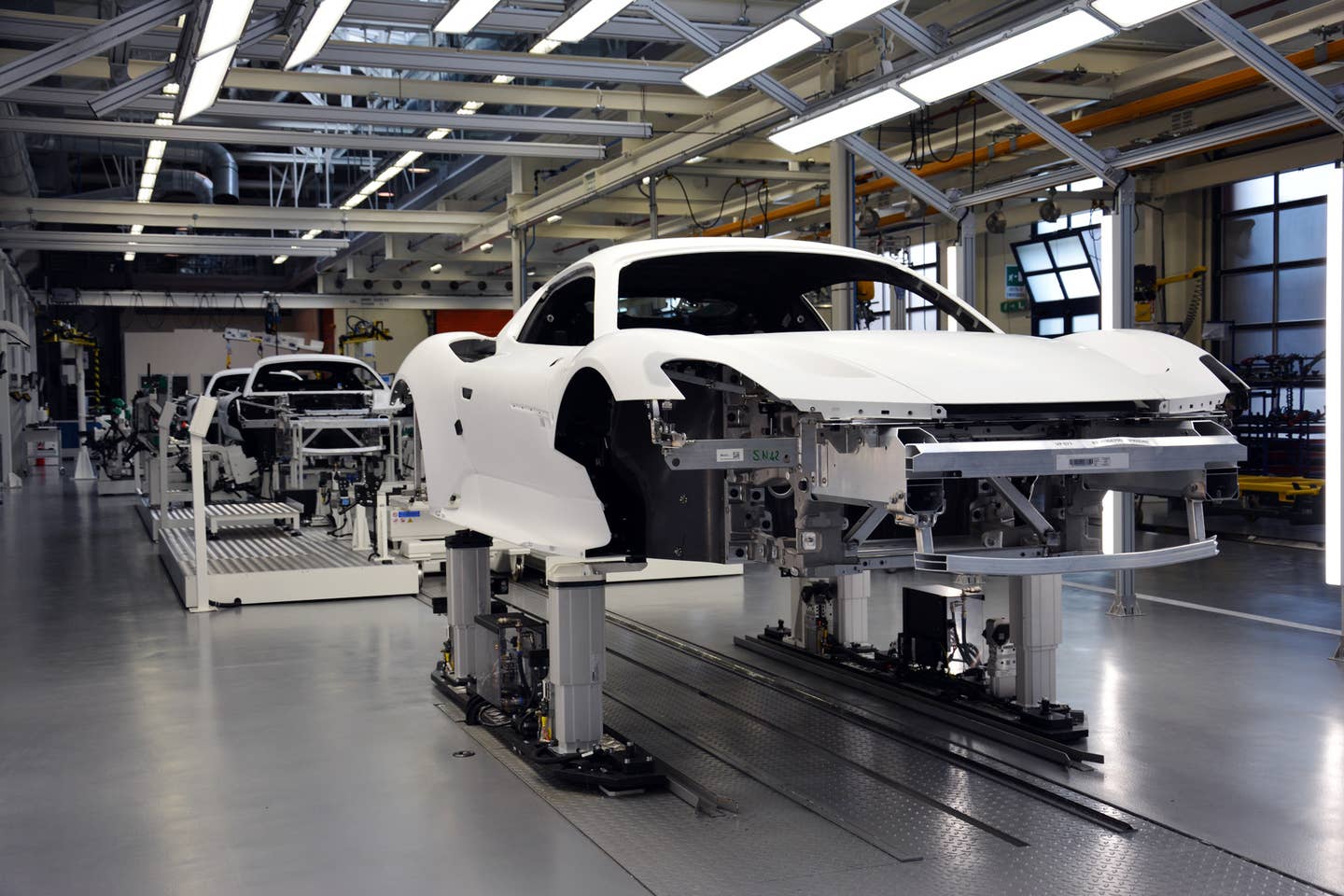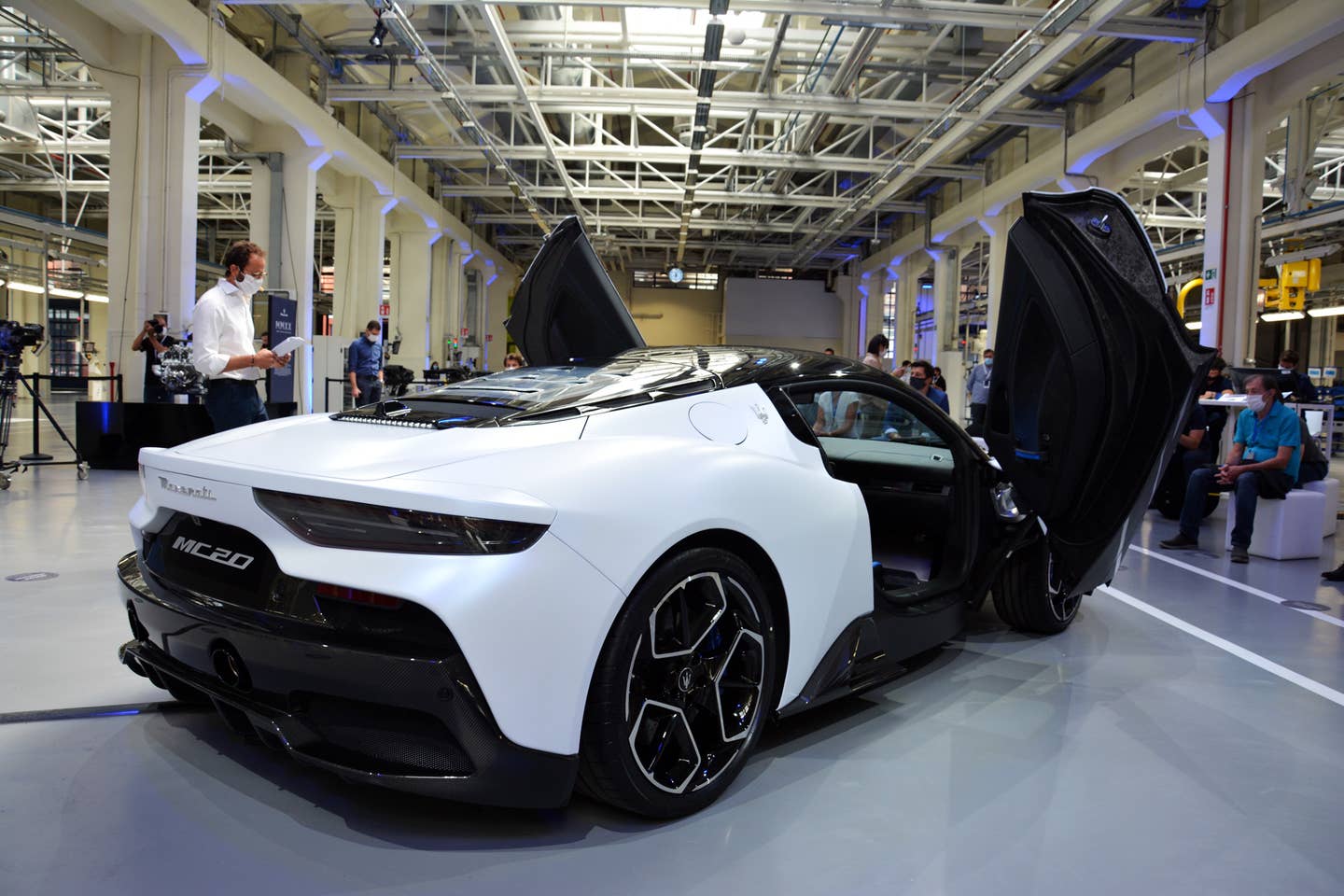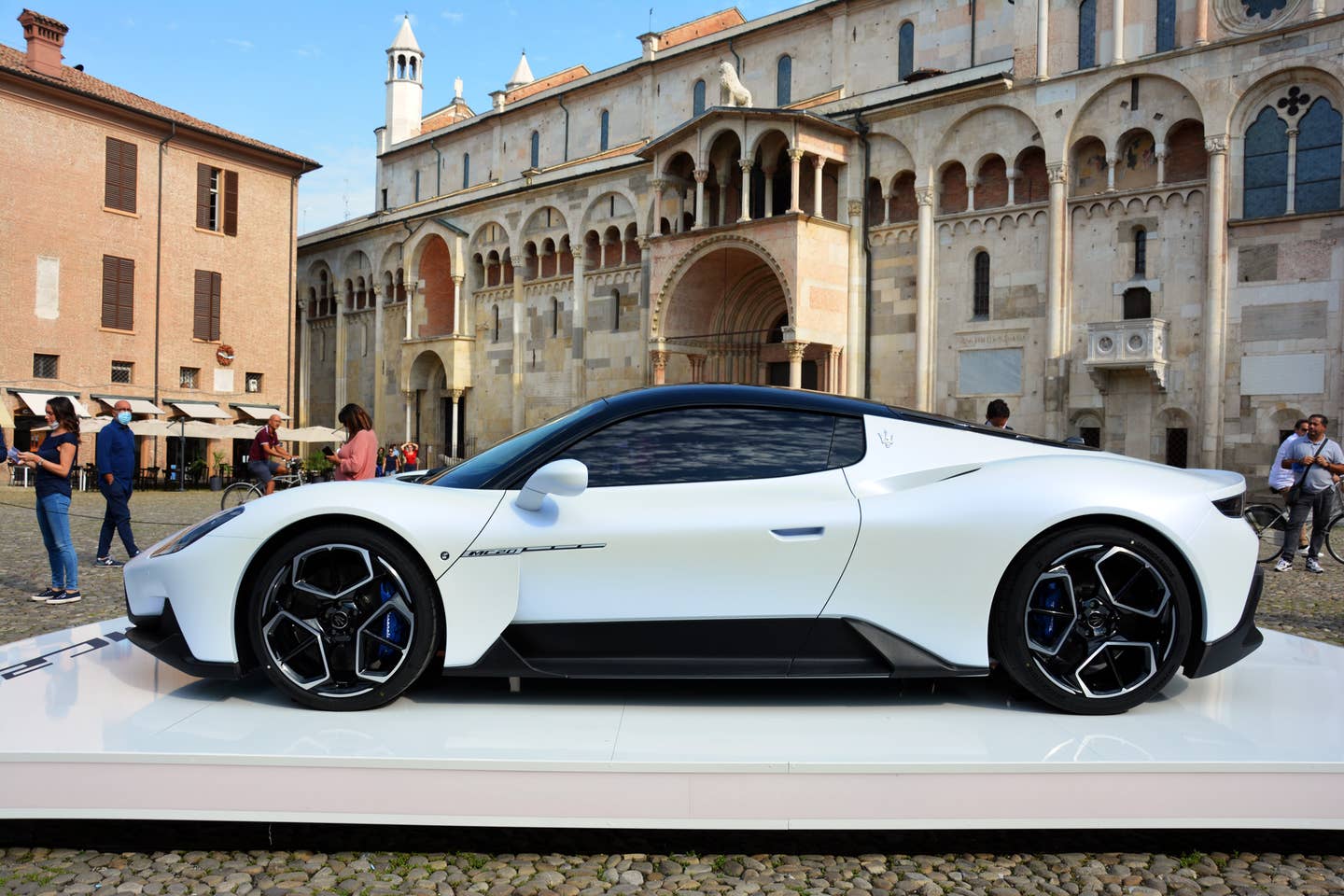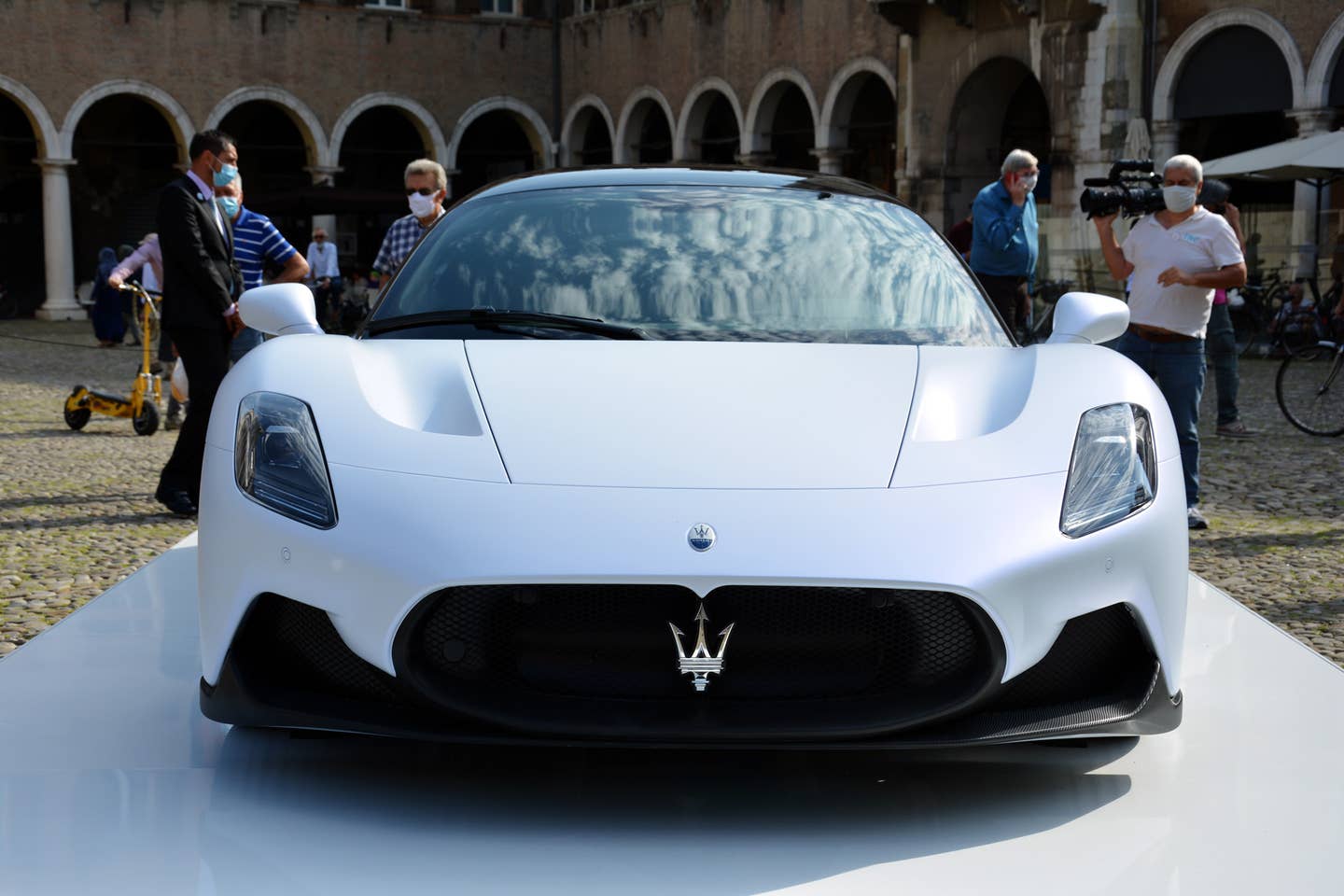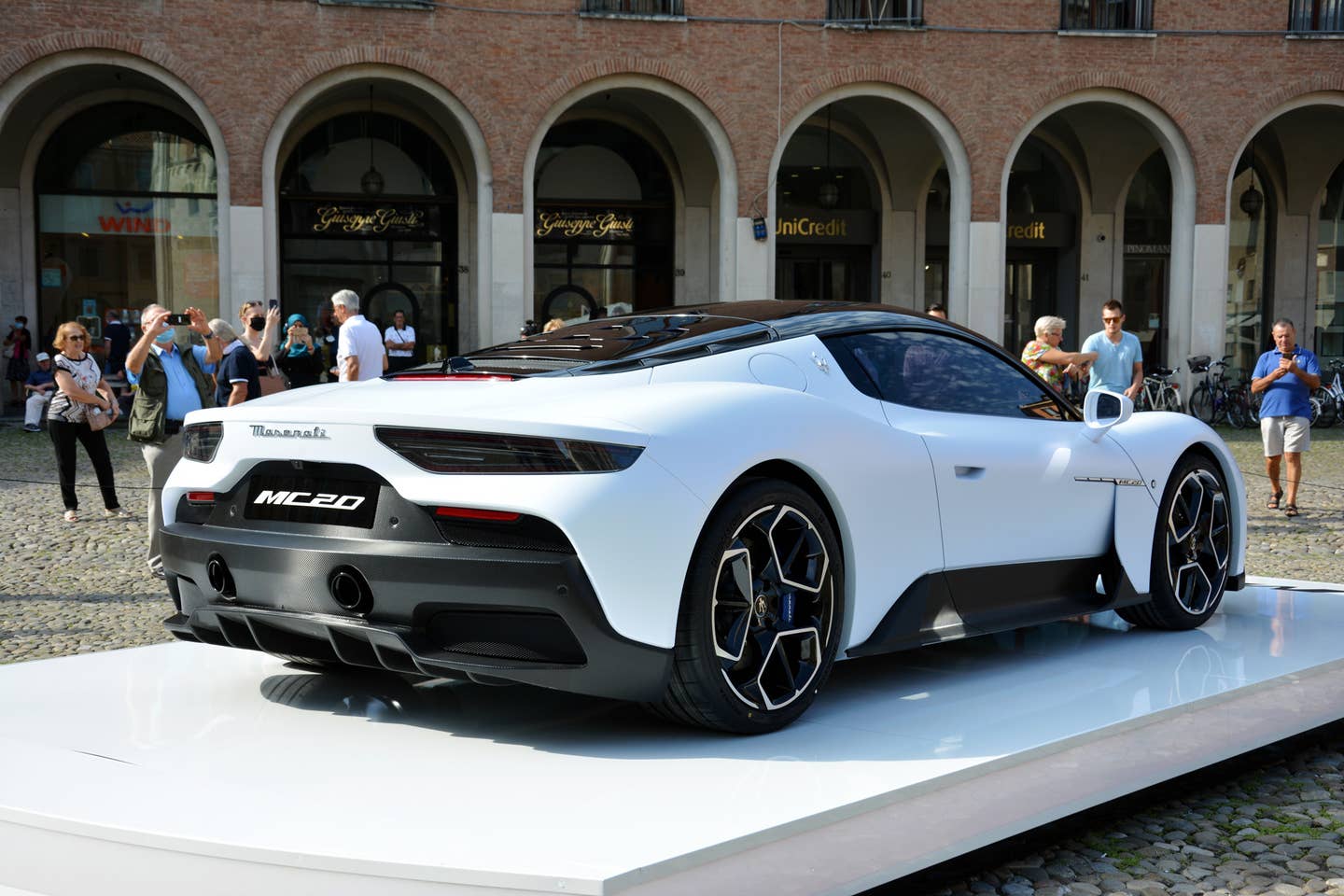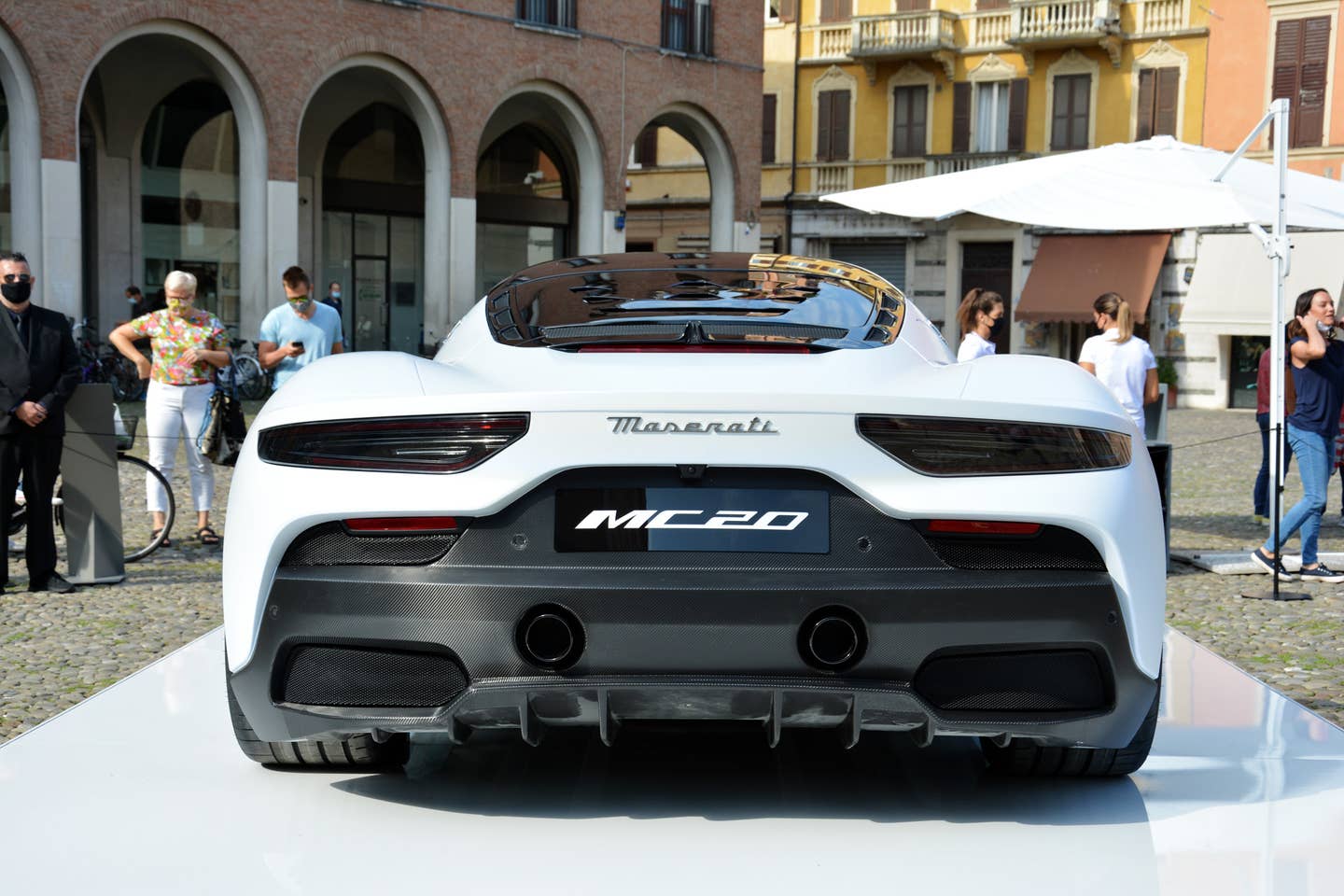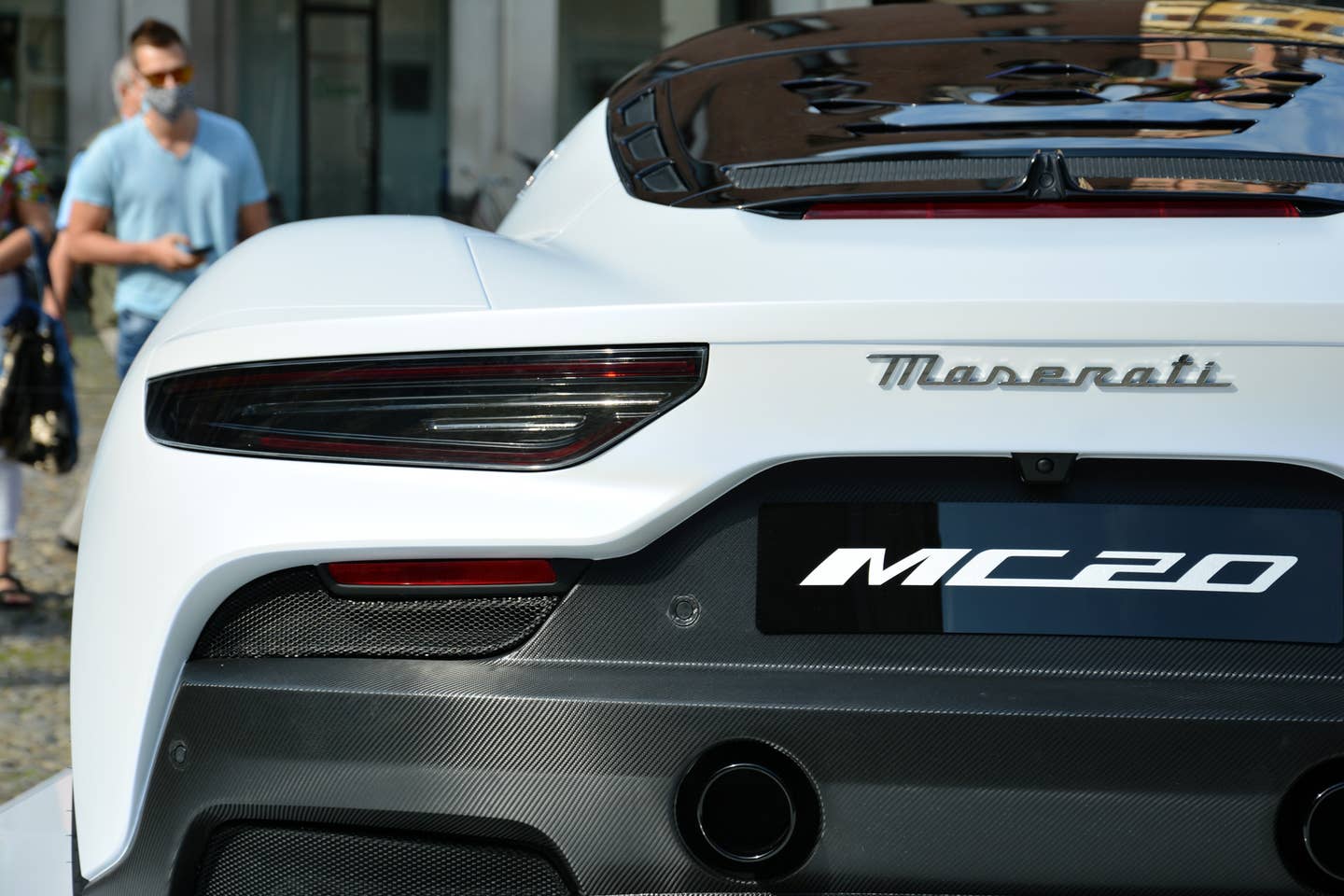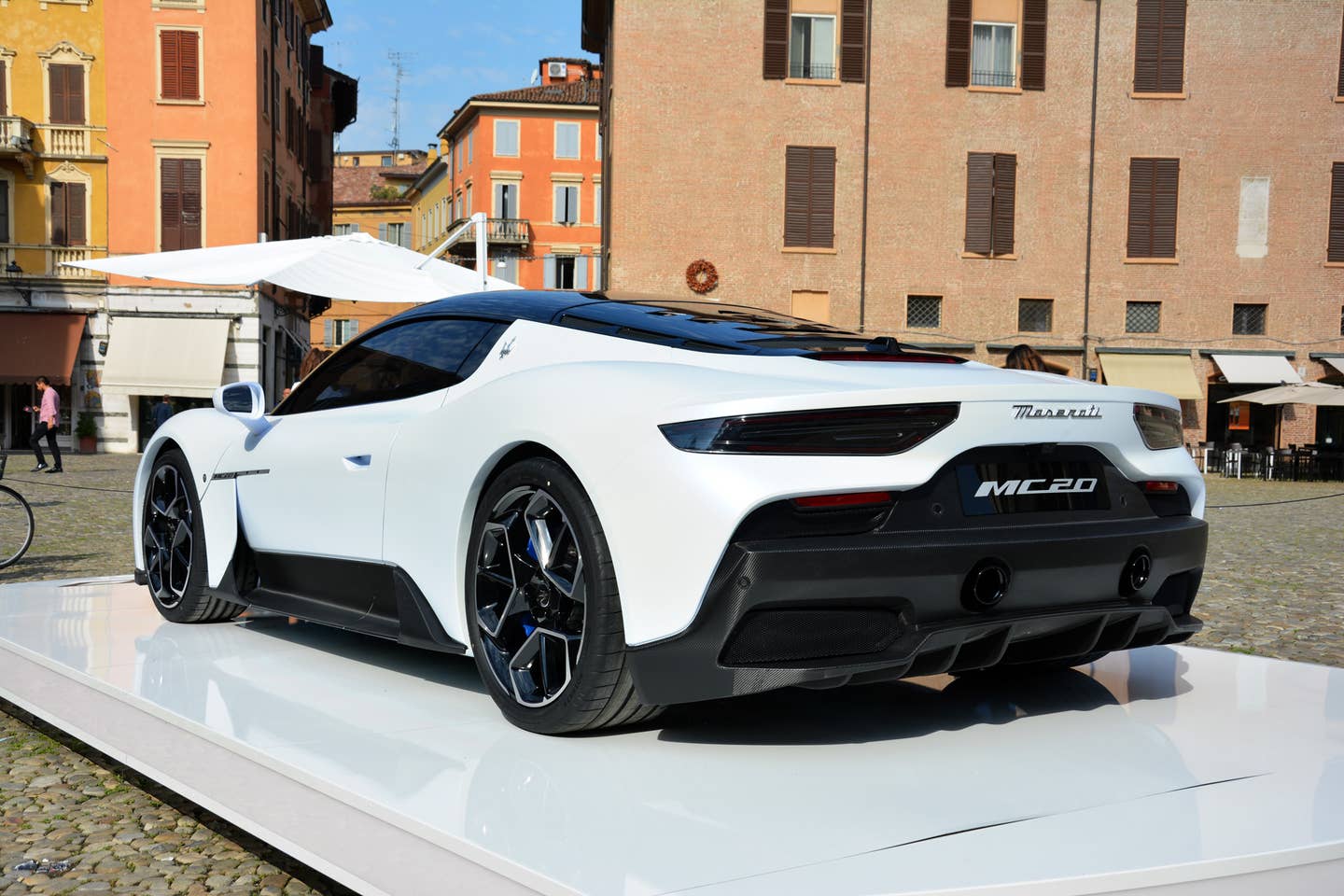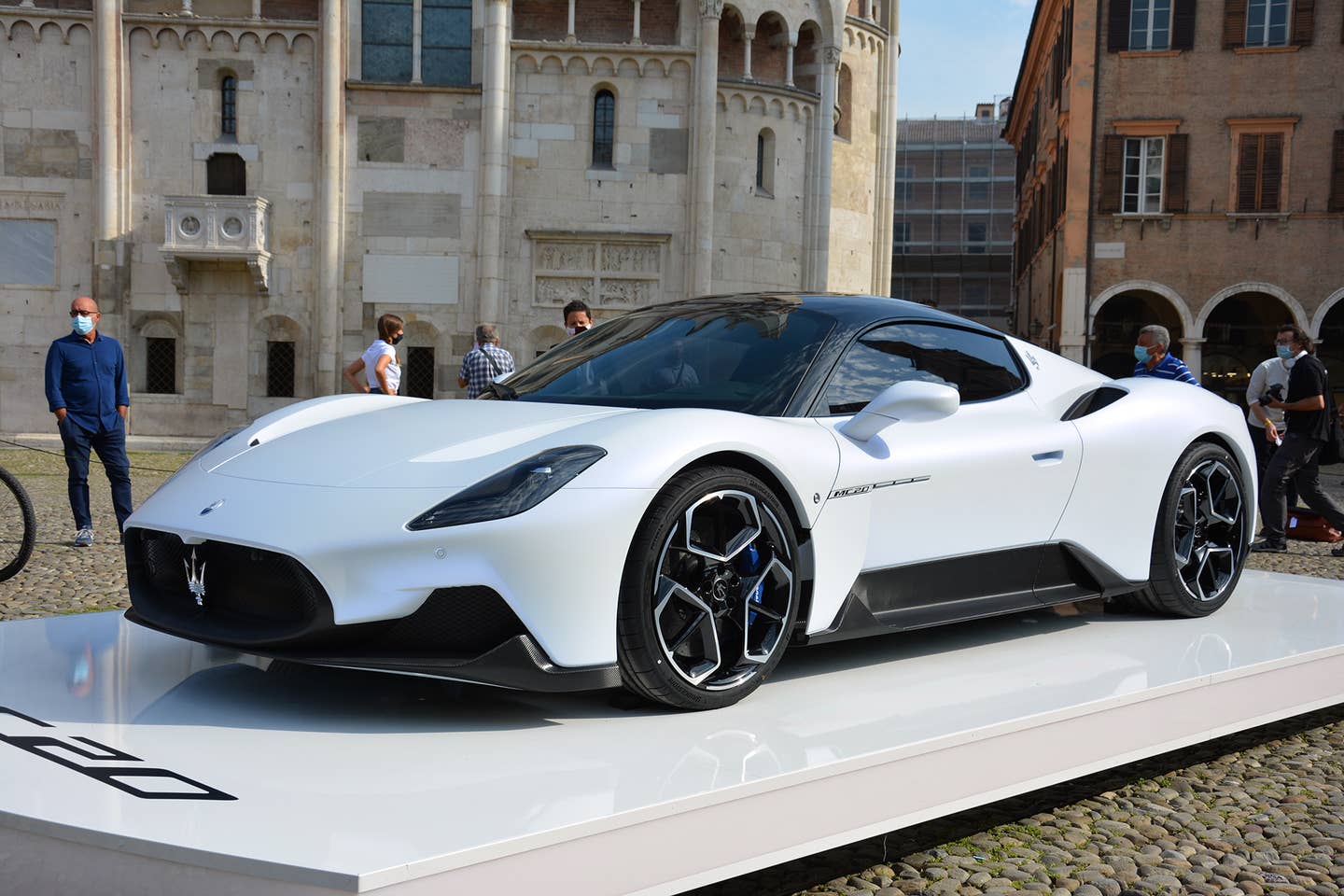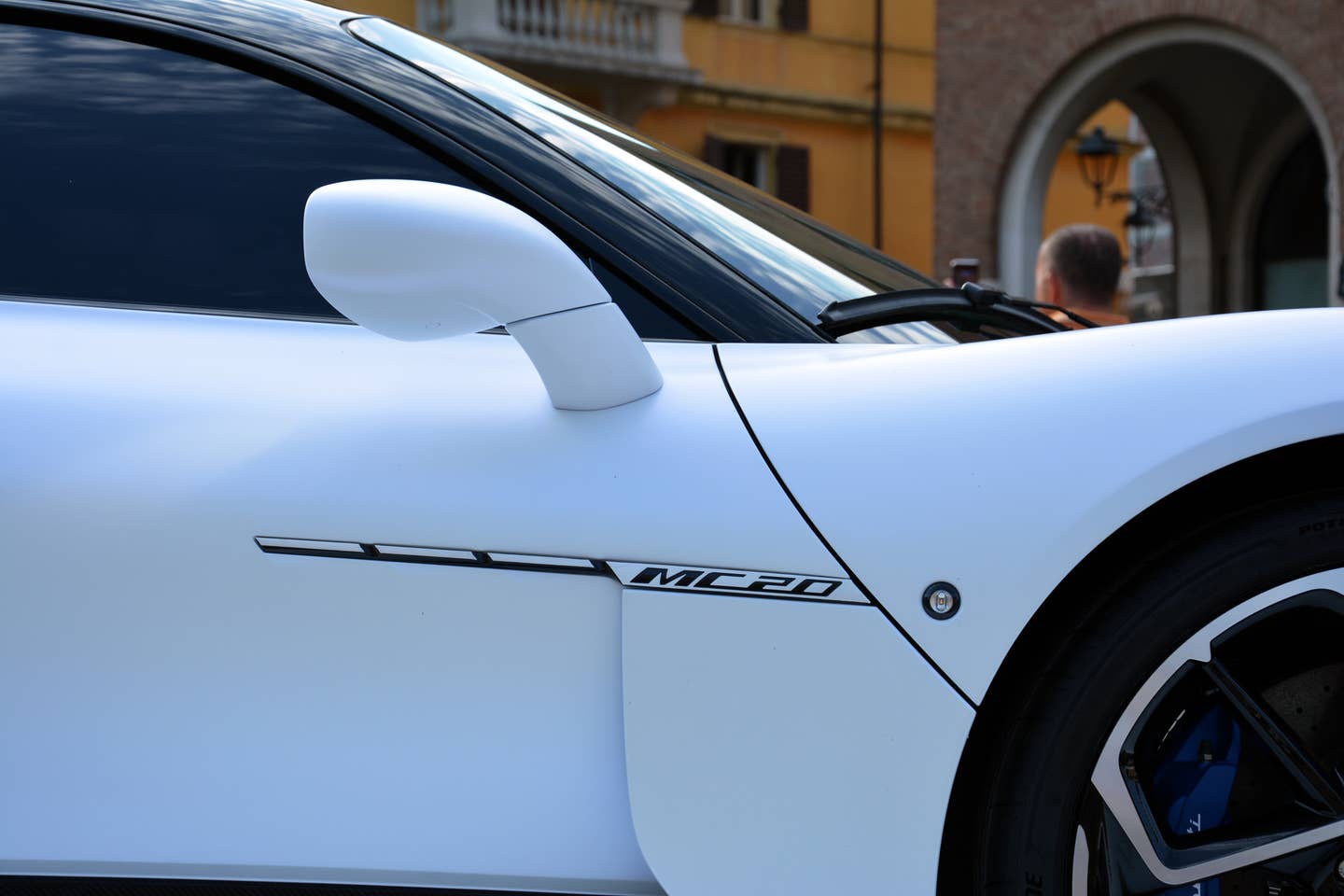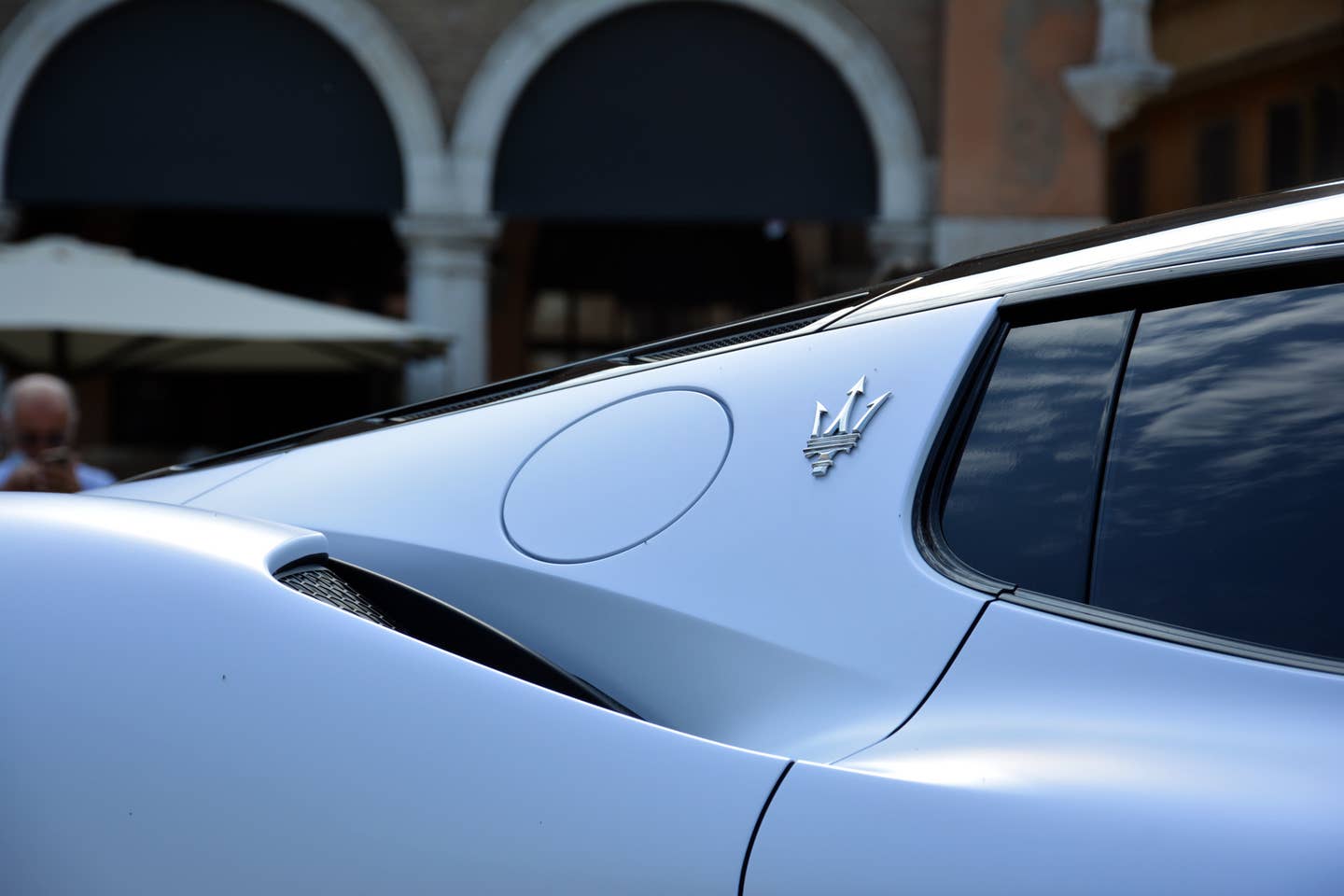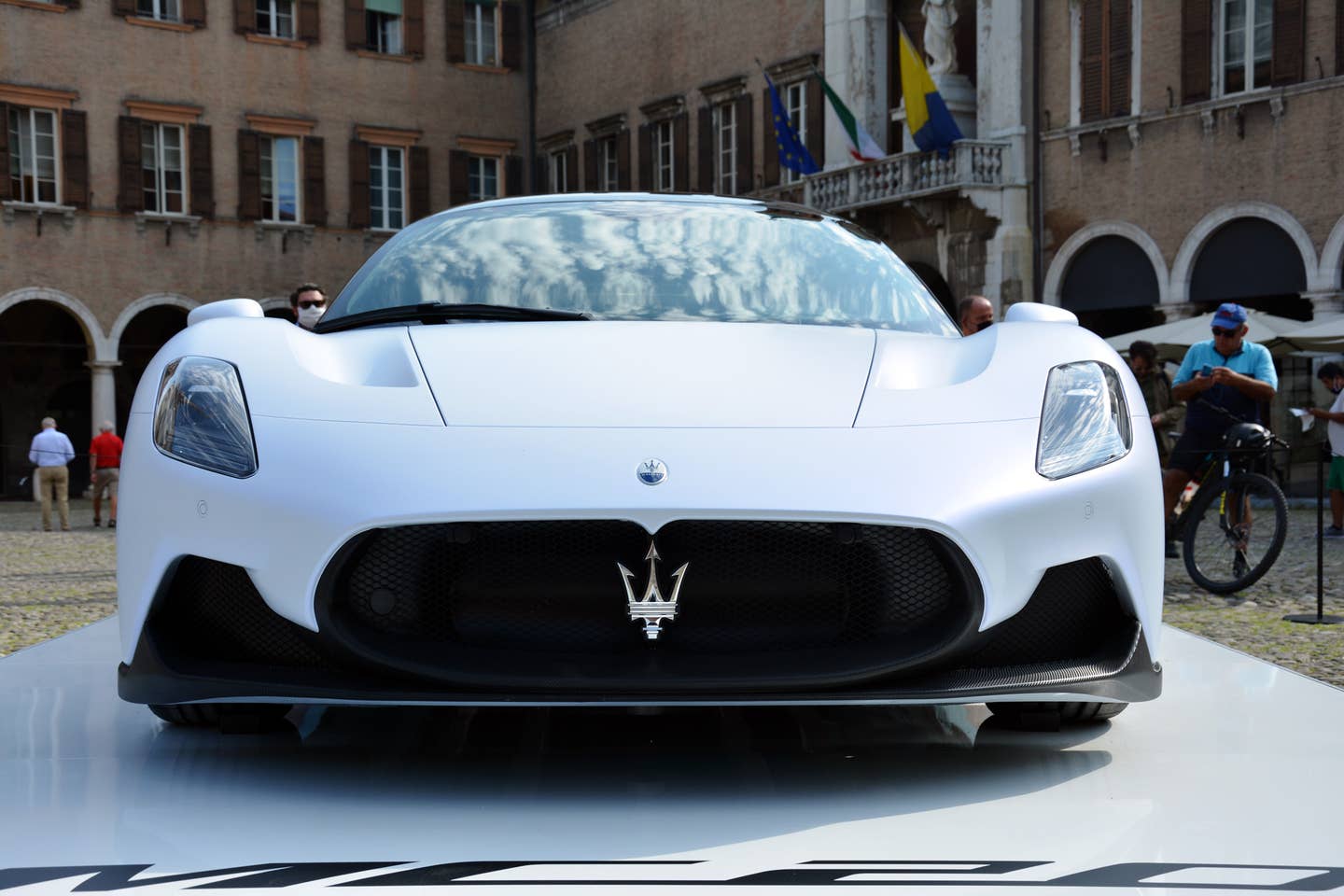At first glance, the Maserati MC20 presents itself as an extraordinary supercar. Featuring a brand new carbon fiber monocoque, it positions its cutting-edge twin-turbo V6 engine, the Nettuno engine, centrally with 621 horsepower and an outstanding 8,000 rpm redline. Weighing just under 3,306 pounds, it achieves speeds of up to 202 mph. Additionally, Maserati plans to introduce both a convertible version and a fully electric variant. However, merely listing these specifications fails to acknowledge the tremendous effort undertaken by Maserati’s team to develop the brand’s inaugural supercar sensation since the 2004 MC12.
According to the automaker, the inception of the MC20 program dates back to January 2019, hinting at an extraordinarily expedited development process, particularly if one disregards any potential connection between the MC20 and Alfa Romeo’s shelved 8C supercar.
In less than six months, Maserati’s team successfully engineered its first genuine engine, which underwent testing by May. The Maserati Engine Lab has the capacity to assess engines up to 1,000 hp and speeds nearing 186 miles before transitioning to on-track evaluations. Certification procedures may span up to 200 hours, with each market necessitating five to six distinct tests for compliance. This rigorous testing regimen extends to all new engines vying for global homologation, not exclusive to supercars.
Maserati details that the development of an engine typically entails between six months to a year of in-house testing, encompassing an exhaustive 400 to 600 hours on roller beds to verify emission levels and fuel efficiency. Following this meticulous process, Maserati managed to achieve an extraordinary specific output of 207 horsepower per liter from the 3.0-liter twin-turbo V6.
Regarding the aesthetics of the MC20, Maserati remains discreet about the specific design contributions from various parties. Nonetheless, under the guidance of esteemed design chief Klaus Busse of Alfa Romeo, Maserati, Fiat, Abarth, and Lancia, Centro Stile Maserati in Turin sculpted one of the most elegantly streamlined supercar silhouettes on the market, partly due to the MC20’s utilization of ground effects instead of more intrusive external aerodynamic features that could disrupt its sleek contours.
Following the doodling phase, scale models were created, with some constructed using carbon fiber and undergoing extensive testing at the Dallara Wind Tunnel. Maserati utilized more than 2,000 man-hours and conducted over a thousand CFD (Computational Fluid Dynamics) simulations before finalizing the design in clay.
Maserati
Maserati
While the composite frame experts at Dallara discovered how to provide Maserati with a lightweight monocoque that can be customized for the convertible and the upcoming all-electric MC20s, the design team created the life-size clay model the entire team had been anticipating.
When unveiling the GMA T.50, Gordon Murray disclosed that the McLaren F1’s rear lacked some curves because they were unable to accurately perceive the highlights in clay. In the digital era, this problem has been solved through 3D modeling. Nonetheless, sculpting clay remains as tangible as ever, with the process heavily relying on the skills of the delicate and precise artists. Forget about commonplace compact crossovers: a brand’s flagship car truly must appear flawless in clay to demonstrate where the investments were made.
Within the carbon-enriched interior, the vehicle continues the simple yet classy and athletic concept. Equipped with all the Formula 1 engine technology of the MC20, designers cleverly opted to remove the iconic Maserati analog clock.
While the designers at FCA deliberated on various hues like yellow, red, blue, black, and grey to complement the MC20’s flagship color of elegant white, the majority of the development took place within Maserati’s Innovation Lab. Surprisingly, about 90 percent of the tasks could be completed behind the closed doors of the Innovation Lab, resulting in a significantly quicker and more cost-effective car development process.
The current facilities at Maserati’s lab were originally designed for creating Alfa Romeo’s rear-wheel-drive Giorgio platform, the foundation for models like the Giulia and Stelvio. Following a decision by FCA to restructure the entire Modena plant to prepare the Trident vehicles for market competition, the space was repurposed for Maserati’s use.
The potent combination of Dallara’s carbon monocoque chassis and Maserati’s robust V6 engine is what defines the MC20 as a true supercar. While extensive details are available concerning Maserati’s meticulously crafted combustion engine, such as the fact that each engine requires three workdays for completion.
Conversely, little information has been disclosed about the MC20 EV, except for its scheduled launch next year under the name MC20 Folgore, translating to “lightning” in Italian. The EV model is set to utilize three motors operating at 800 volts, with one motor at the front and two at the rear forming the ZF e-axle. These two motors will operate independently without a physical connection, enabling potential unlimited torque vectoring.
Maserati
Last November, I had the opportunity to tour Maserati’s facility on Modena’s Viale Ciro Menotti. At that time, the final GranTurismos with Ferrari engines were undergoing paint checks. Subsequently, Maserati invested significantly in renovating the old factory for its upcoming fully electric product range. Though travel restrictions prevented me from attending the MC20 event, others were luckier.
Observing MC20 Verification Prototype 053 on the production line provides insights into how Maserati constructs its latest supercar around the carbon tub, utilizing the same eight-speed Tremec TR-9080 DCT transmission found in the Corvette C8:
Ronan Glon
Not to mention, the friendly inhabitants of Modena didn’t have to miss out on the excitement. Immediately following the debut of the MC20 yesterday evening, the prototype was taken for a spin to Piazza Grande, which happens to be the central square of the town. Residents had the opportunity to admire Maserati’s newest creation while savoring a delightful espresso.
If you were curious about the person leaning on the MC20 in the top image, let me introduce you to Federico Landini, the individual in charge of Maserati’s “Executive Sport Vehicle” range. His expression suggests satisfaction with their latest project.
Ronan Glon
Enormous gratitude to Ronan Glon! Have a suggestion? Drop us a message: tips@thedrive.com
